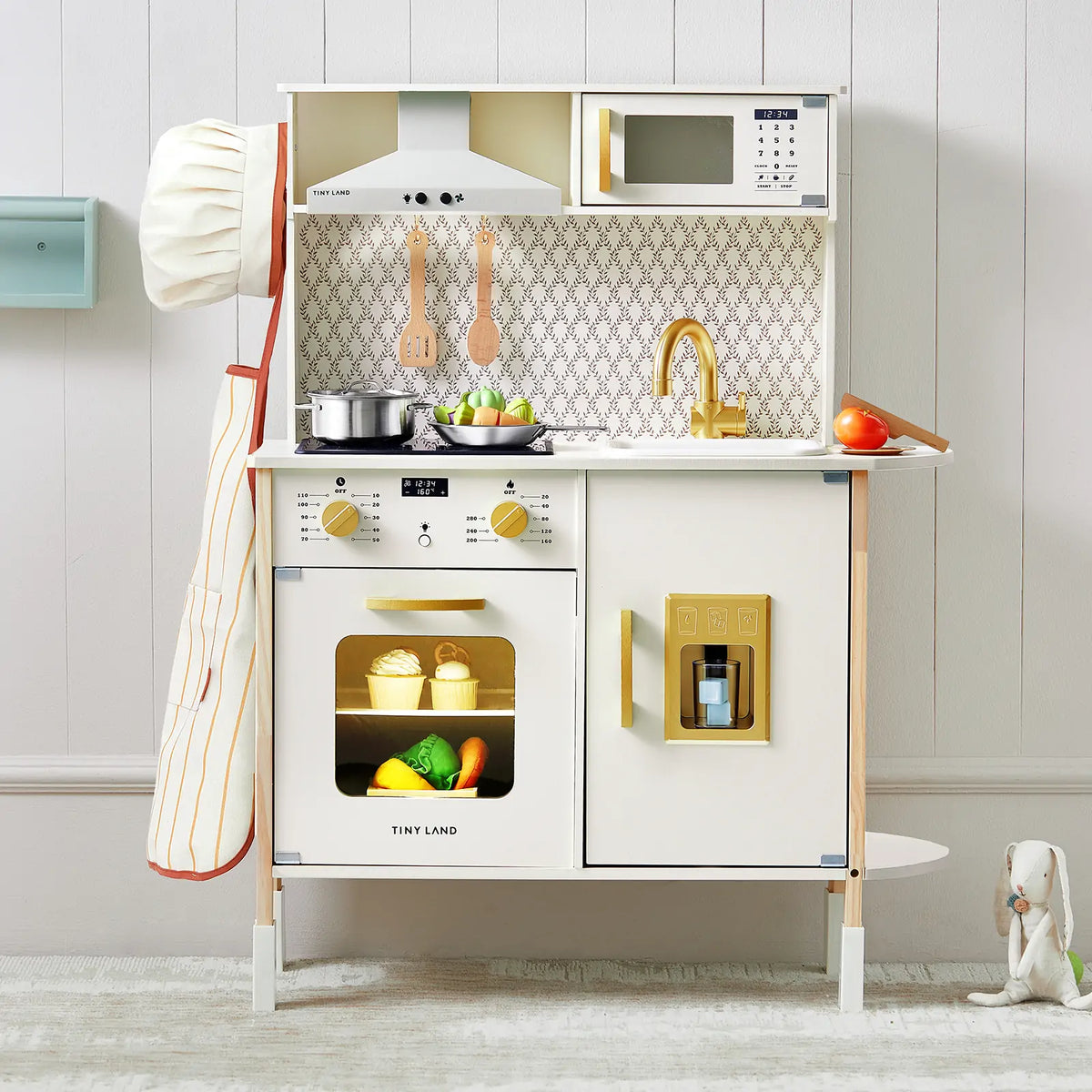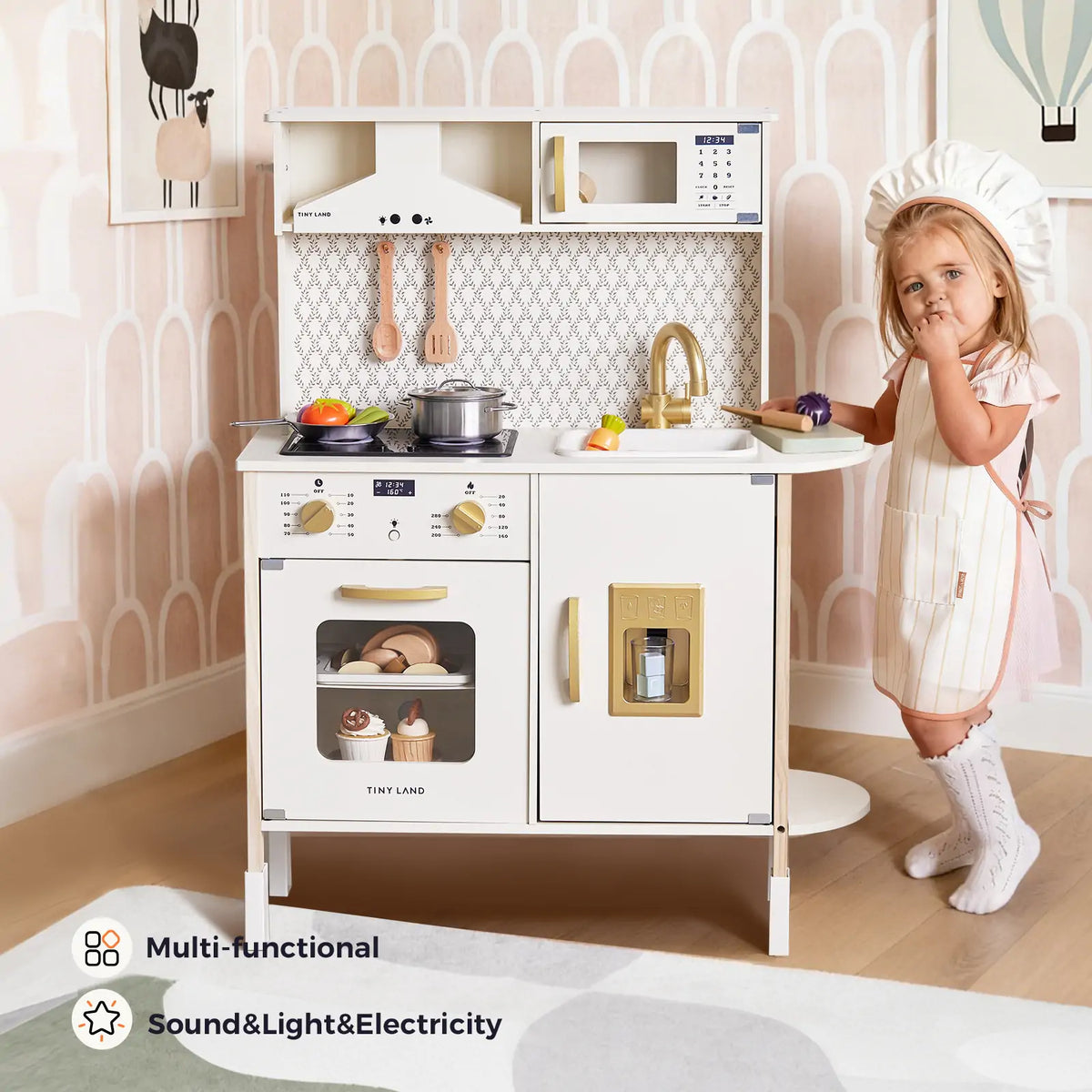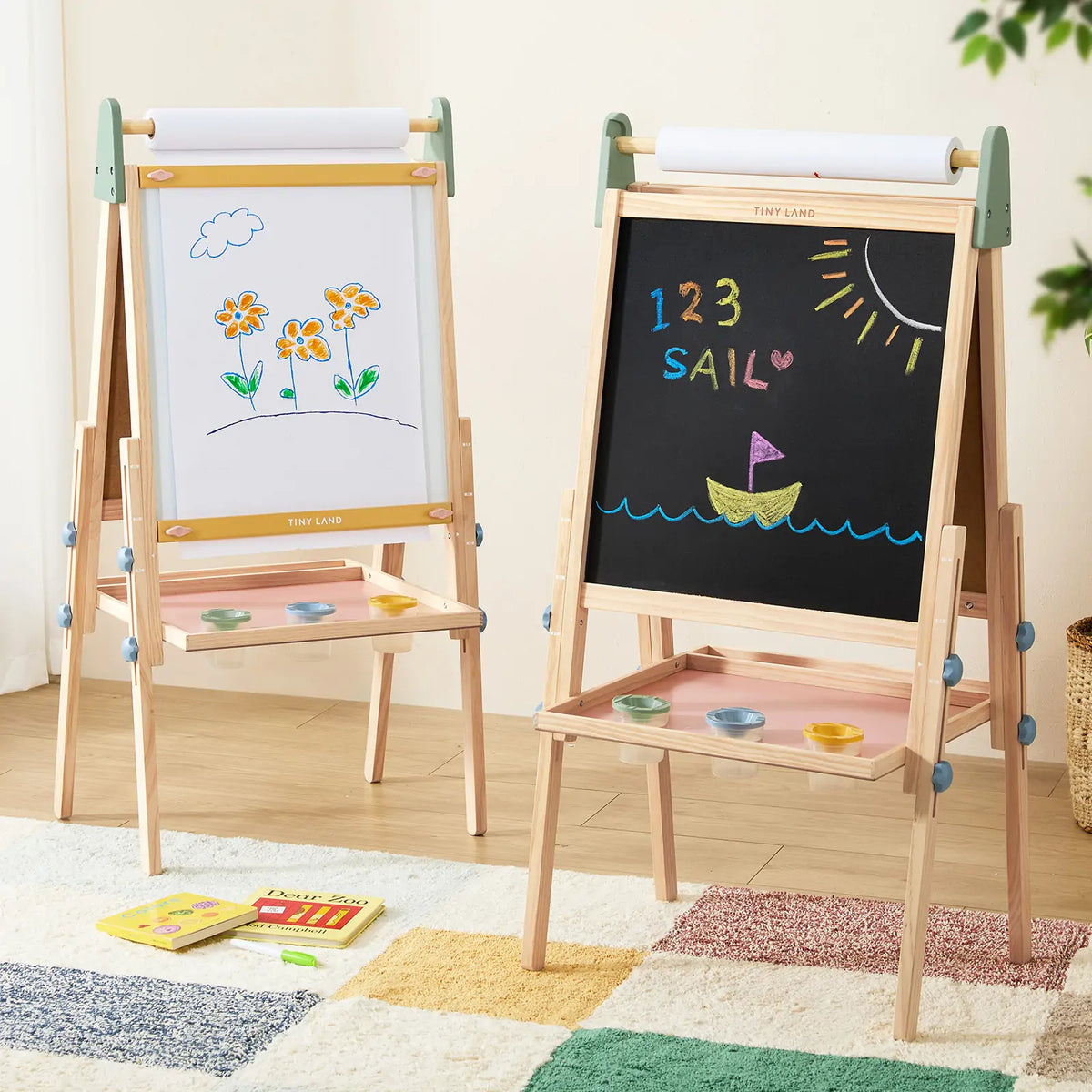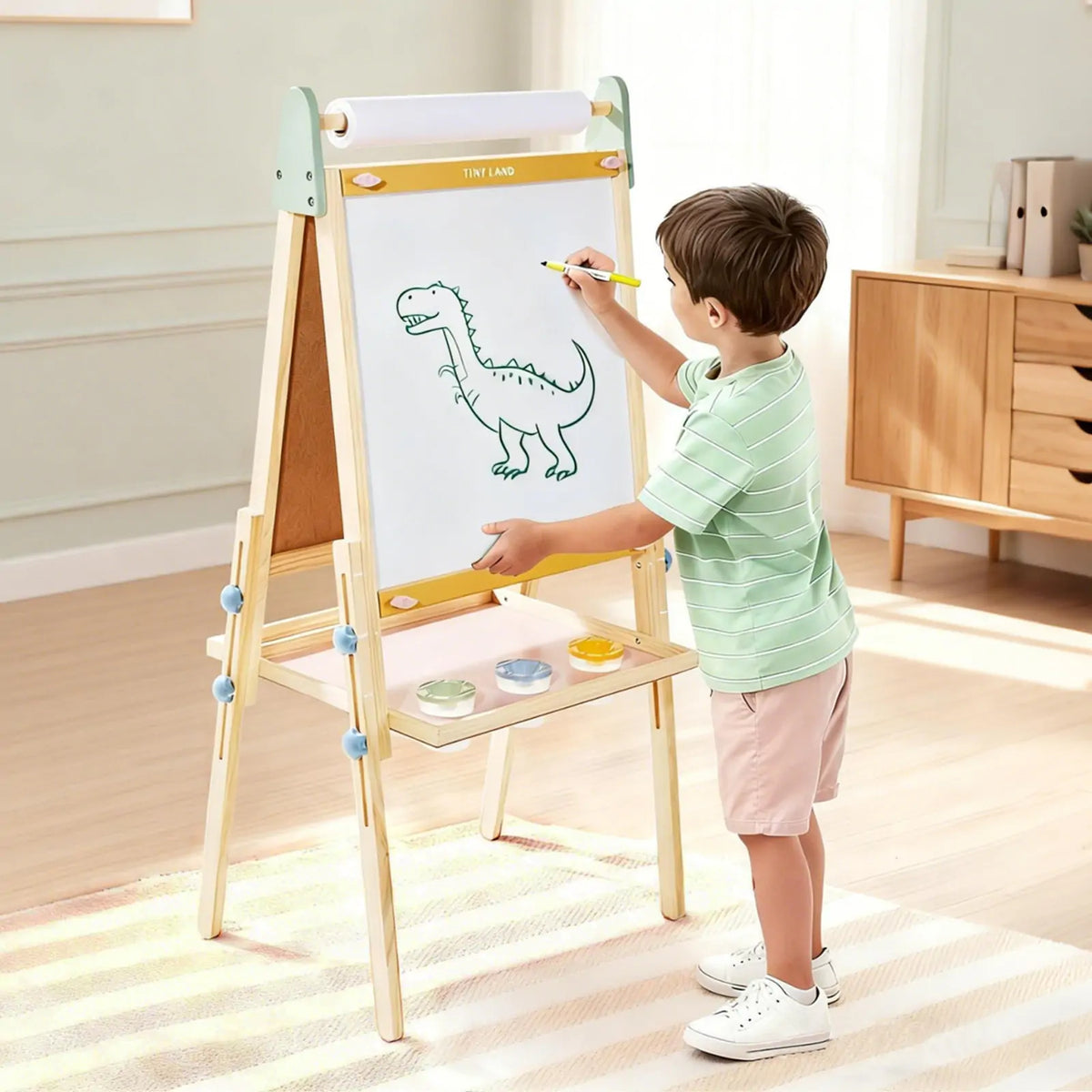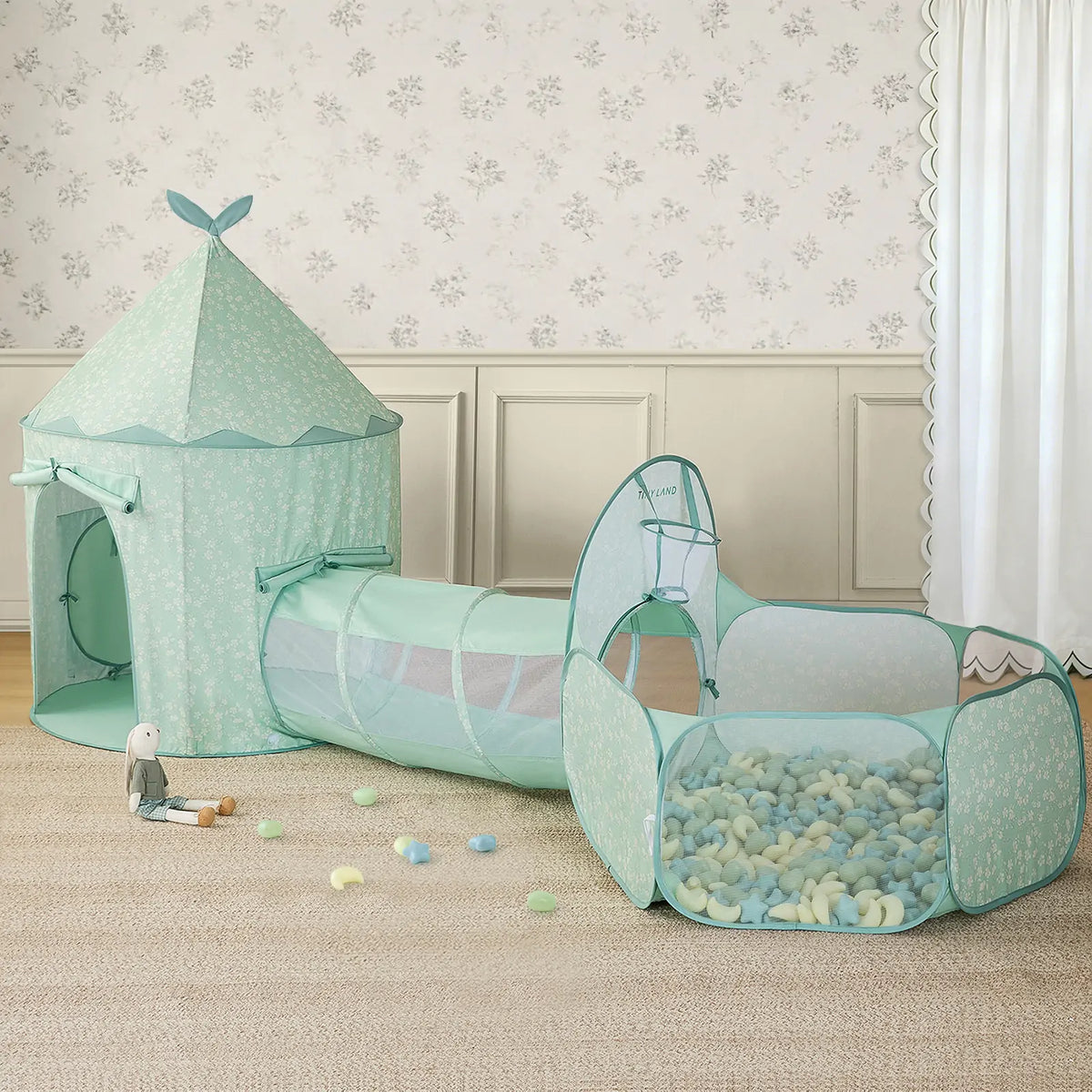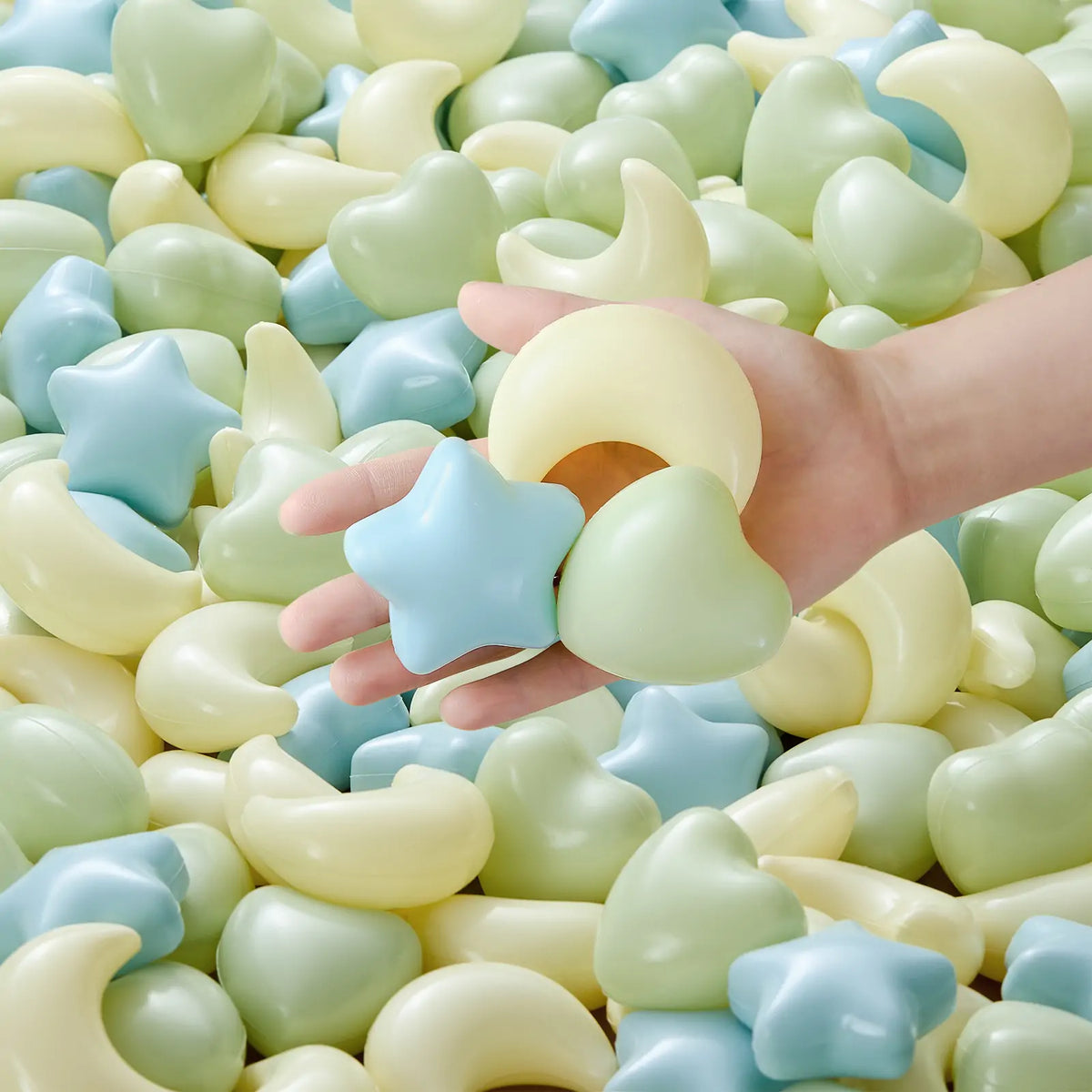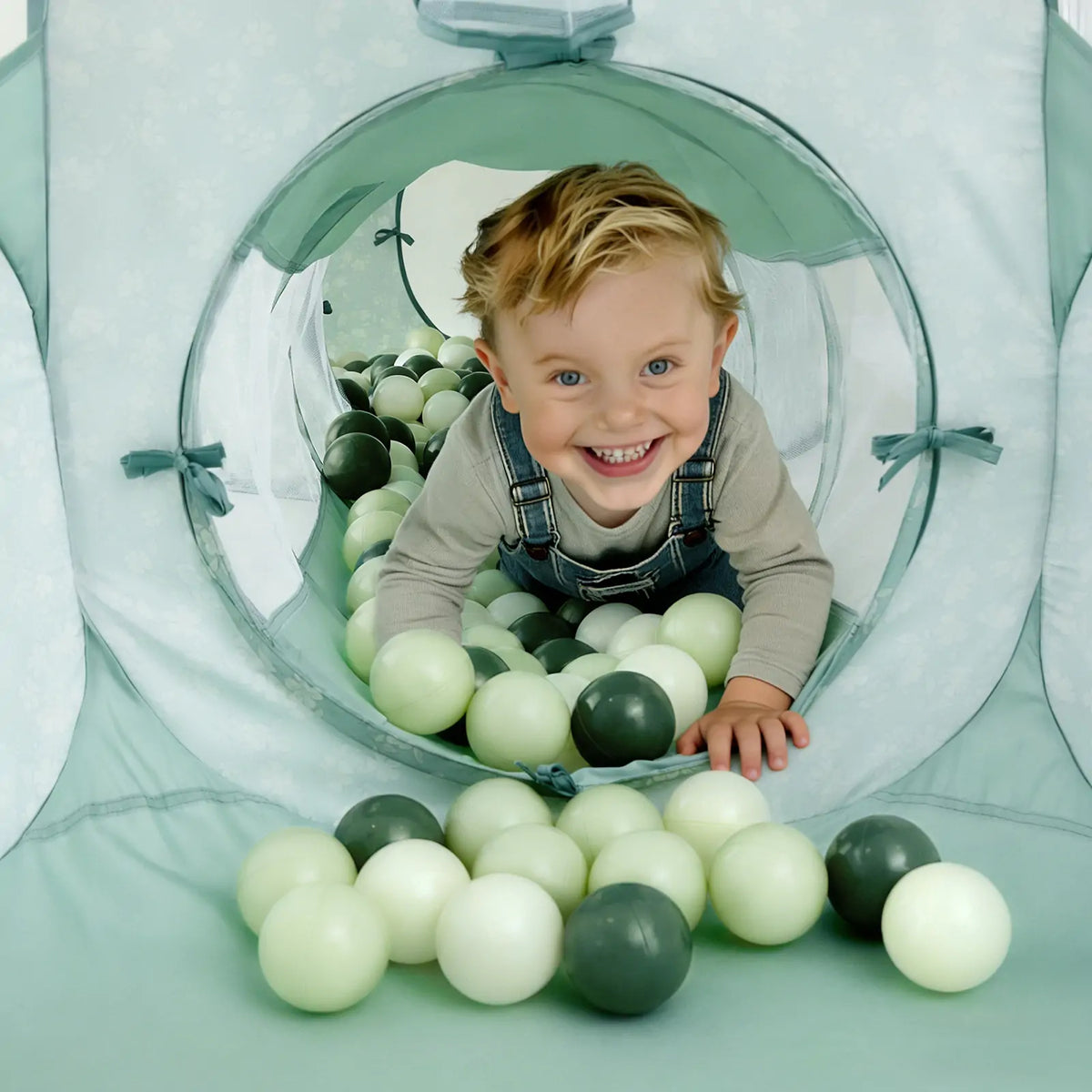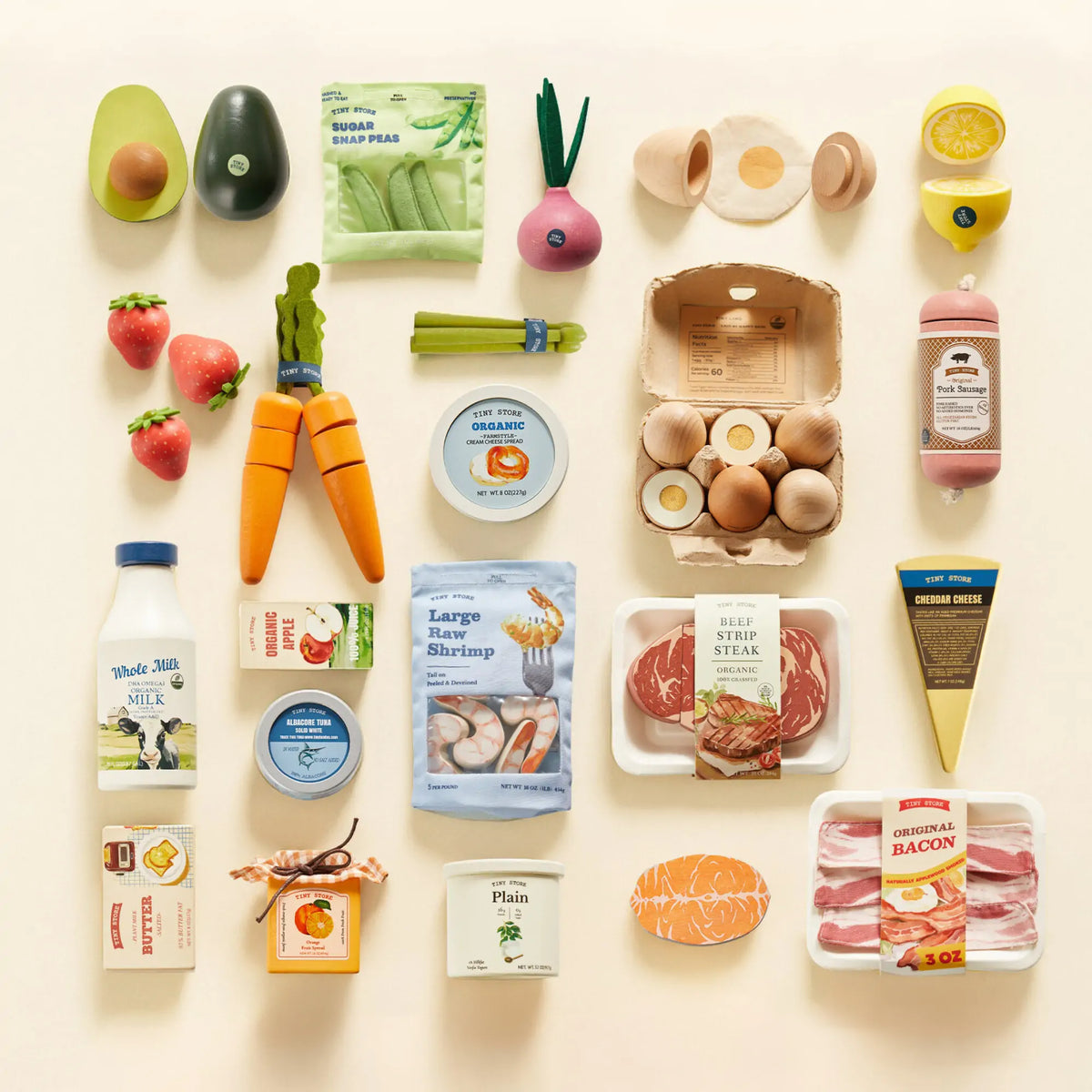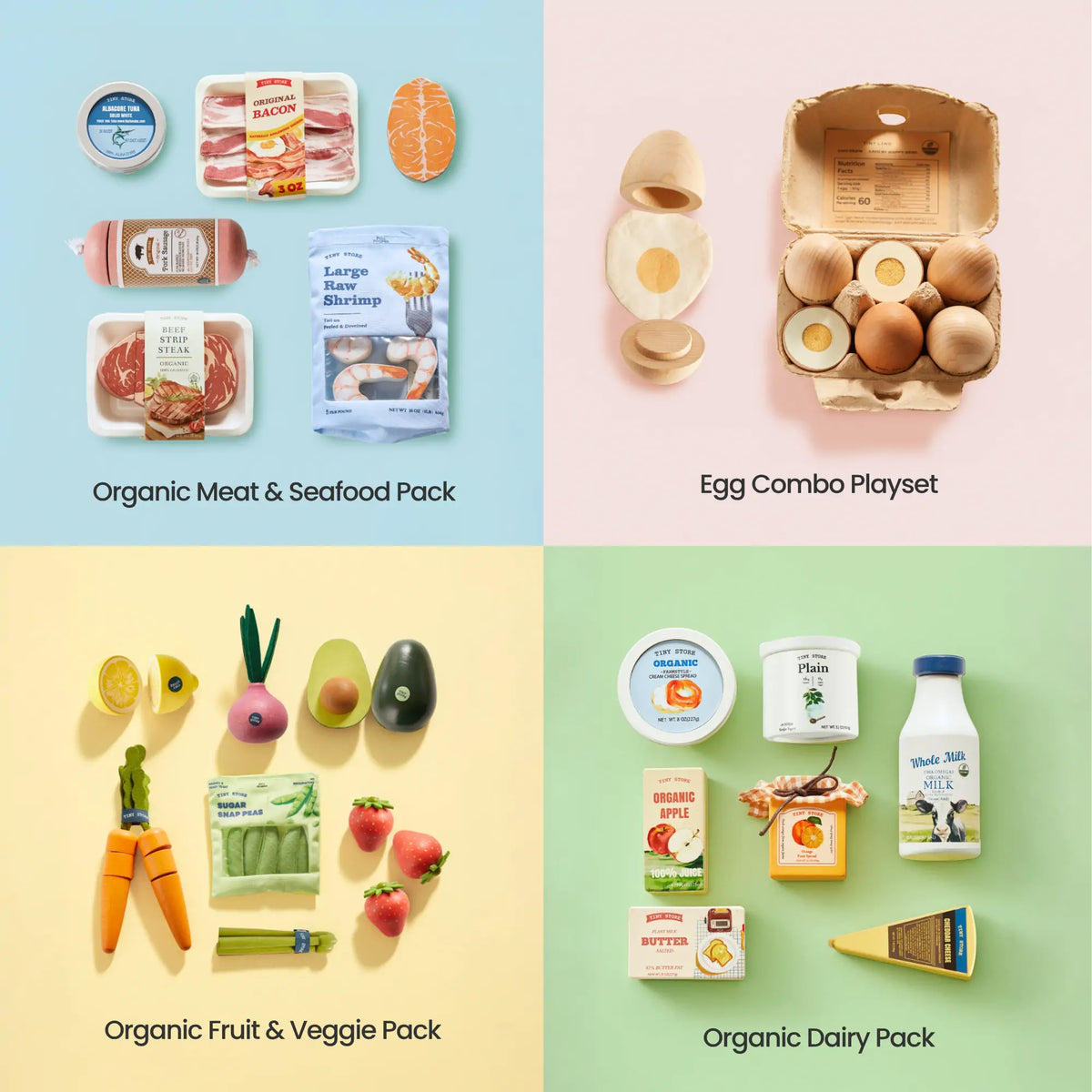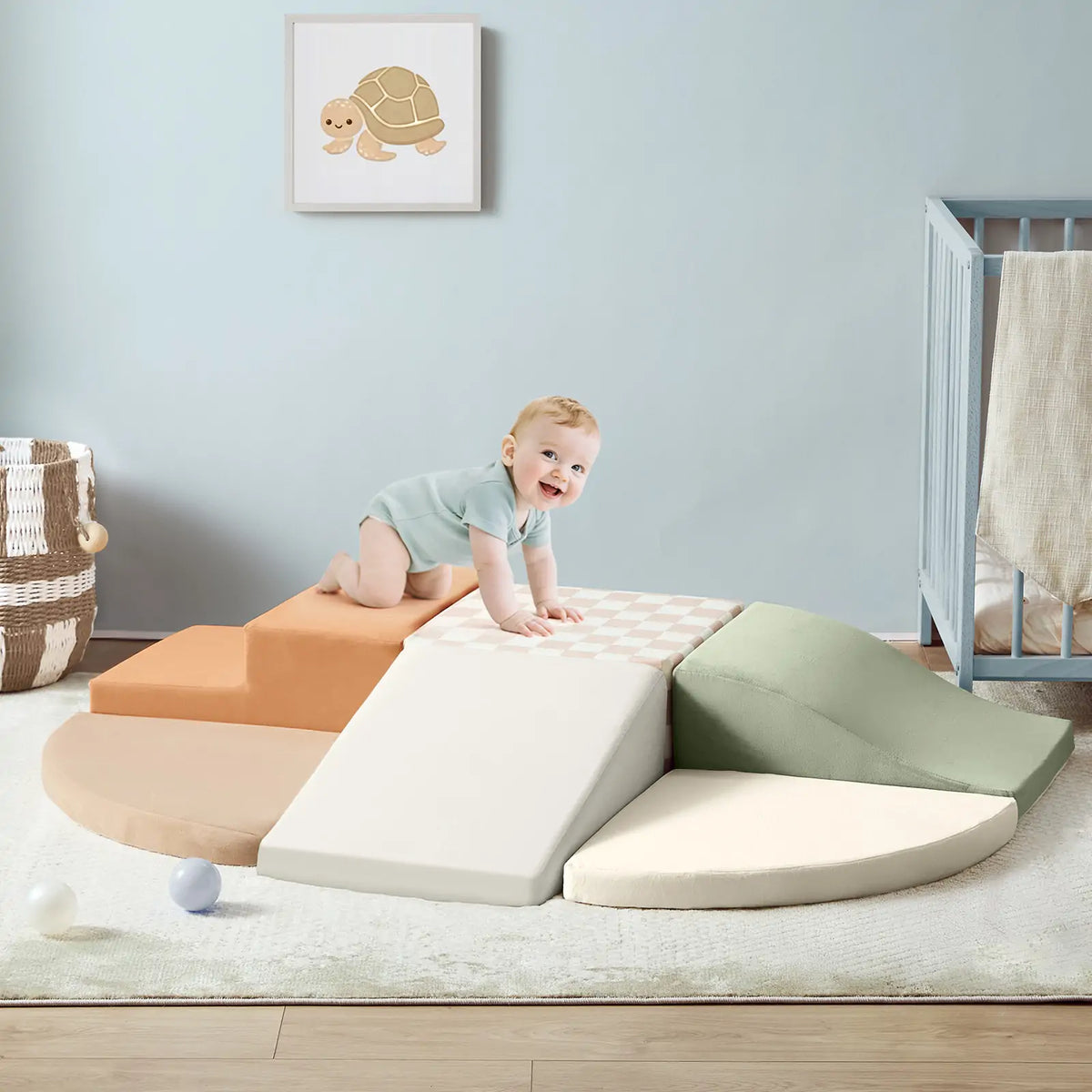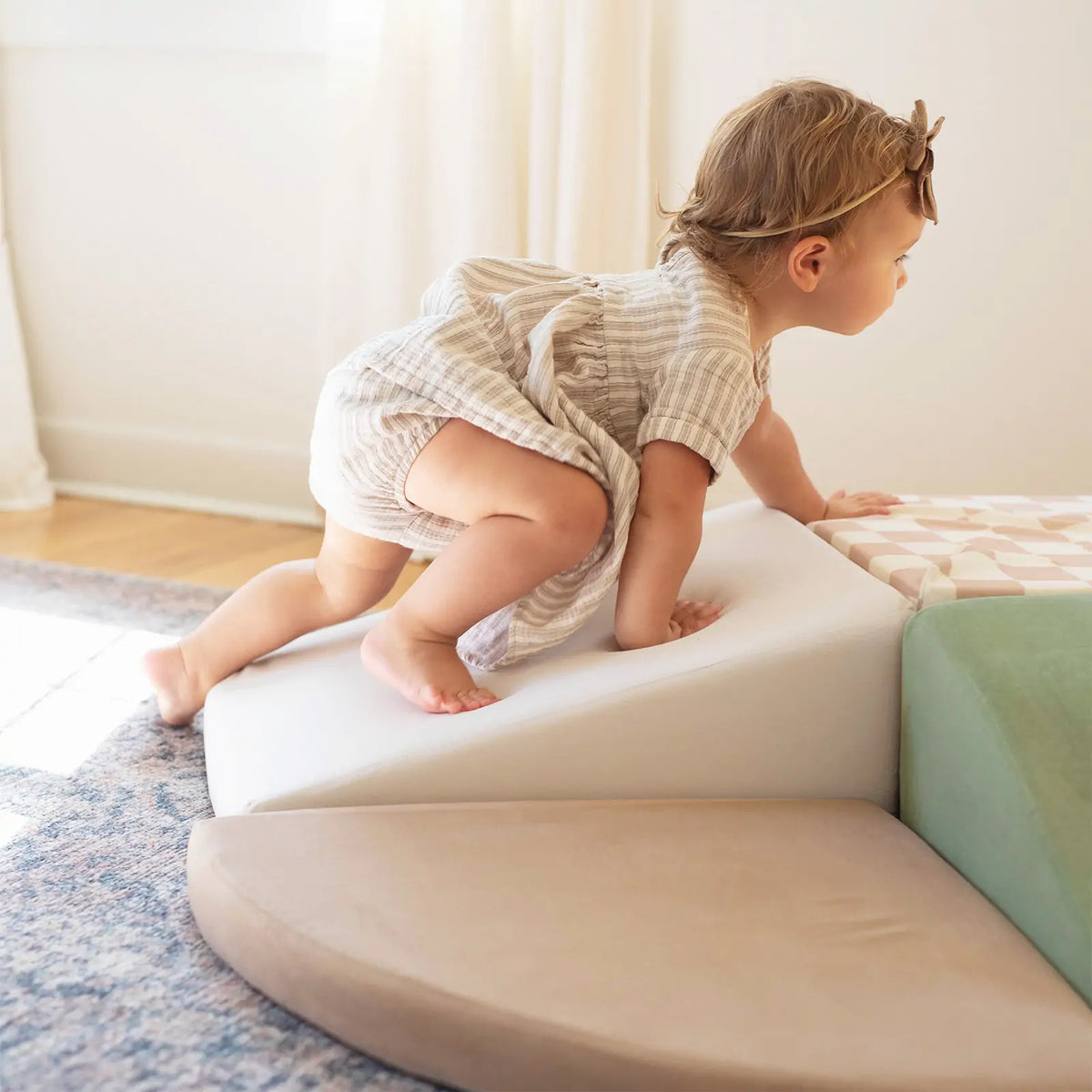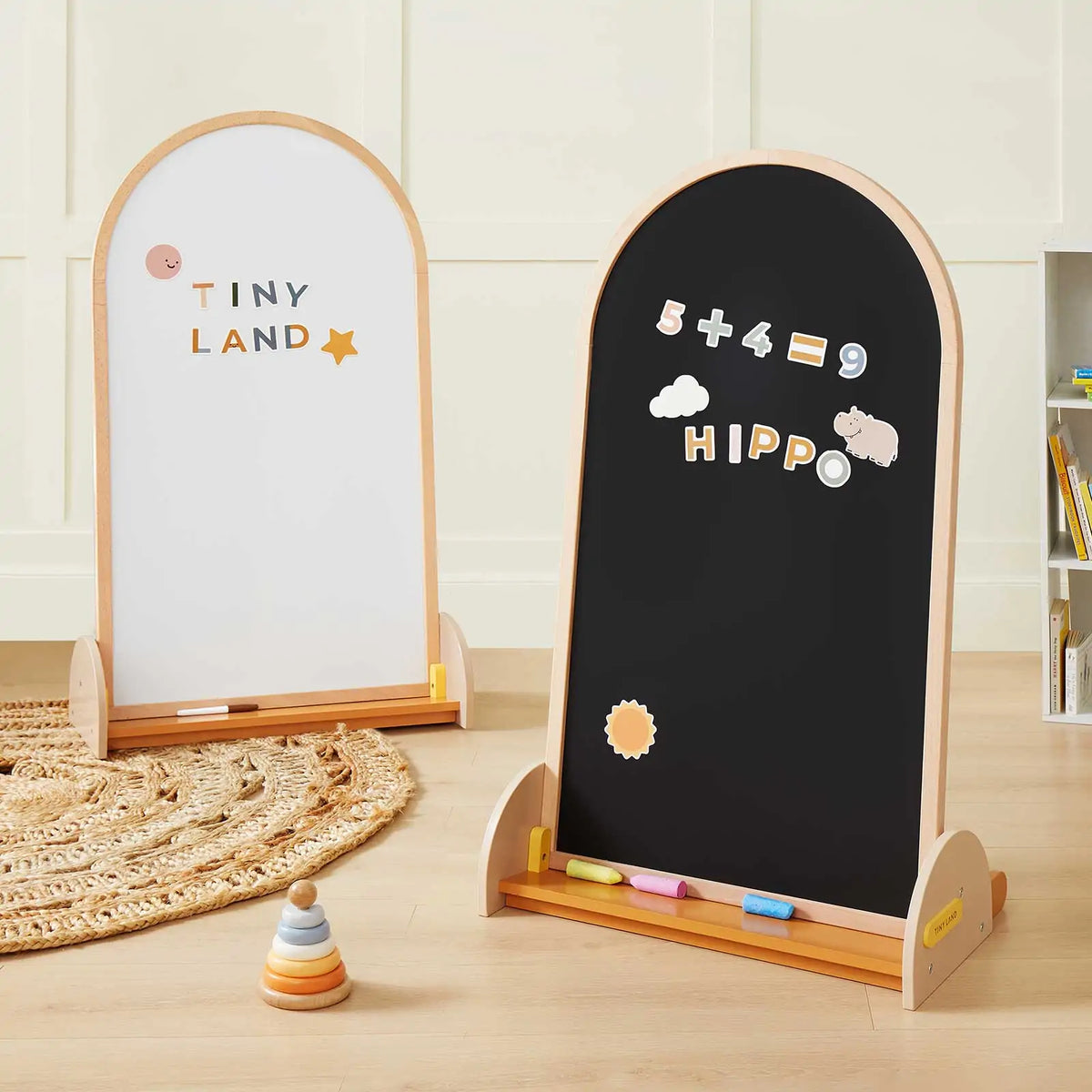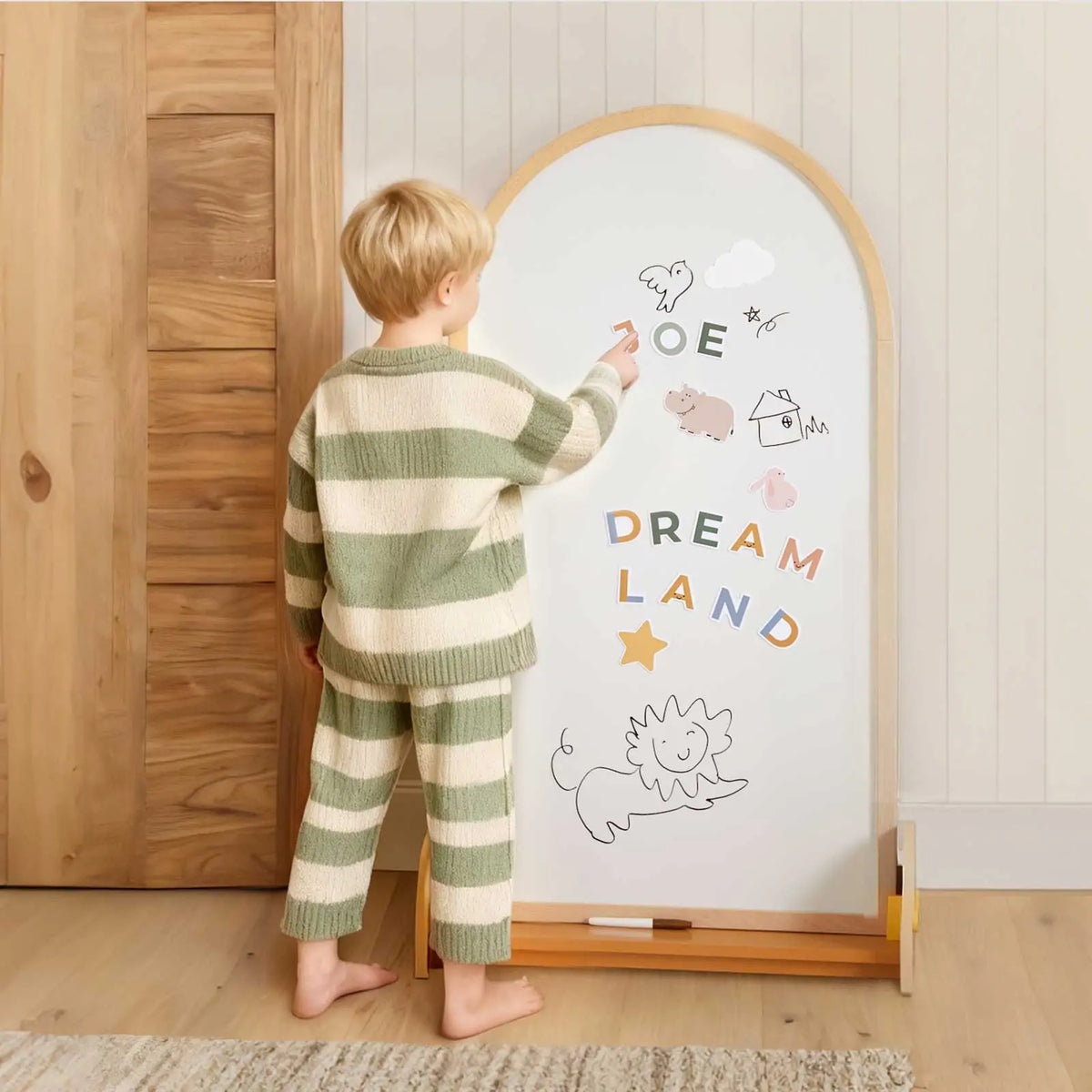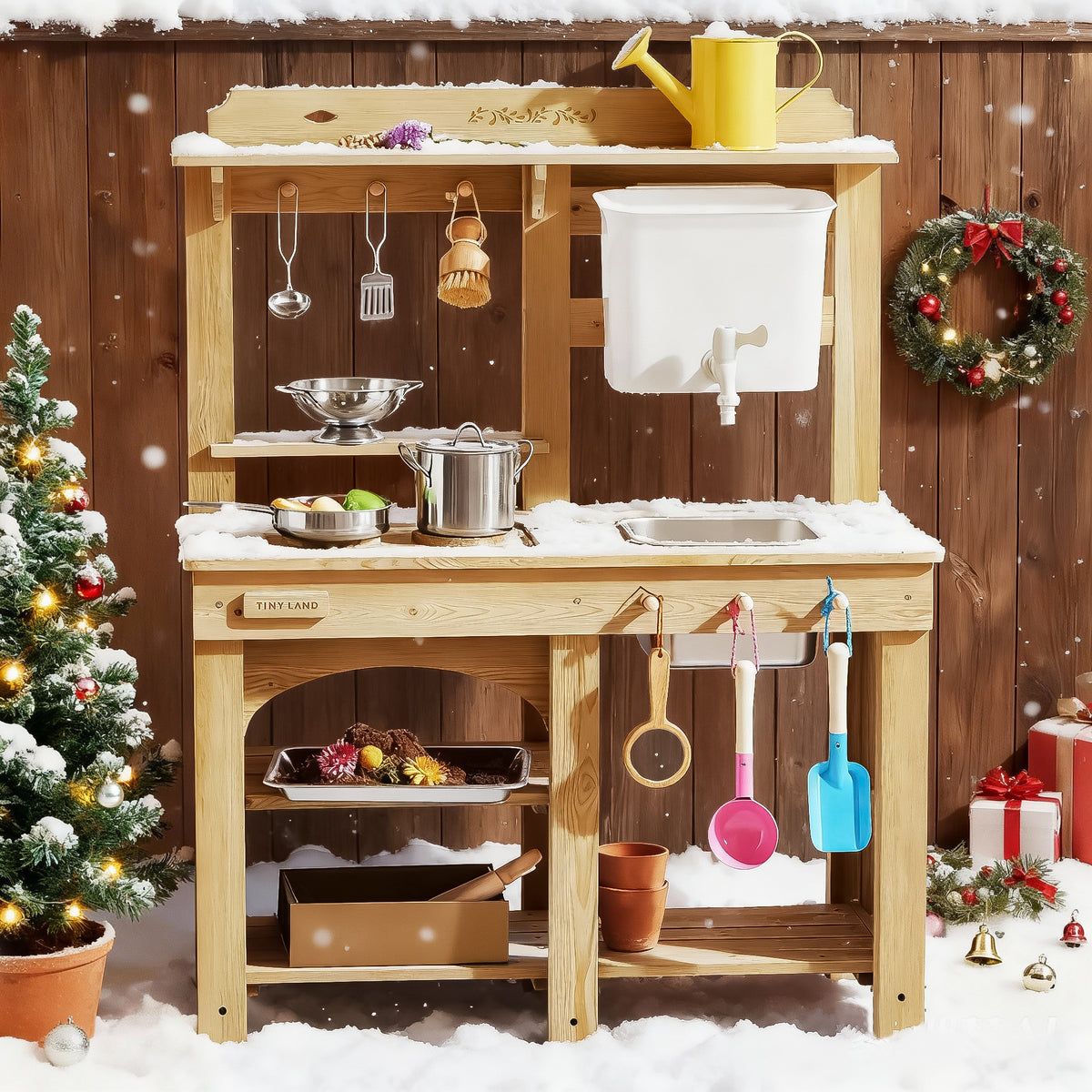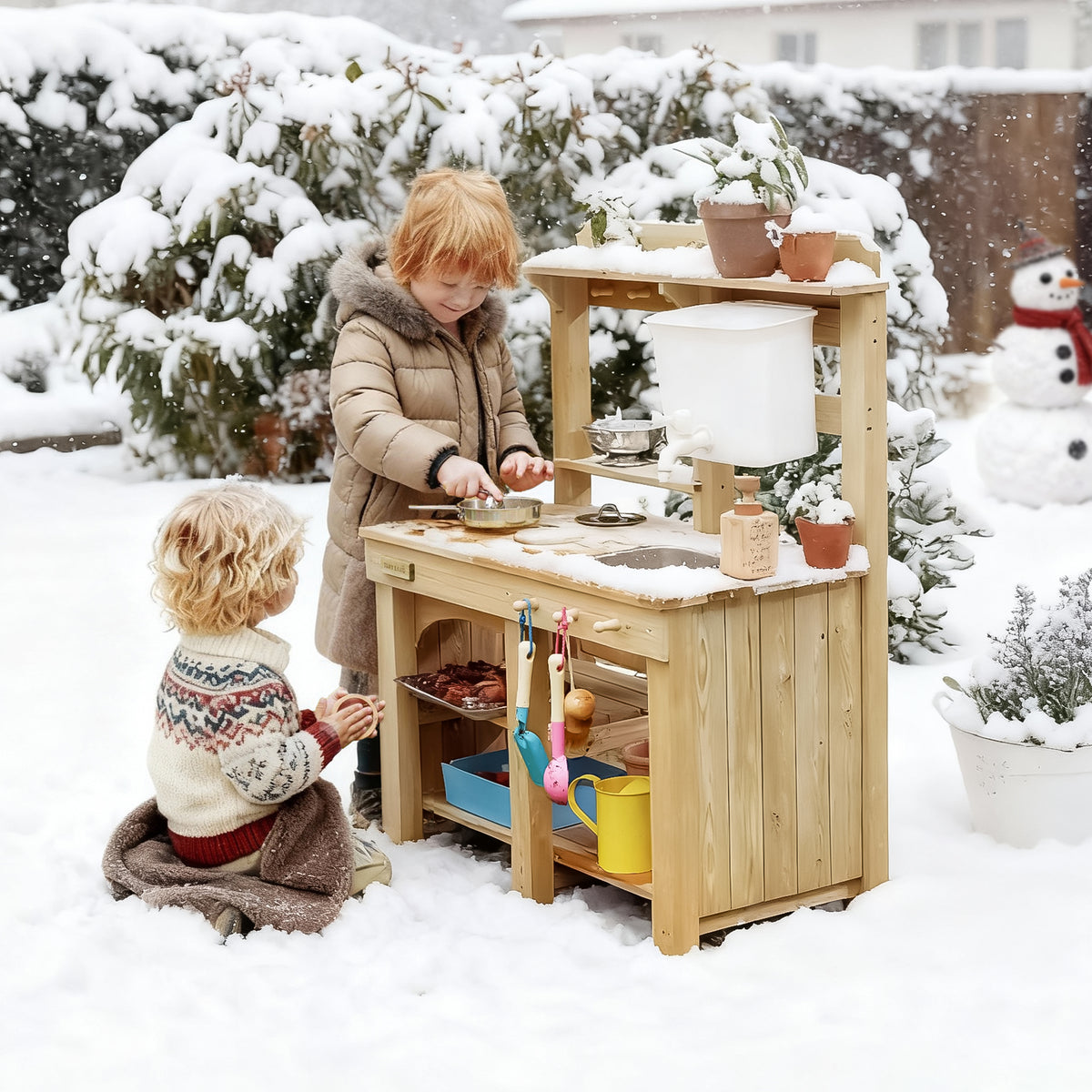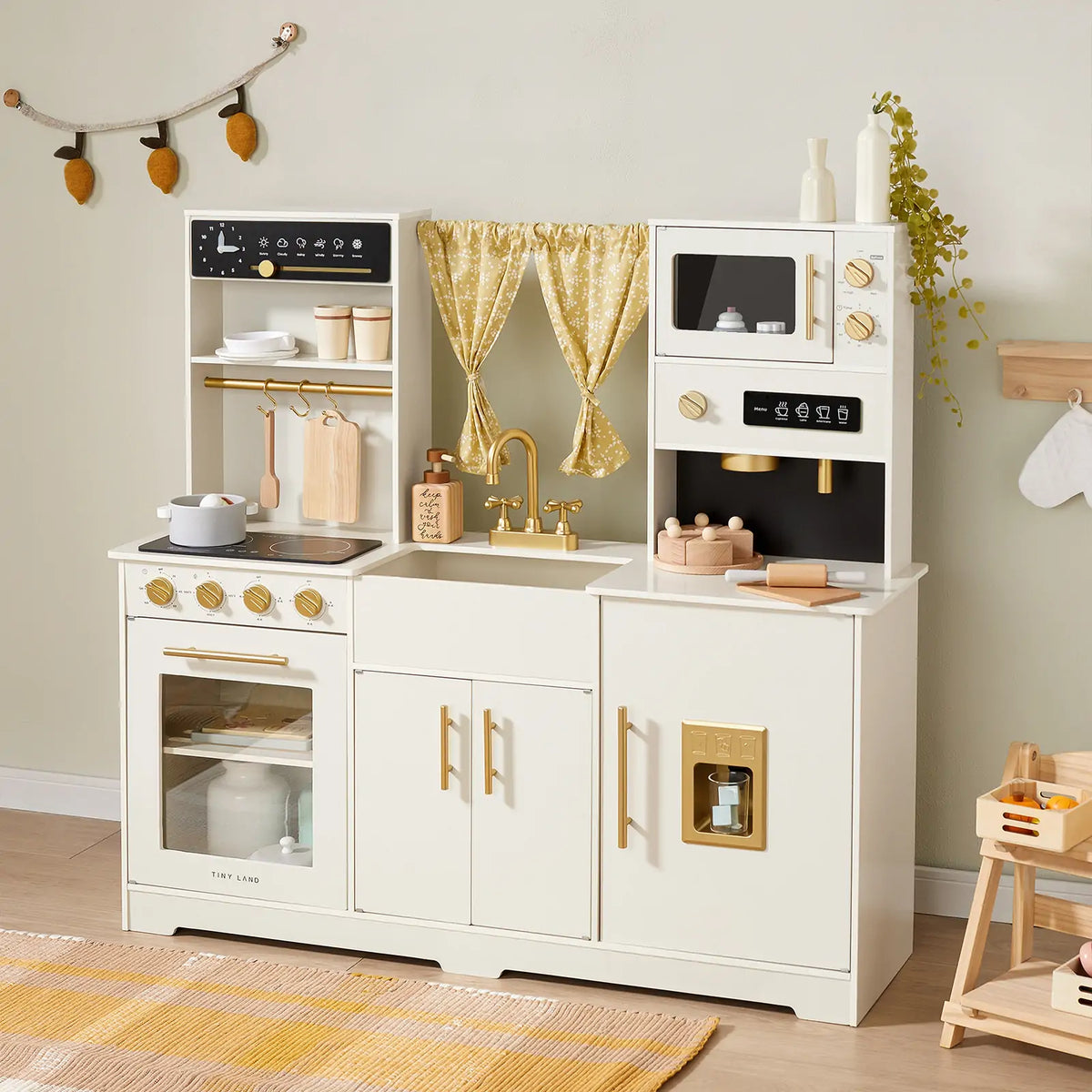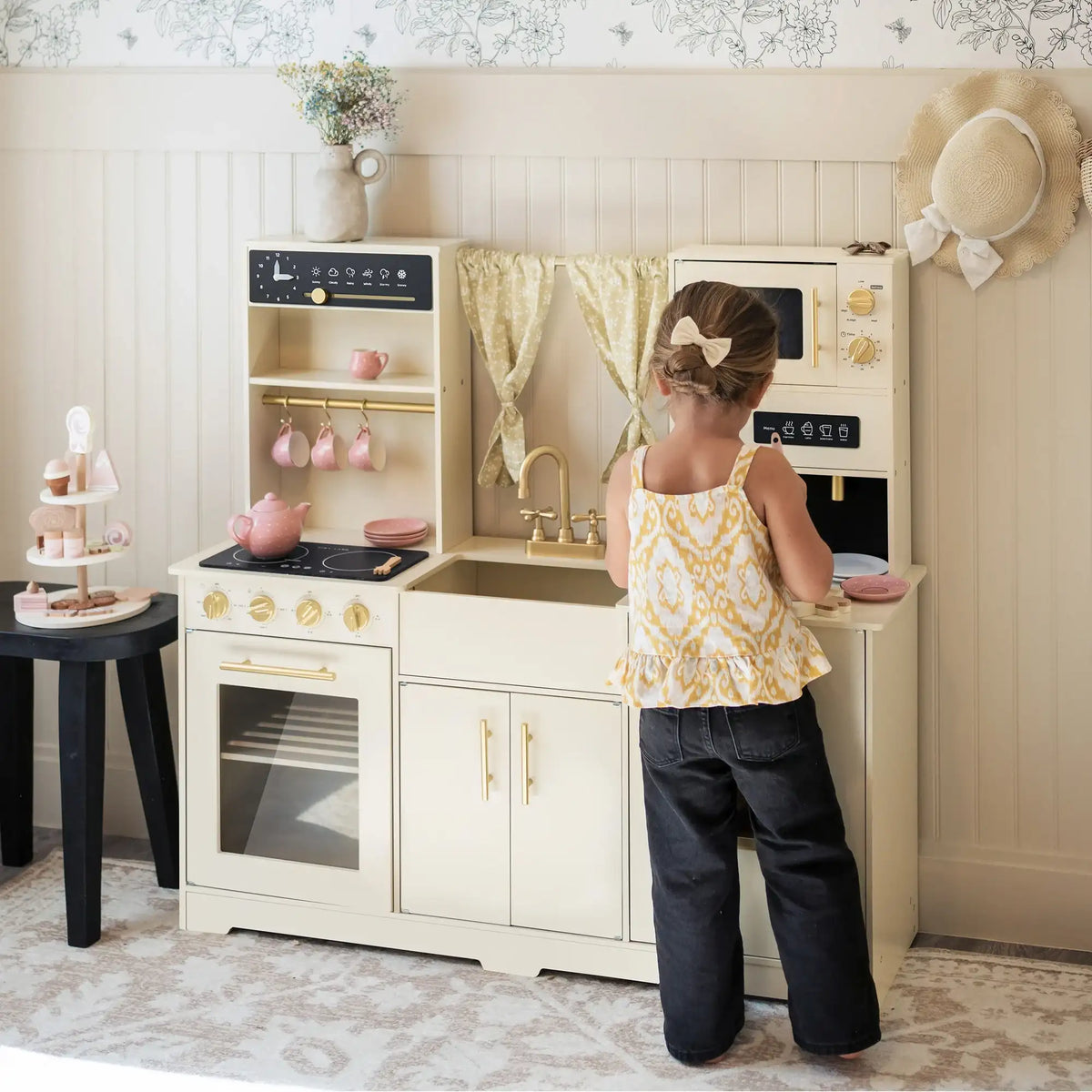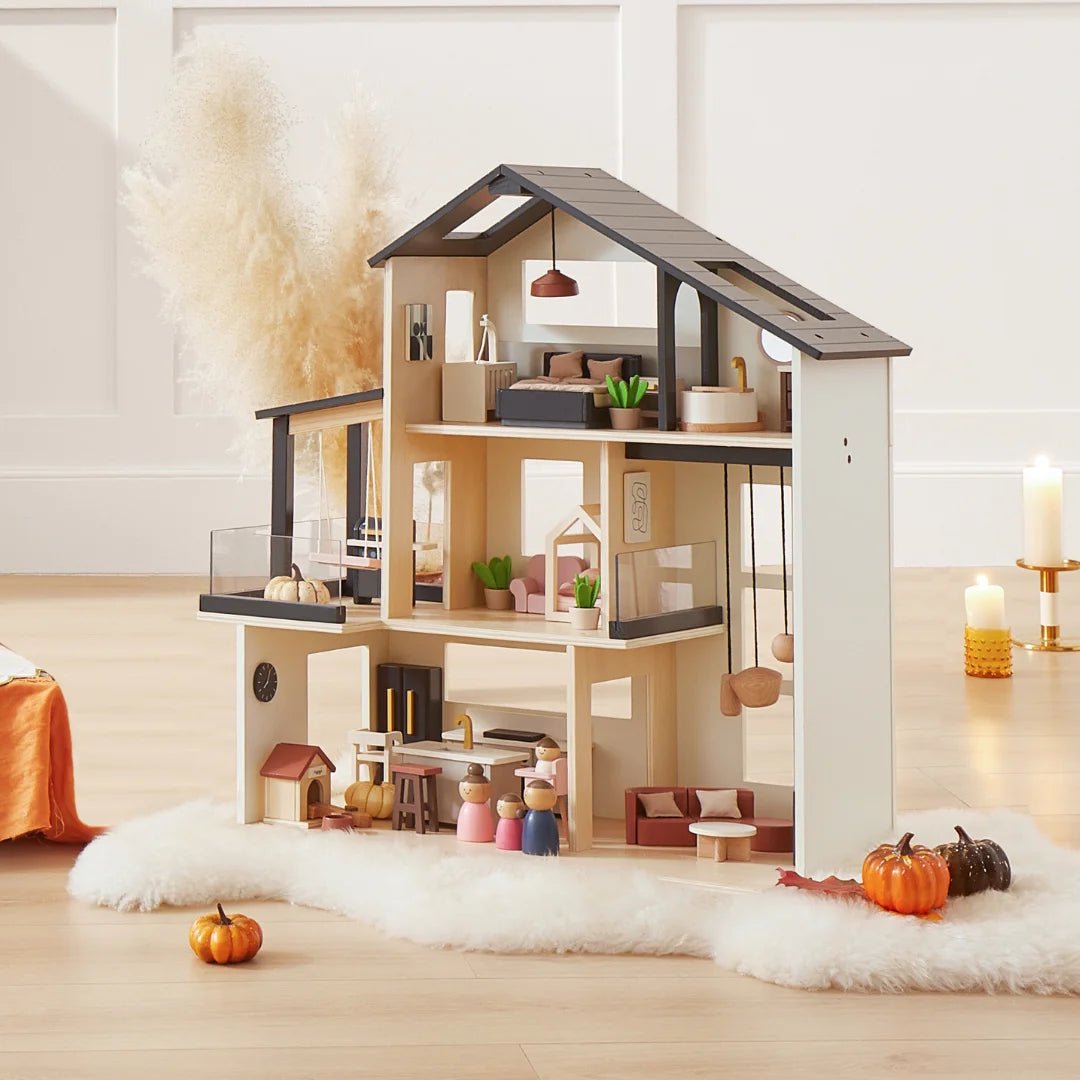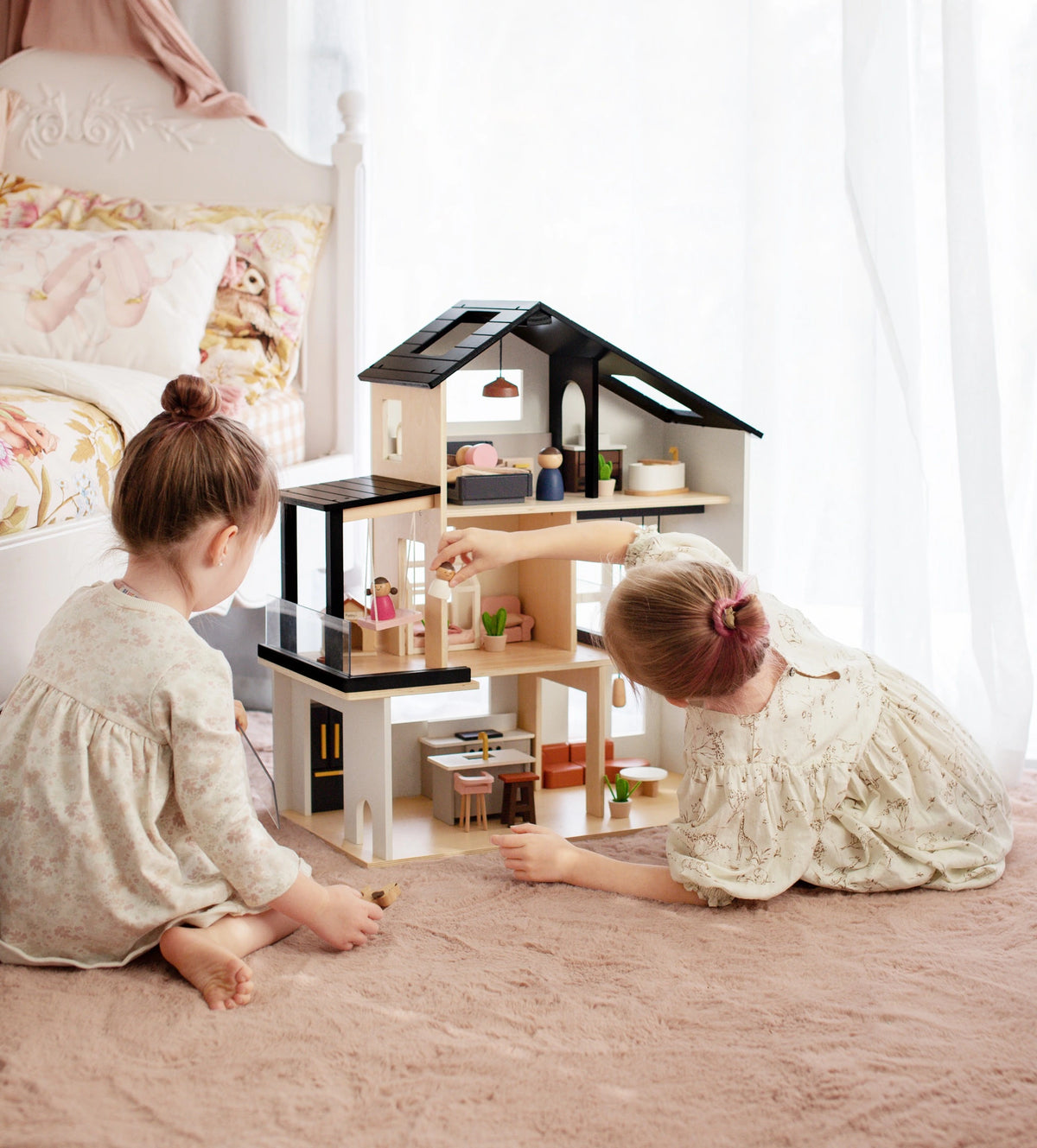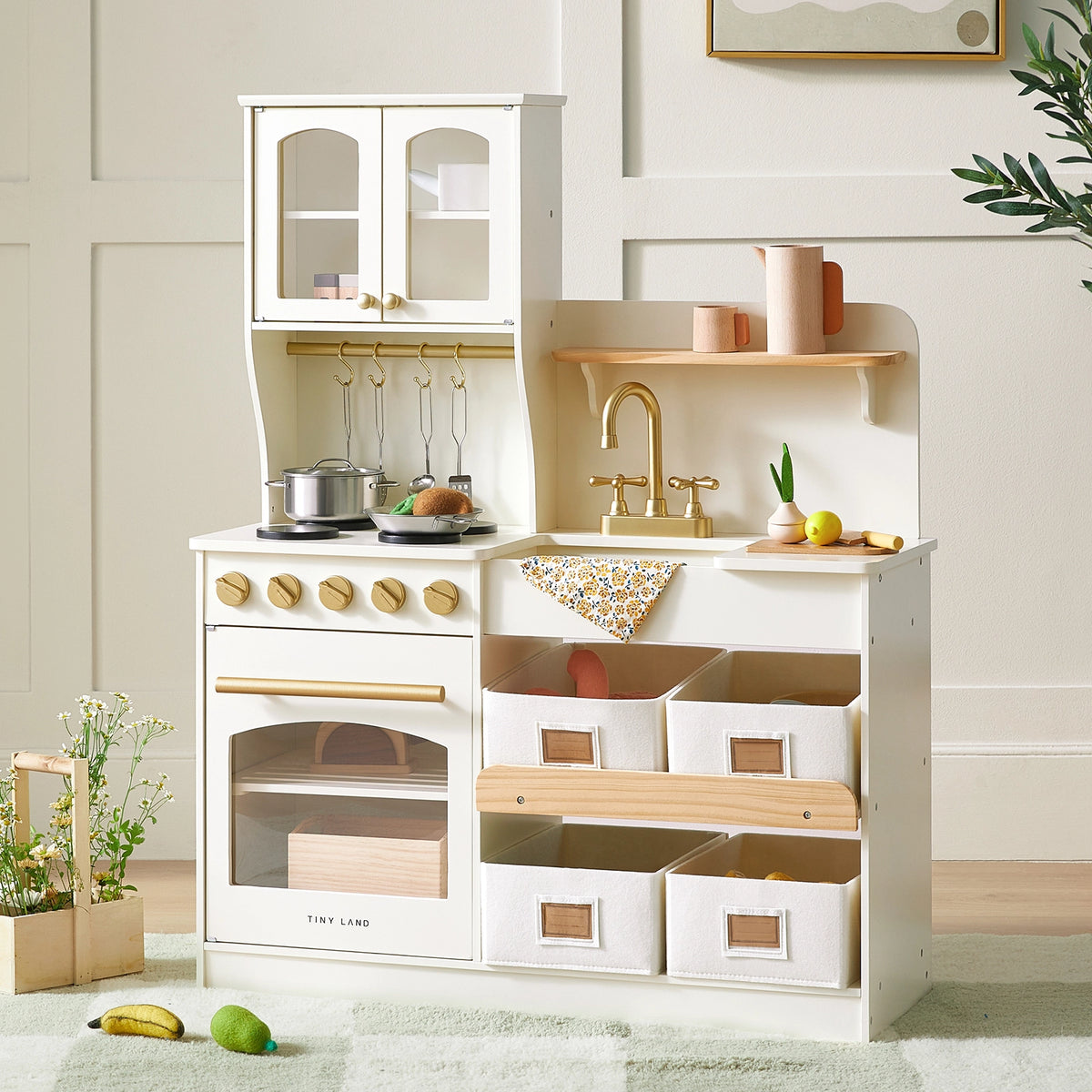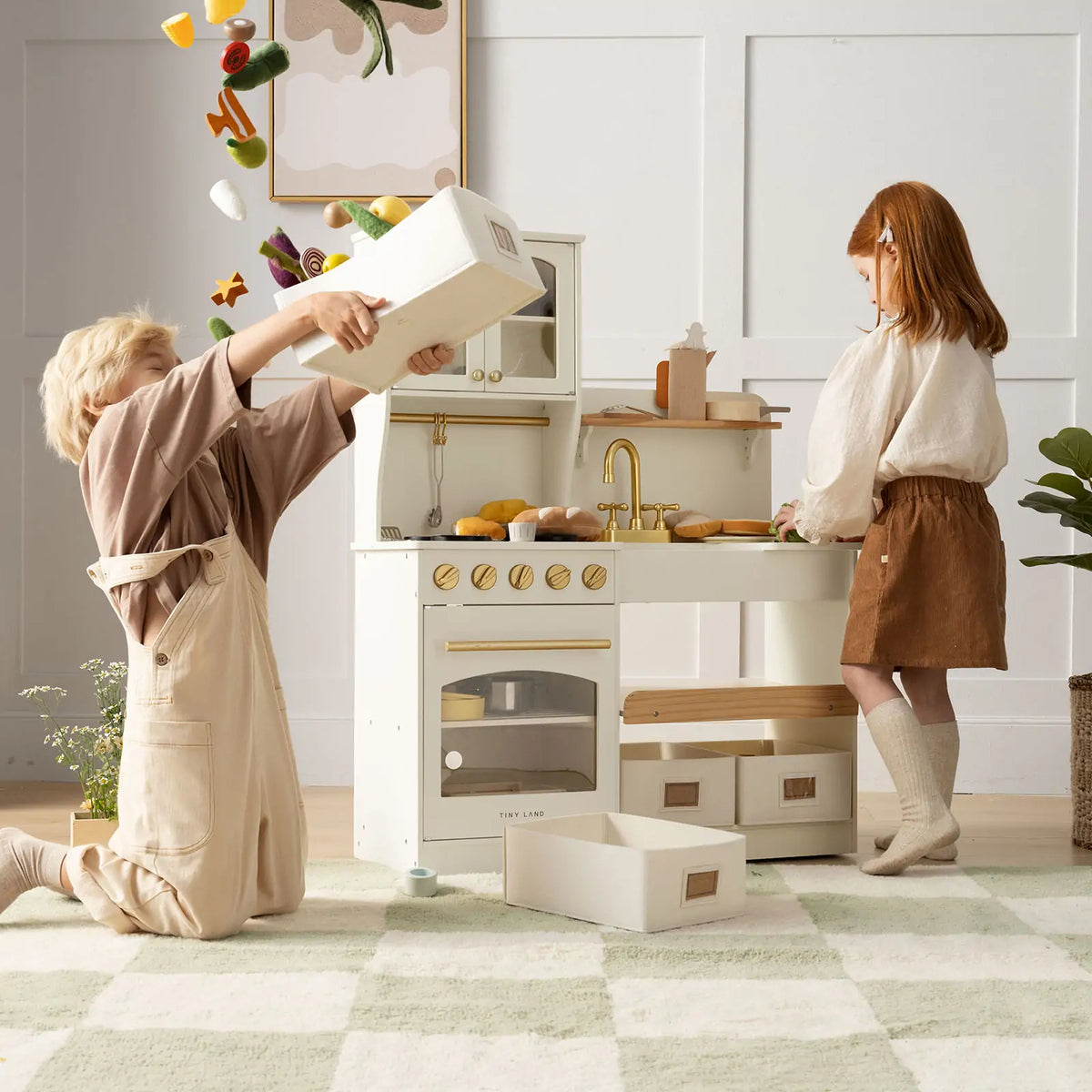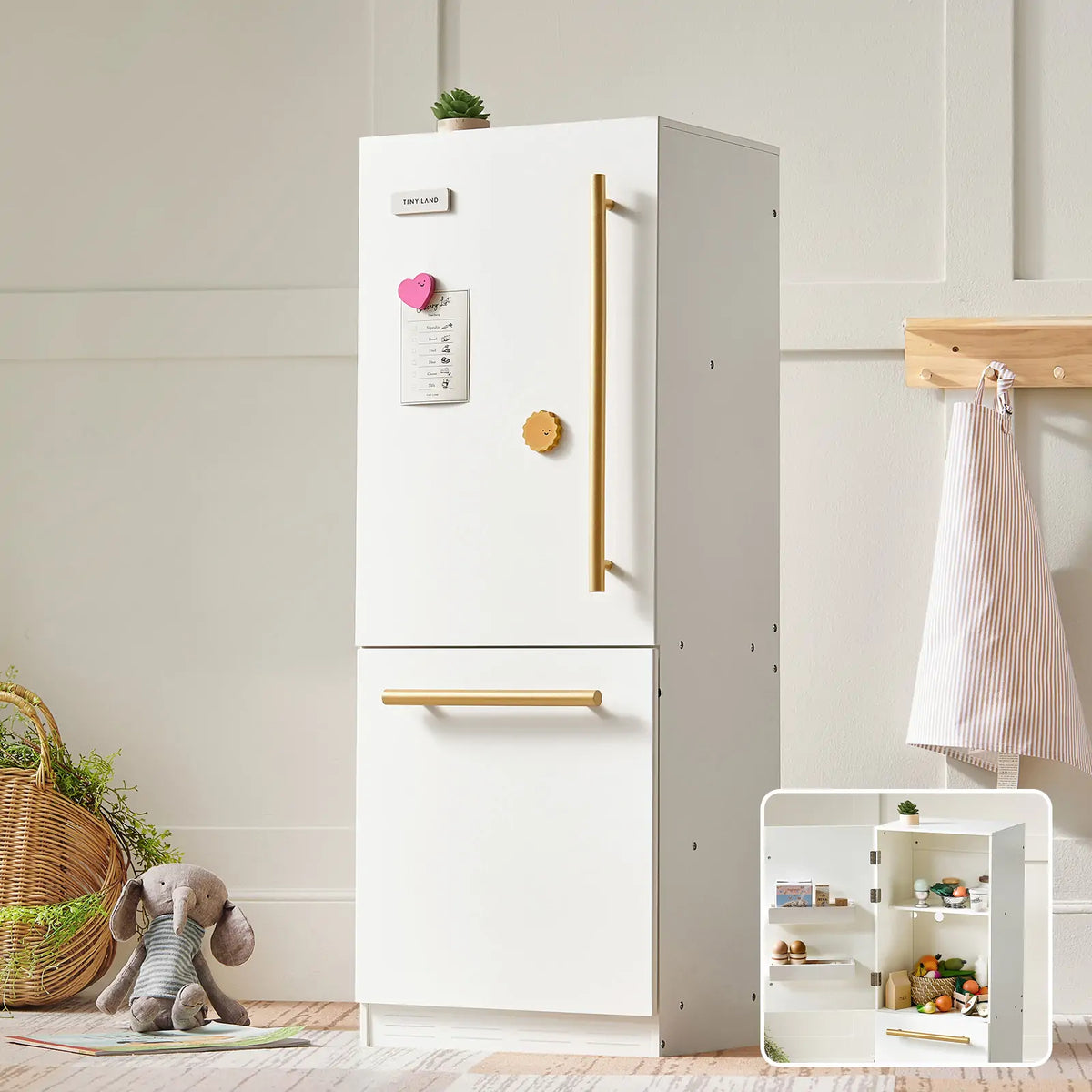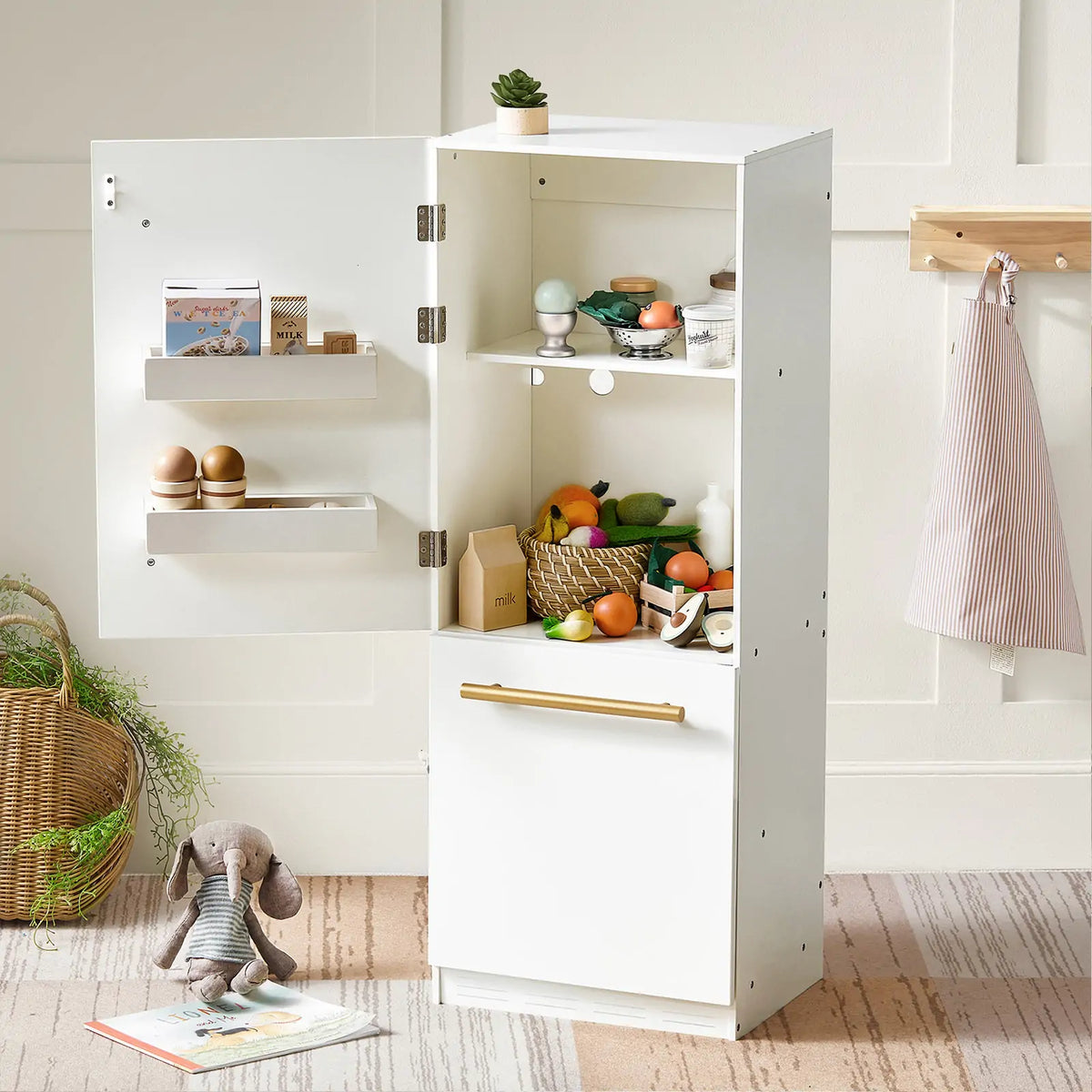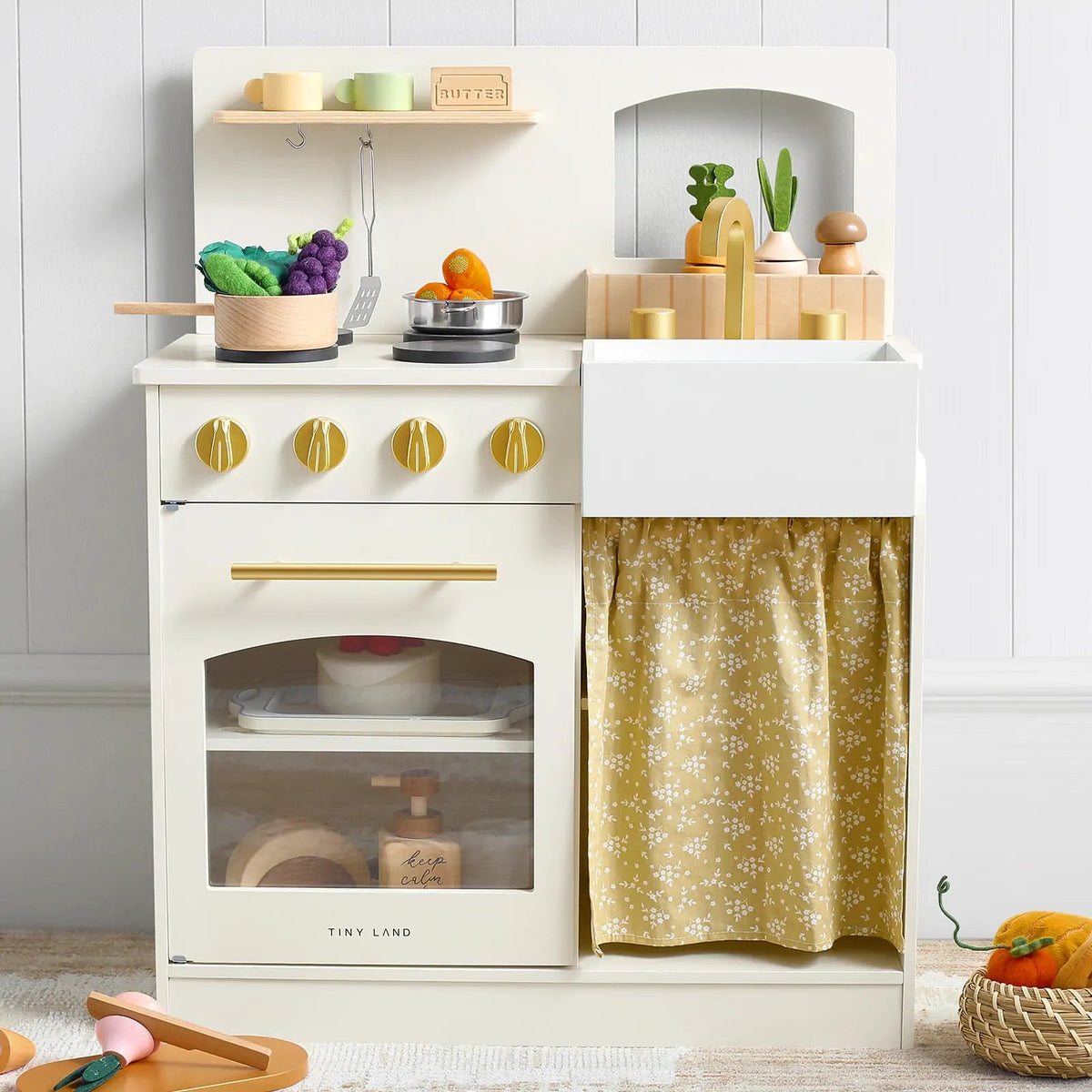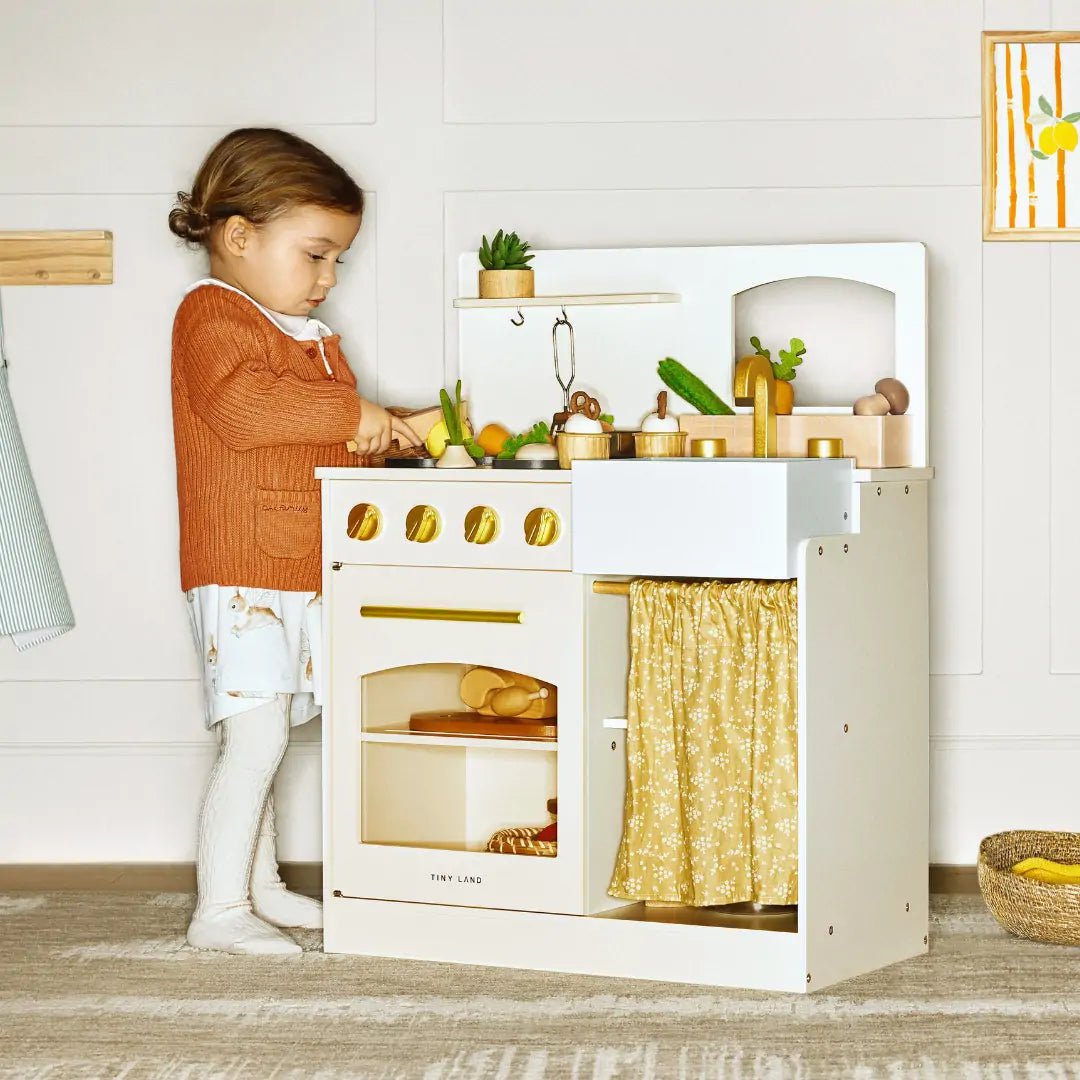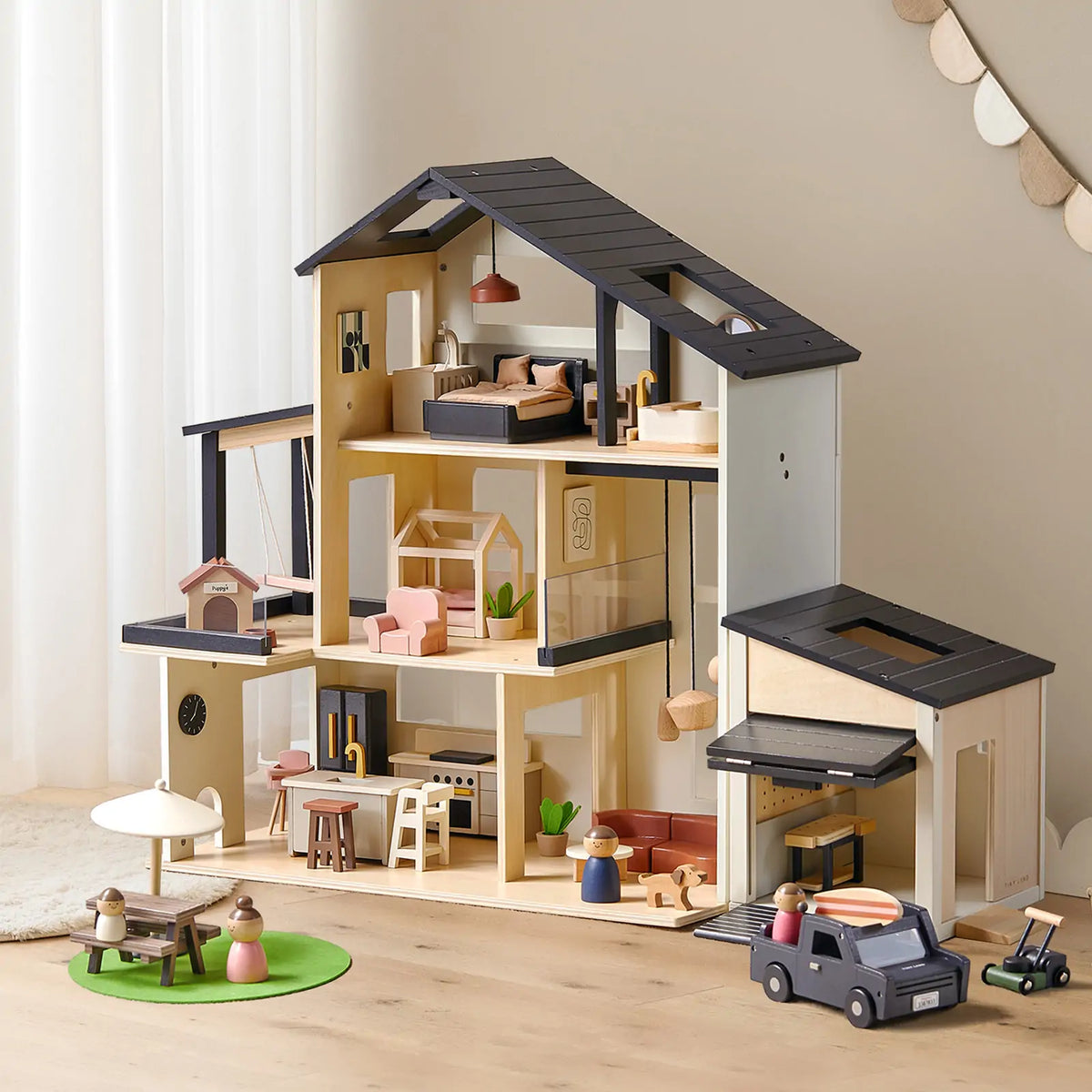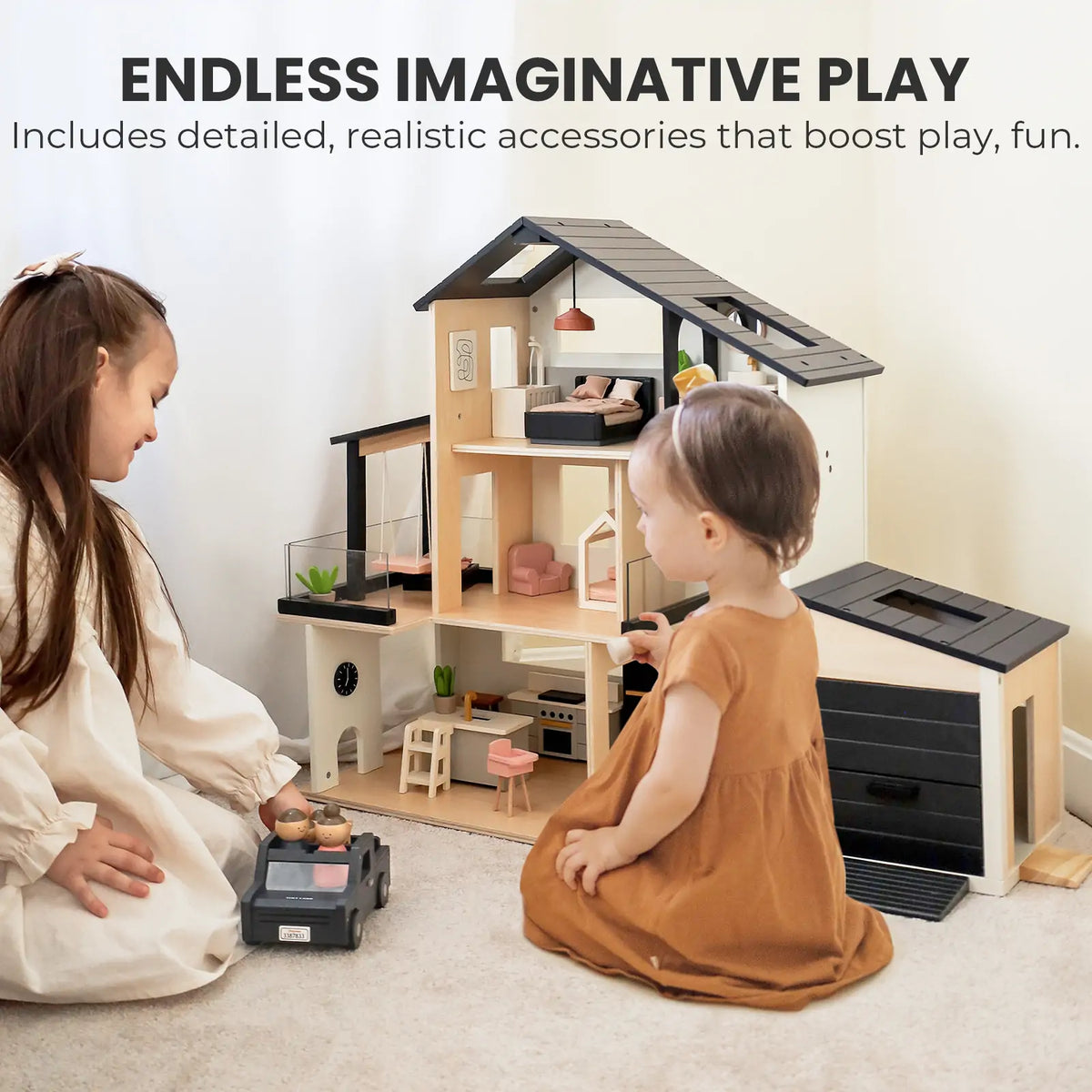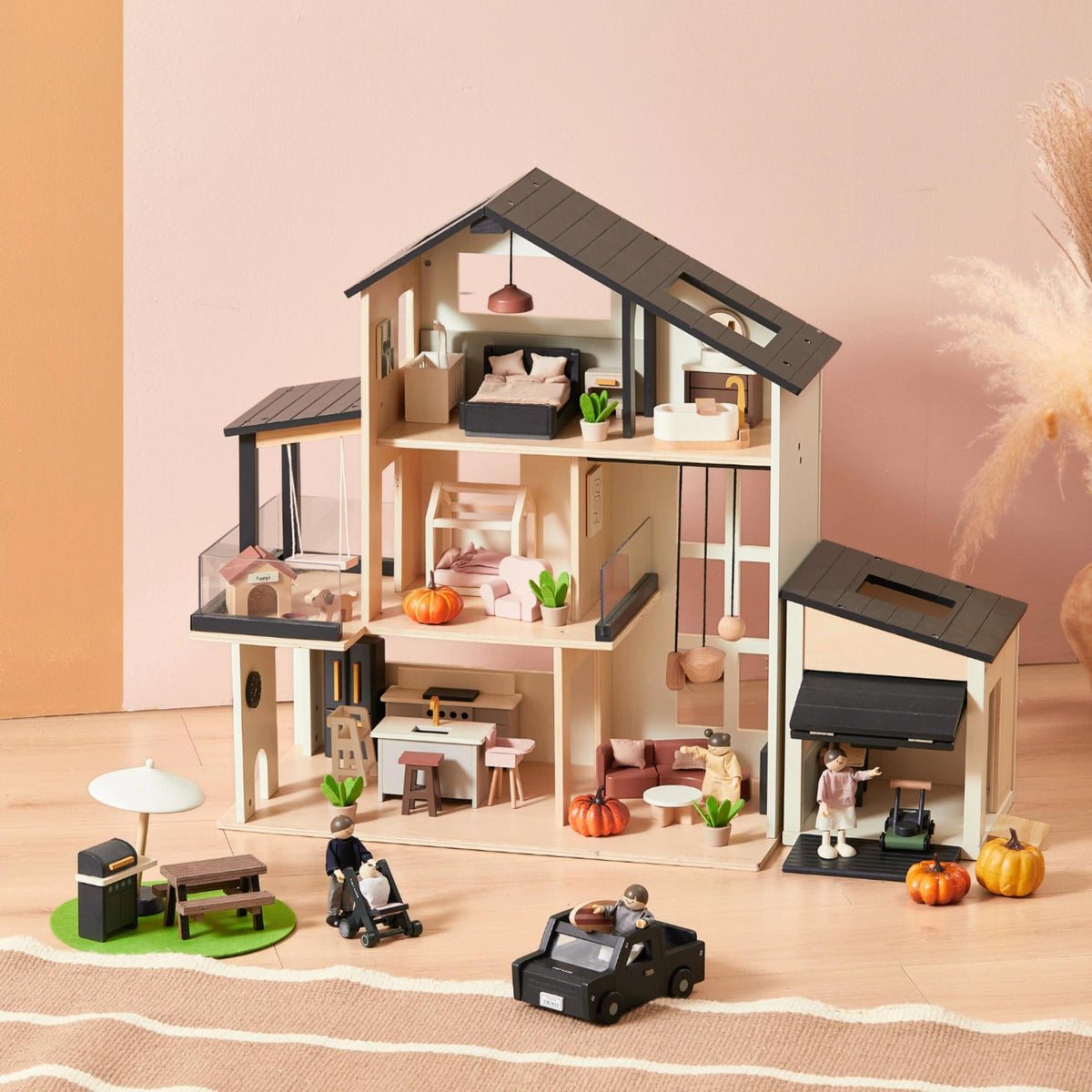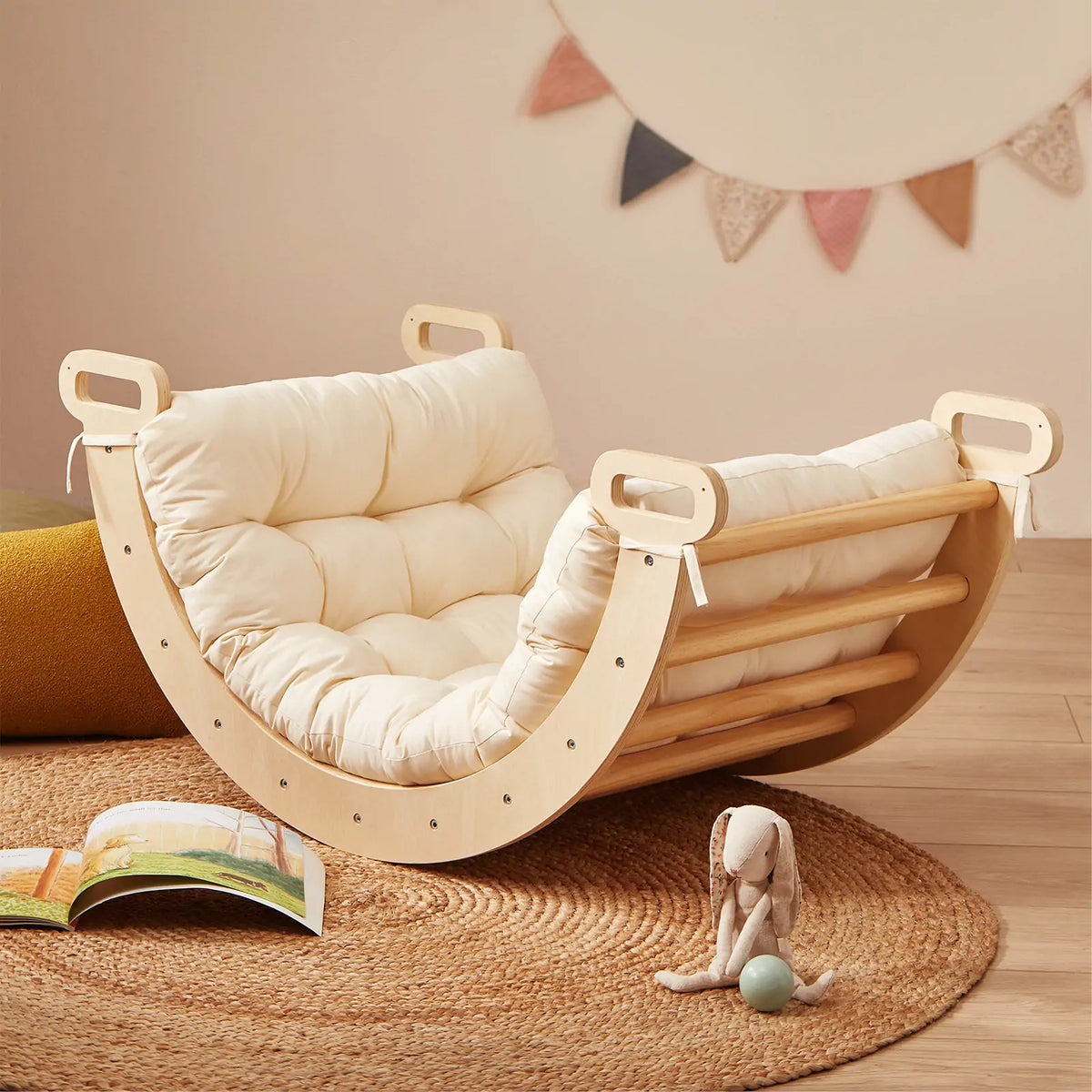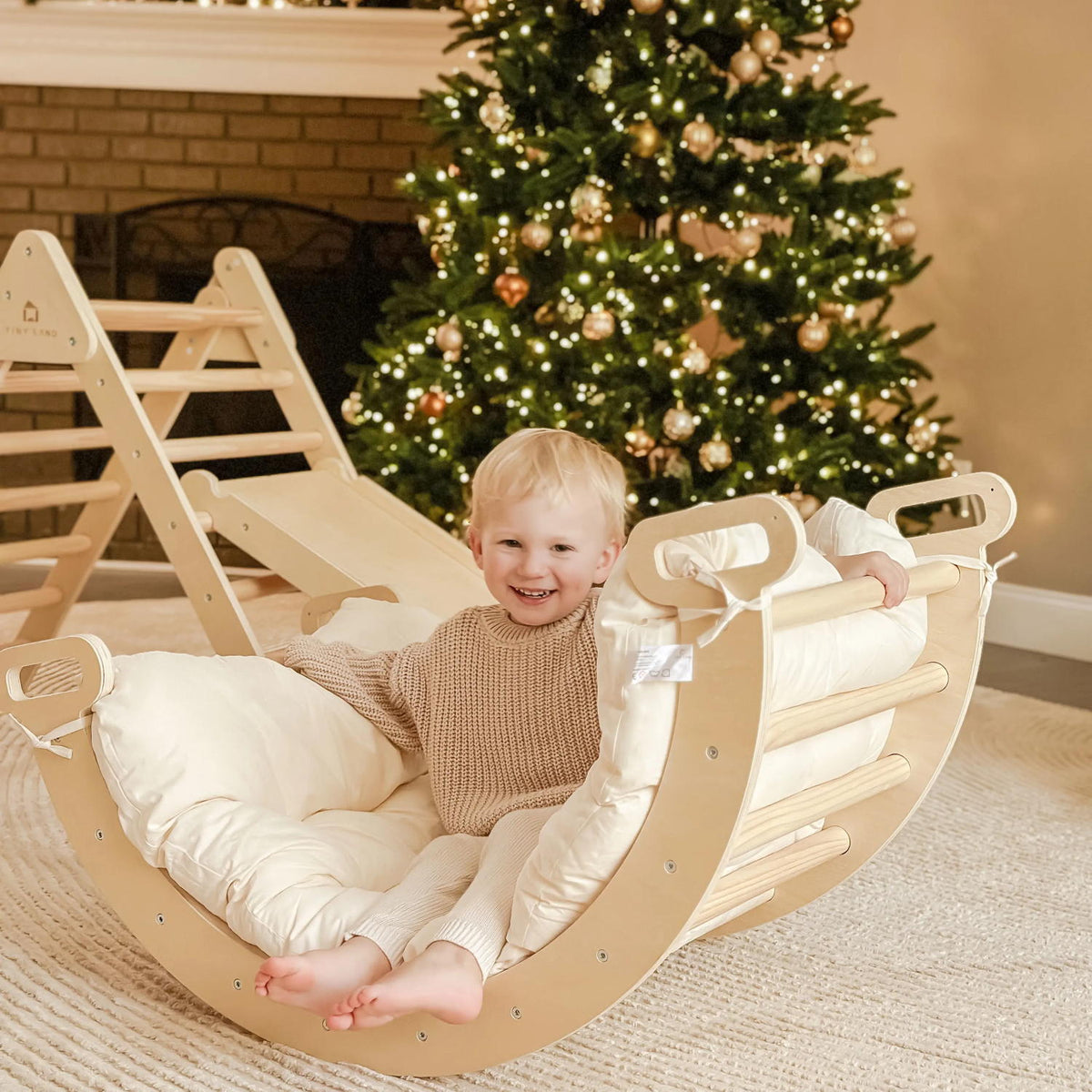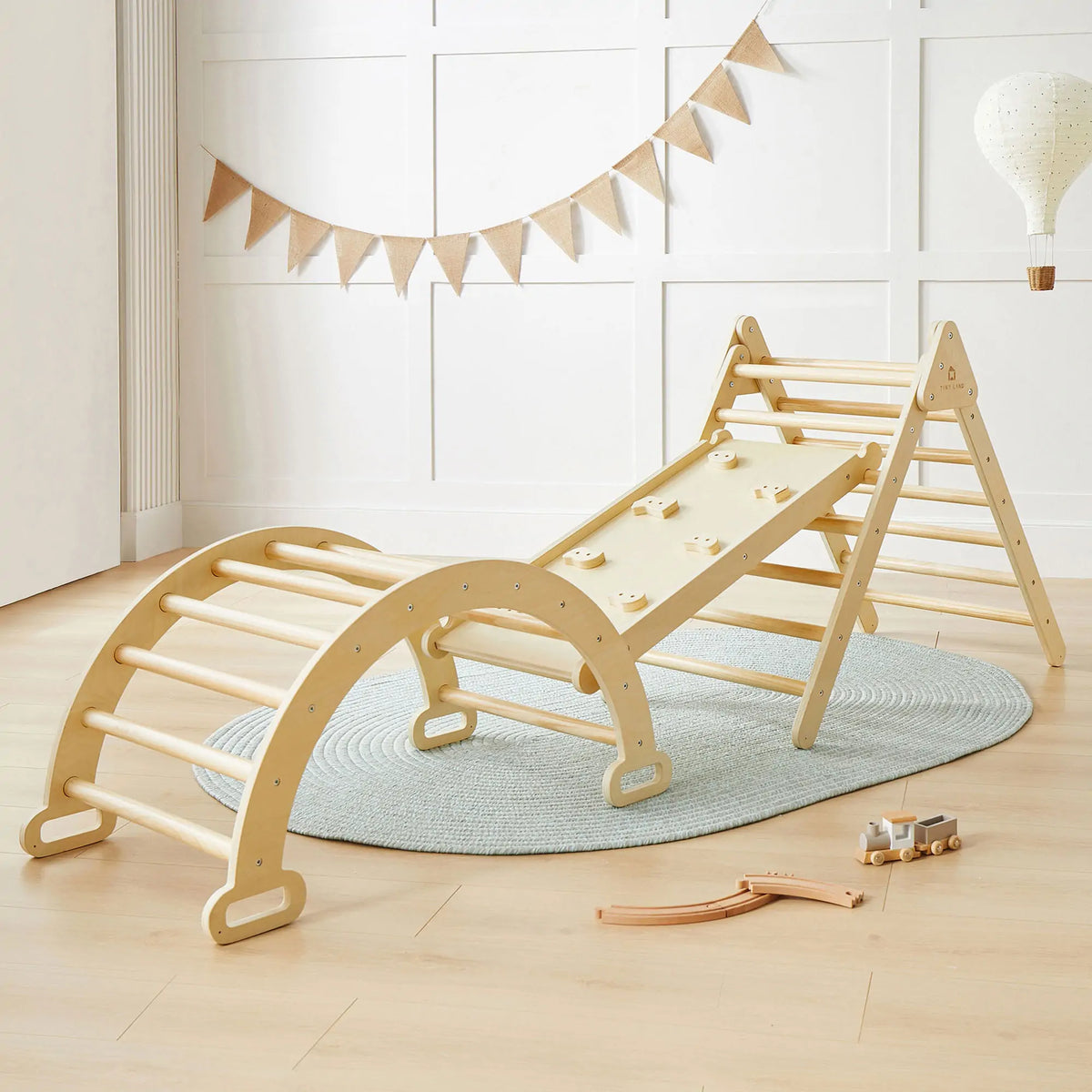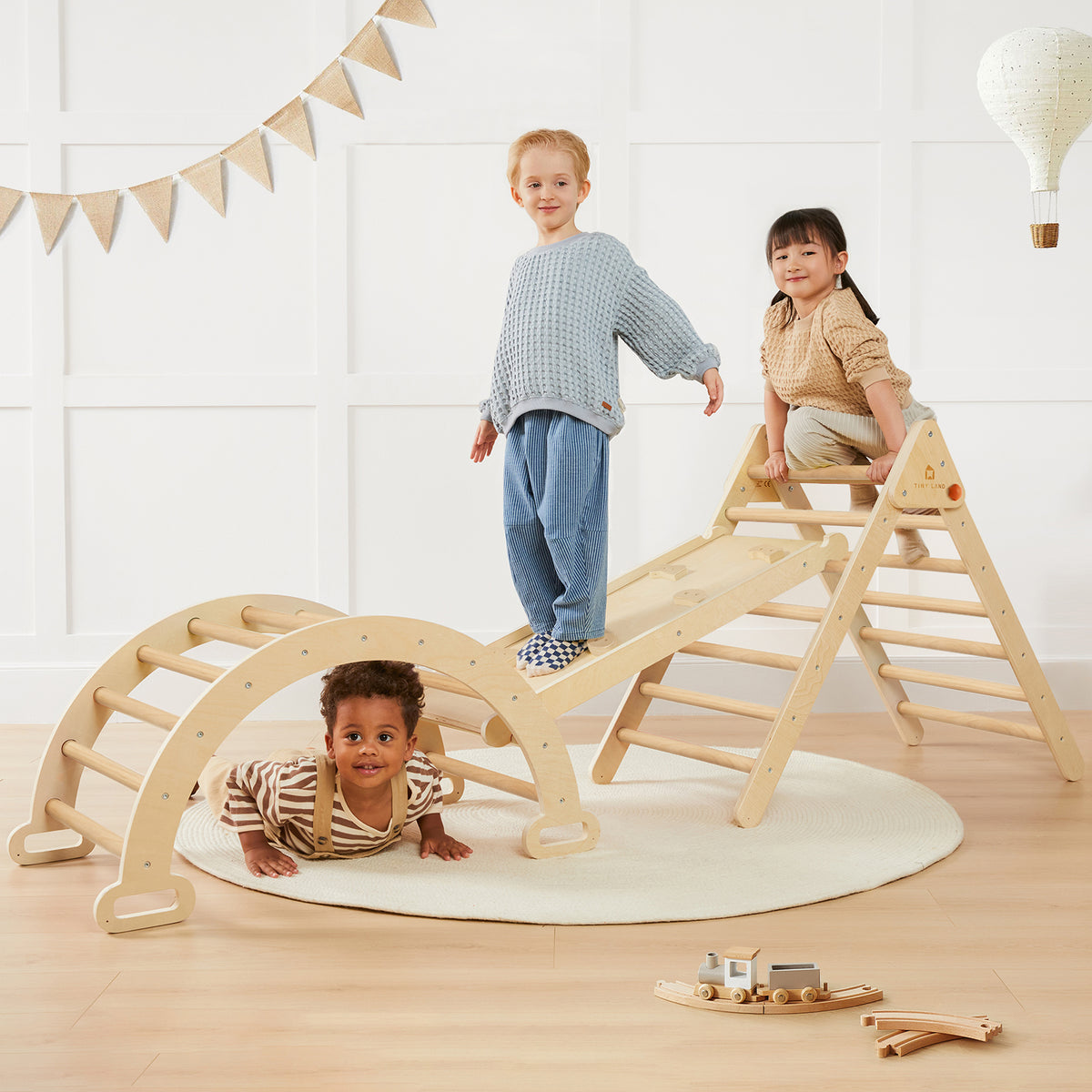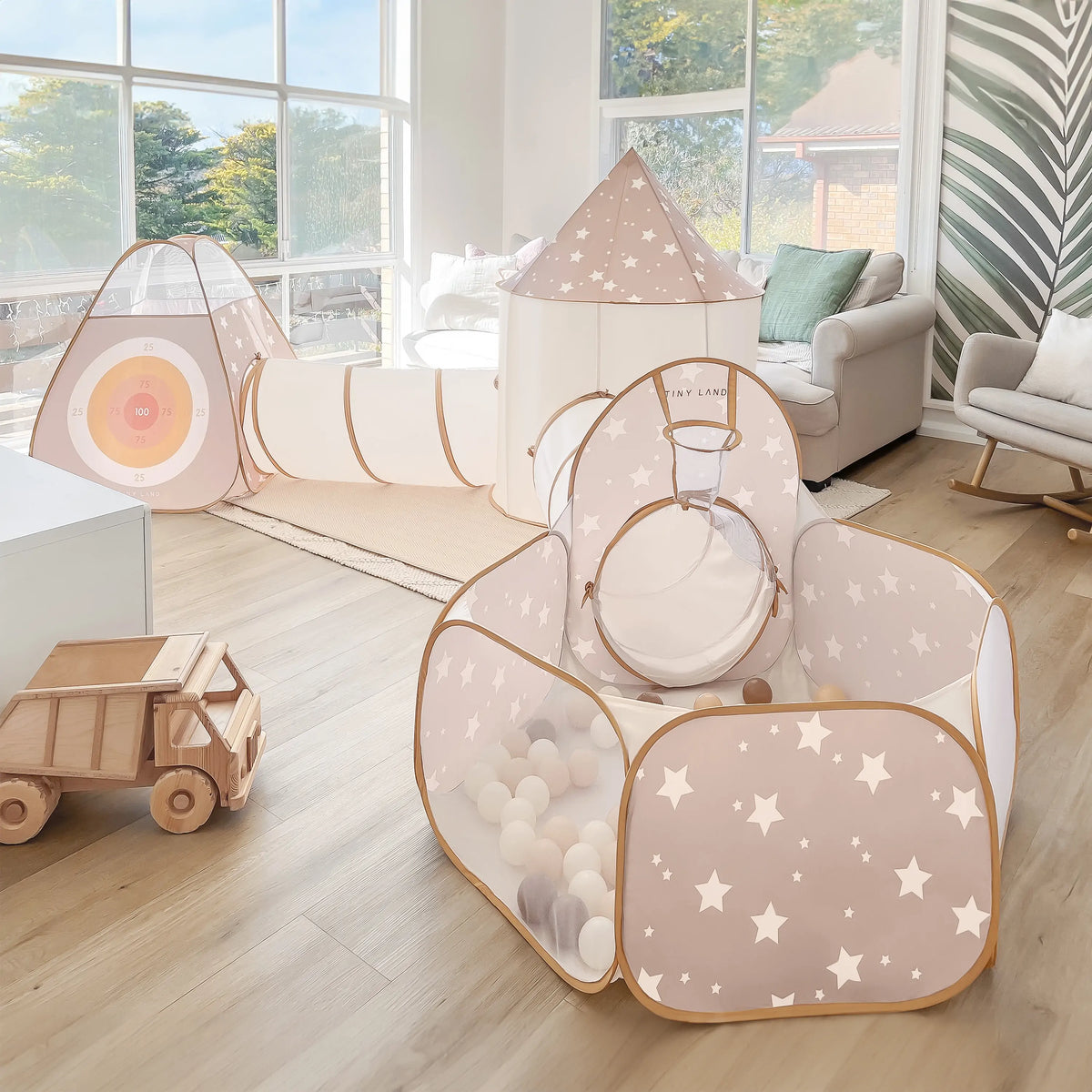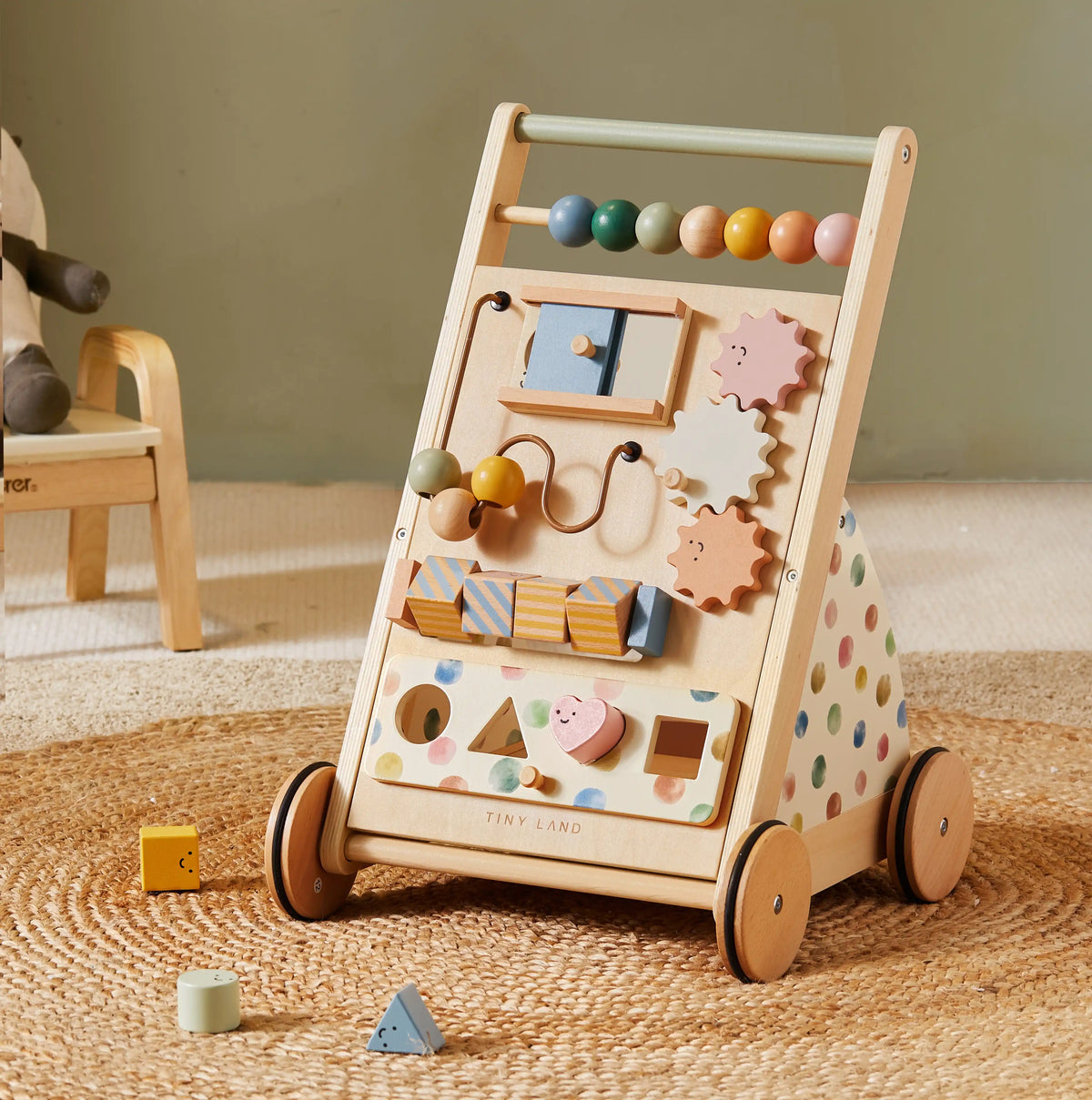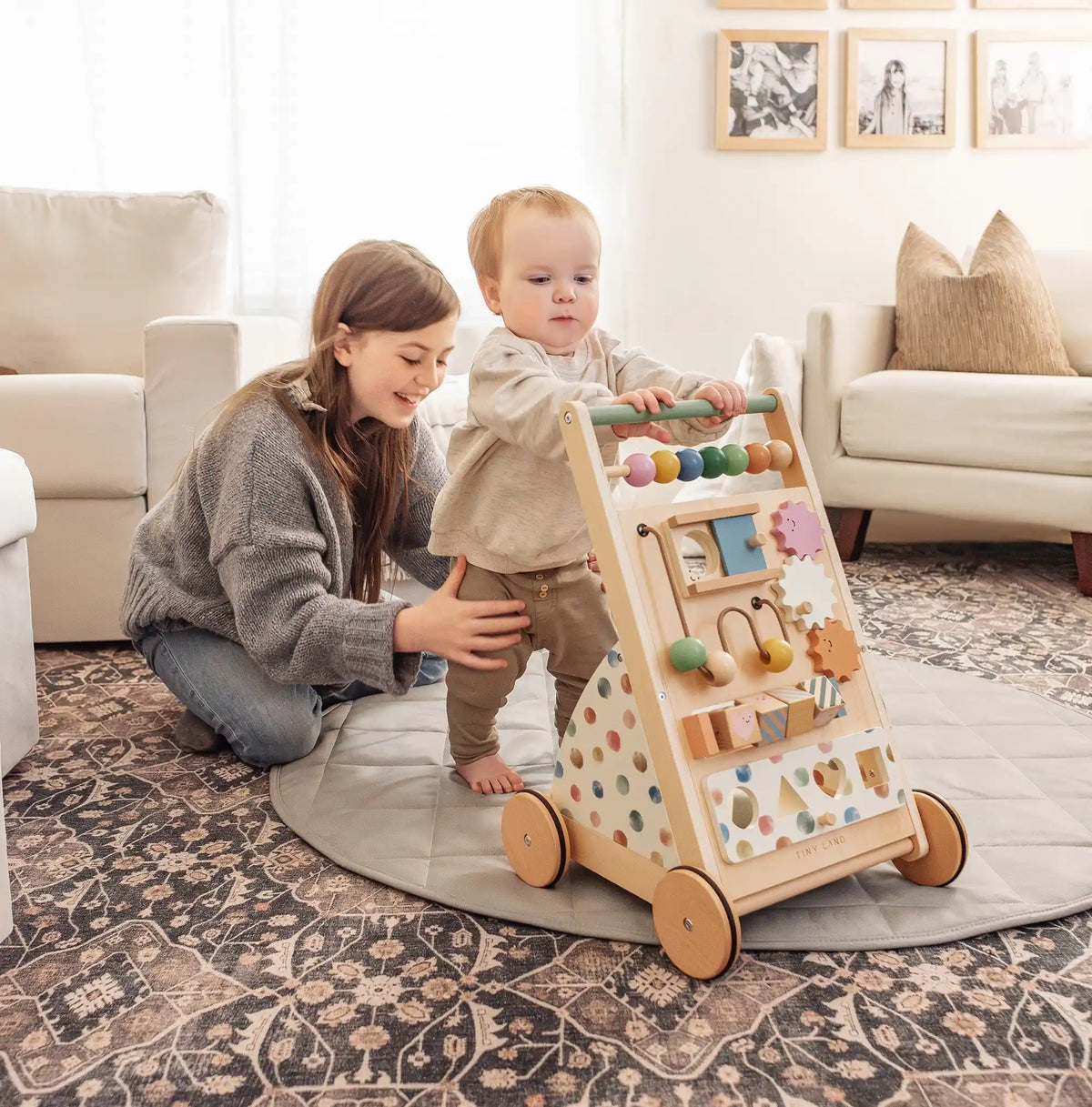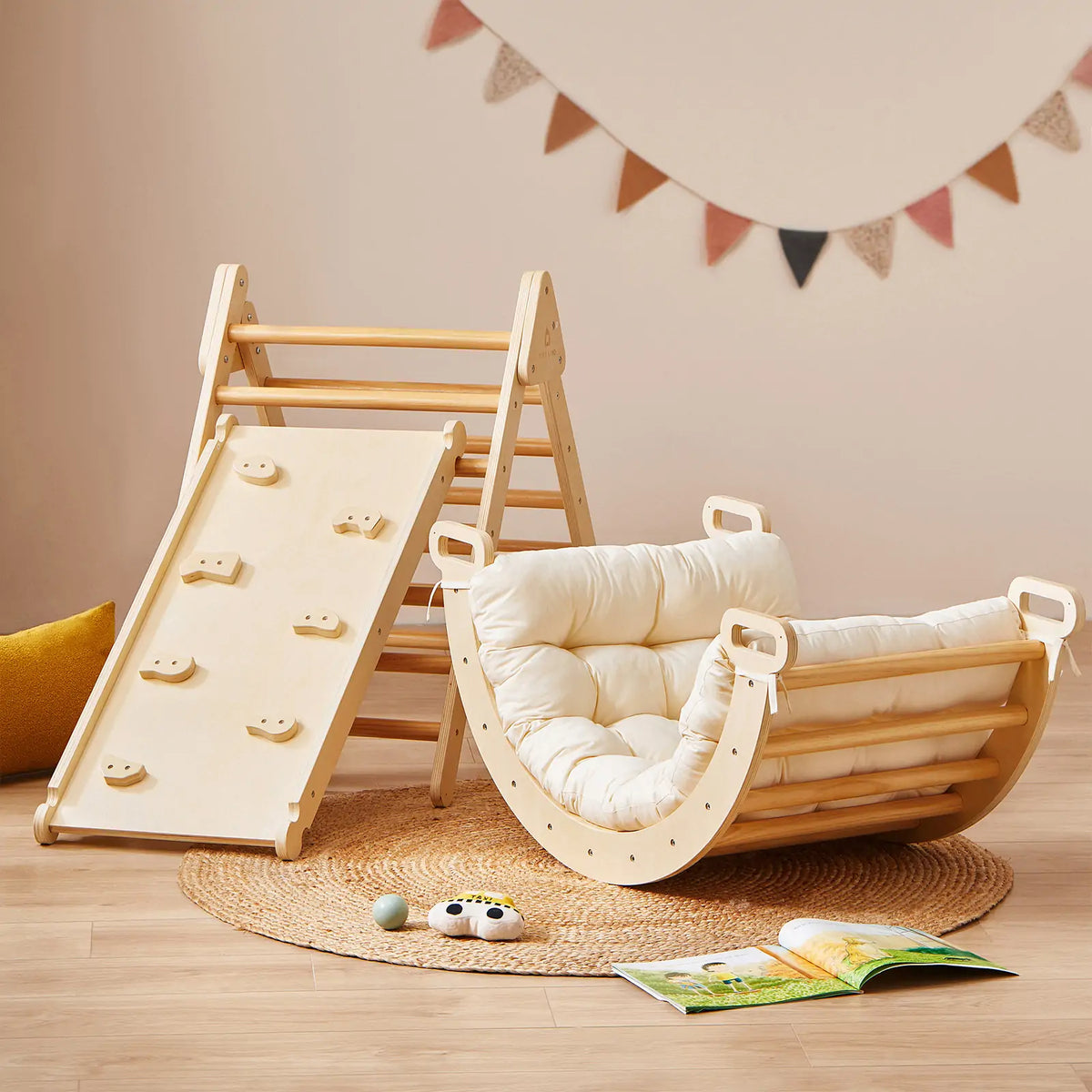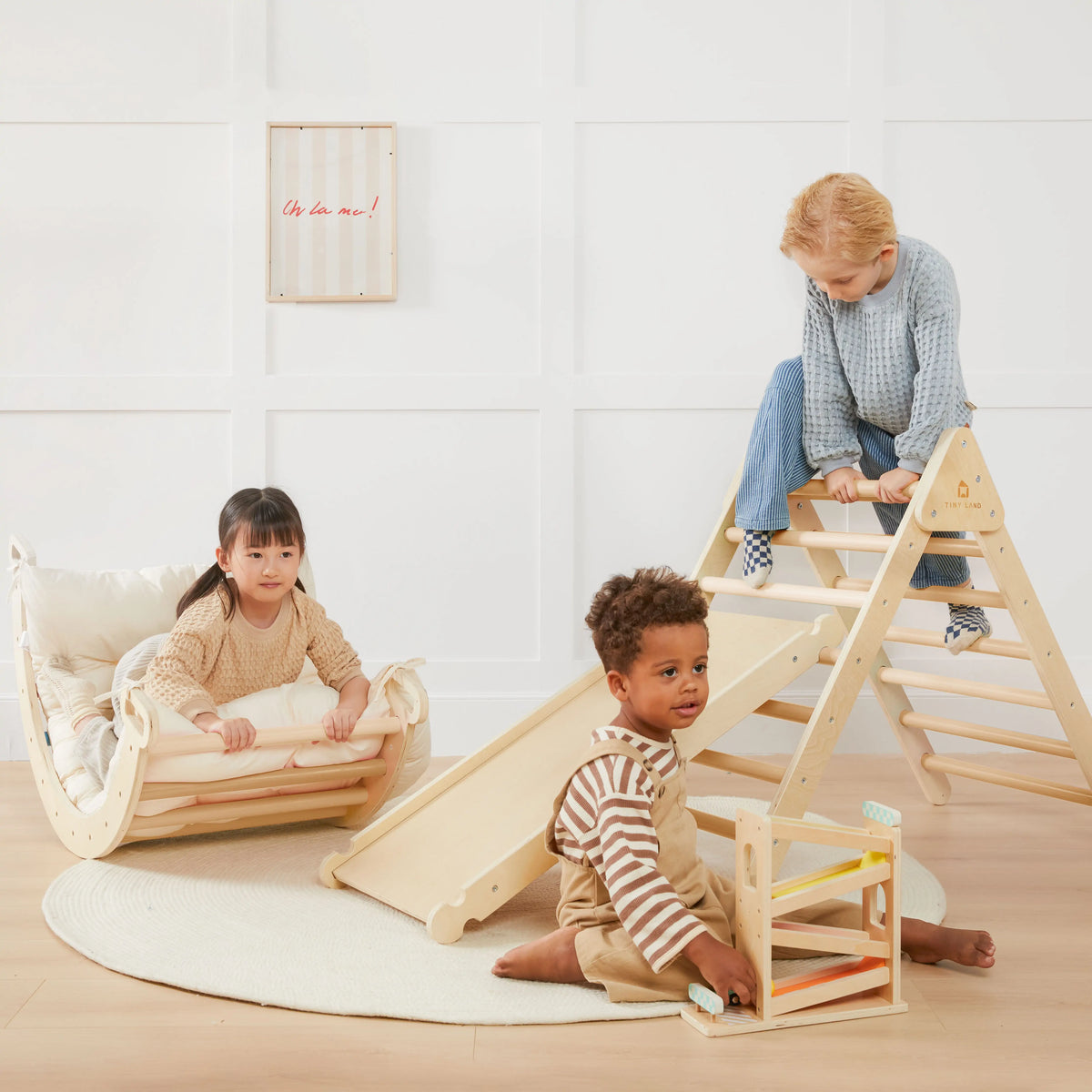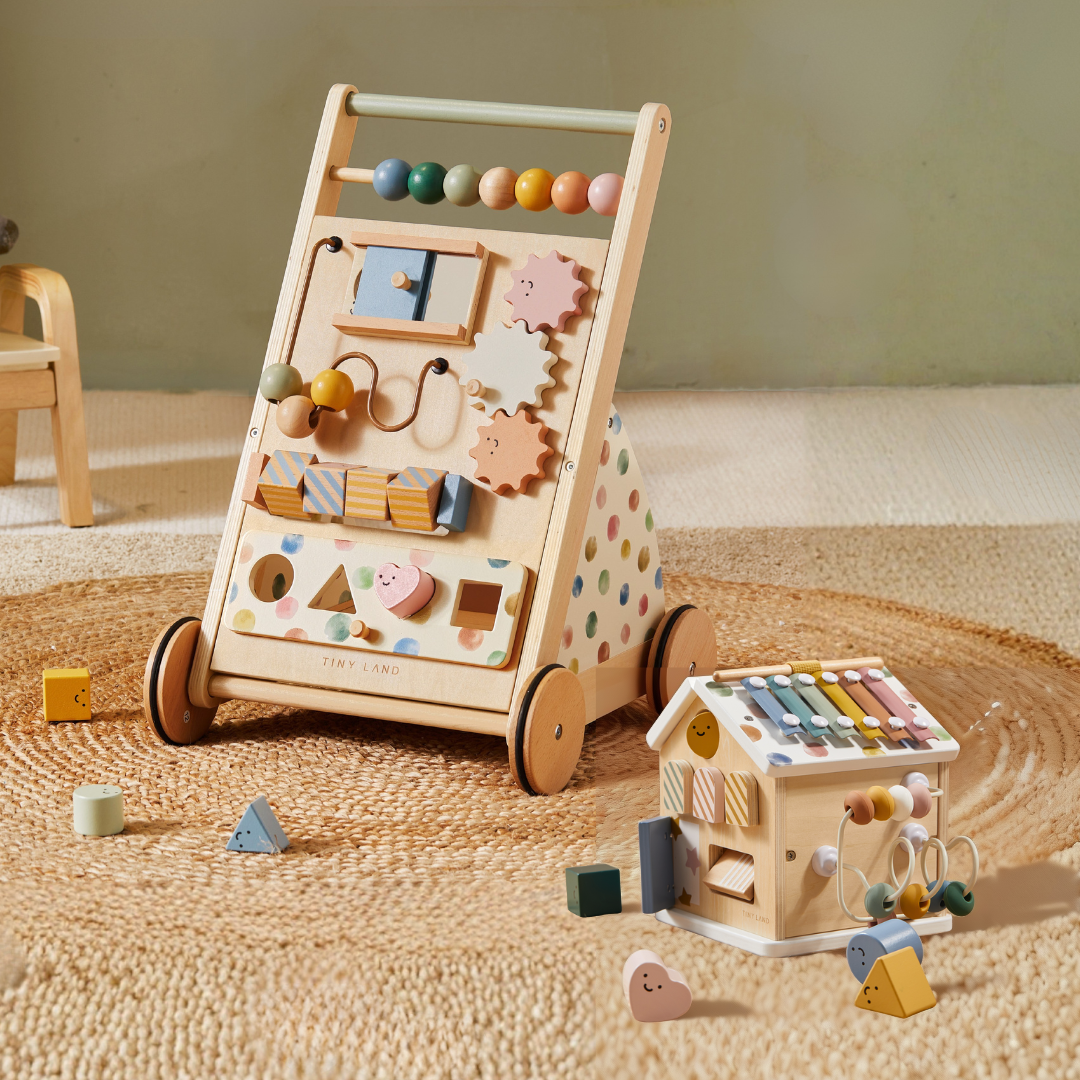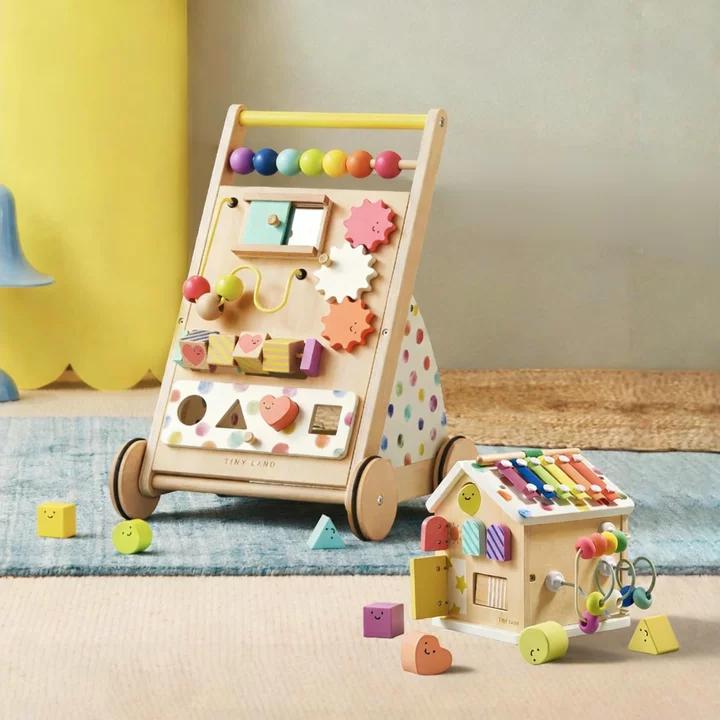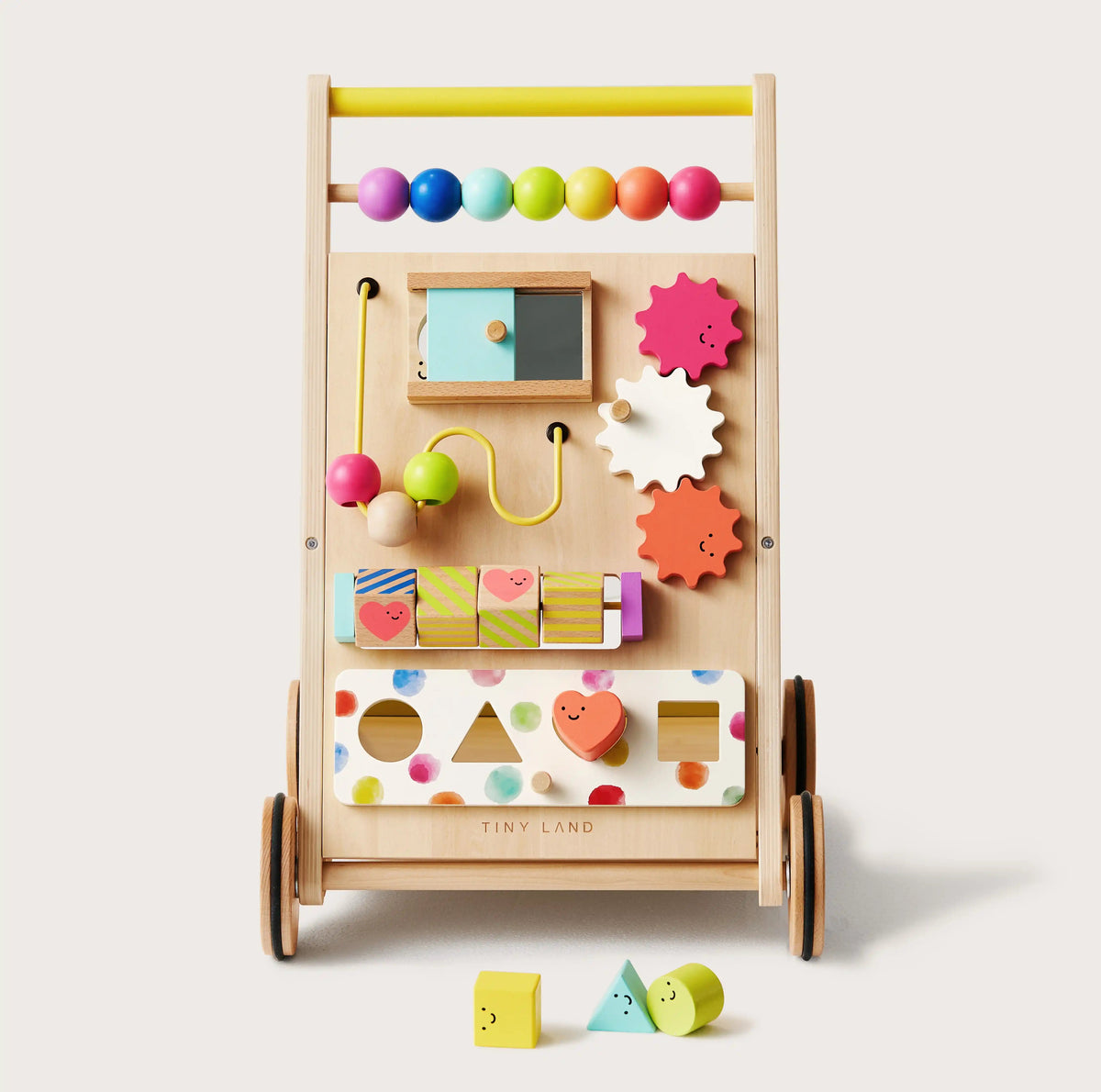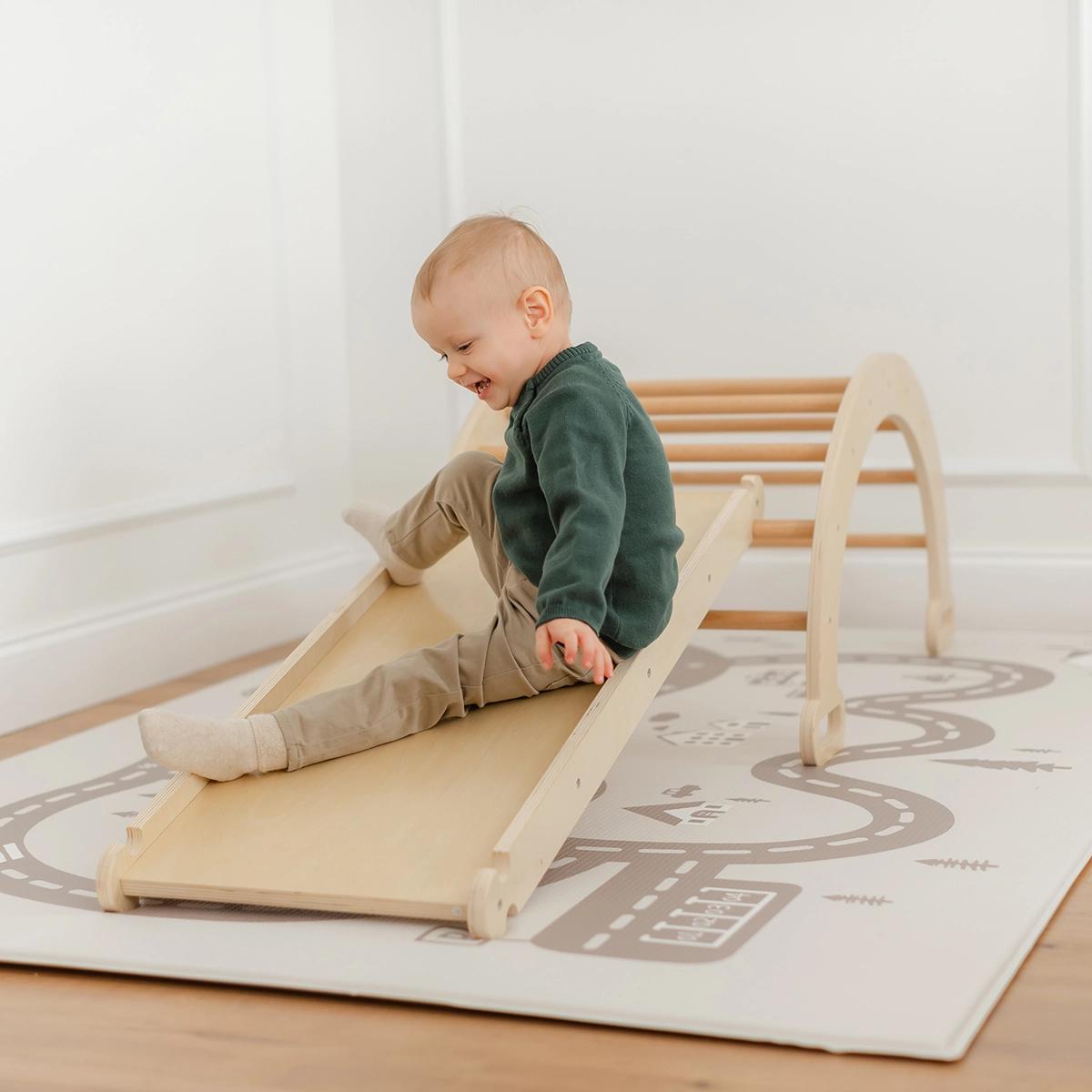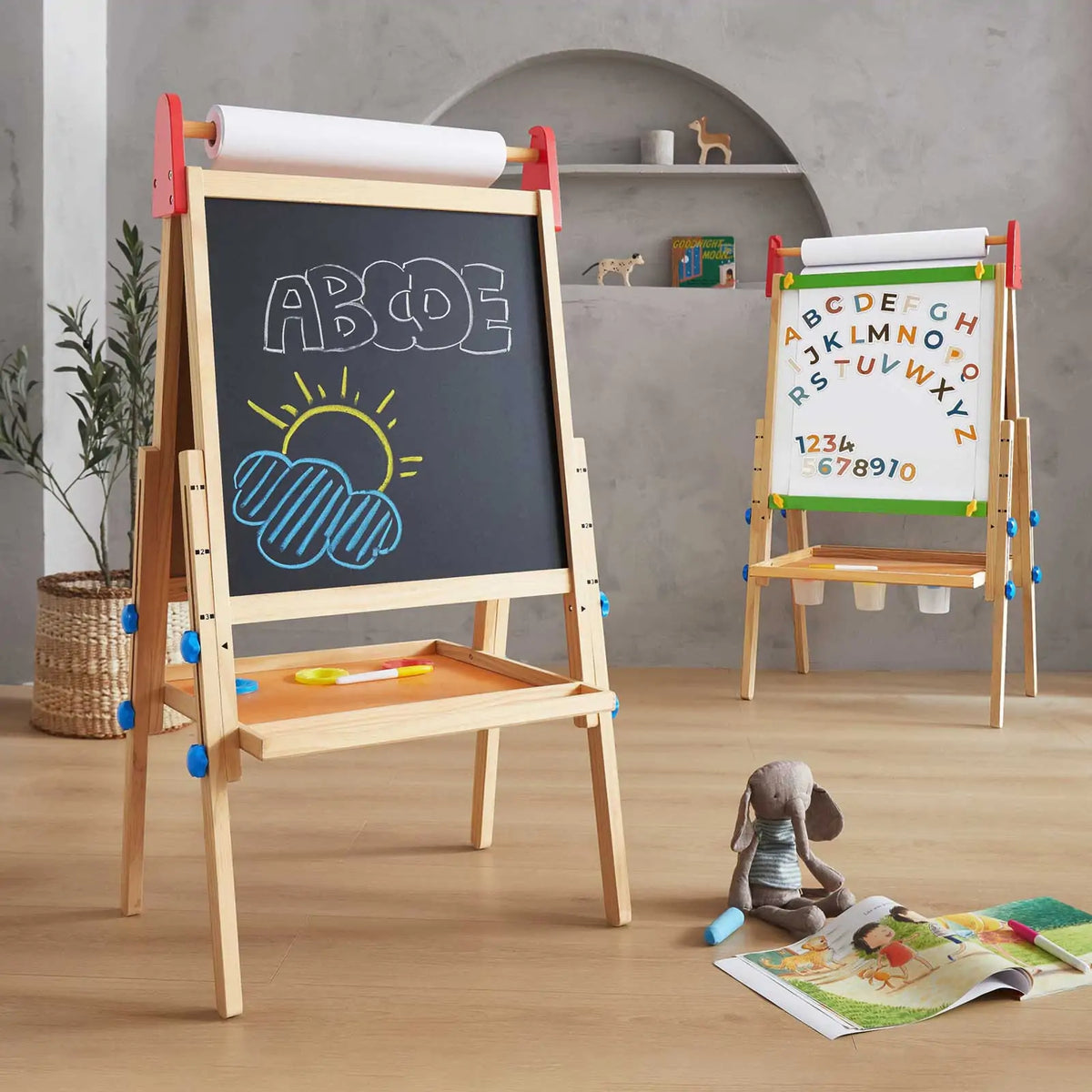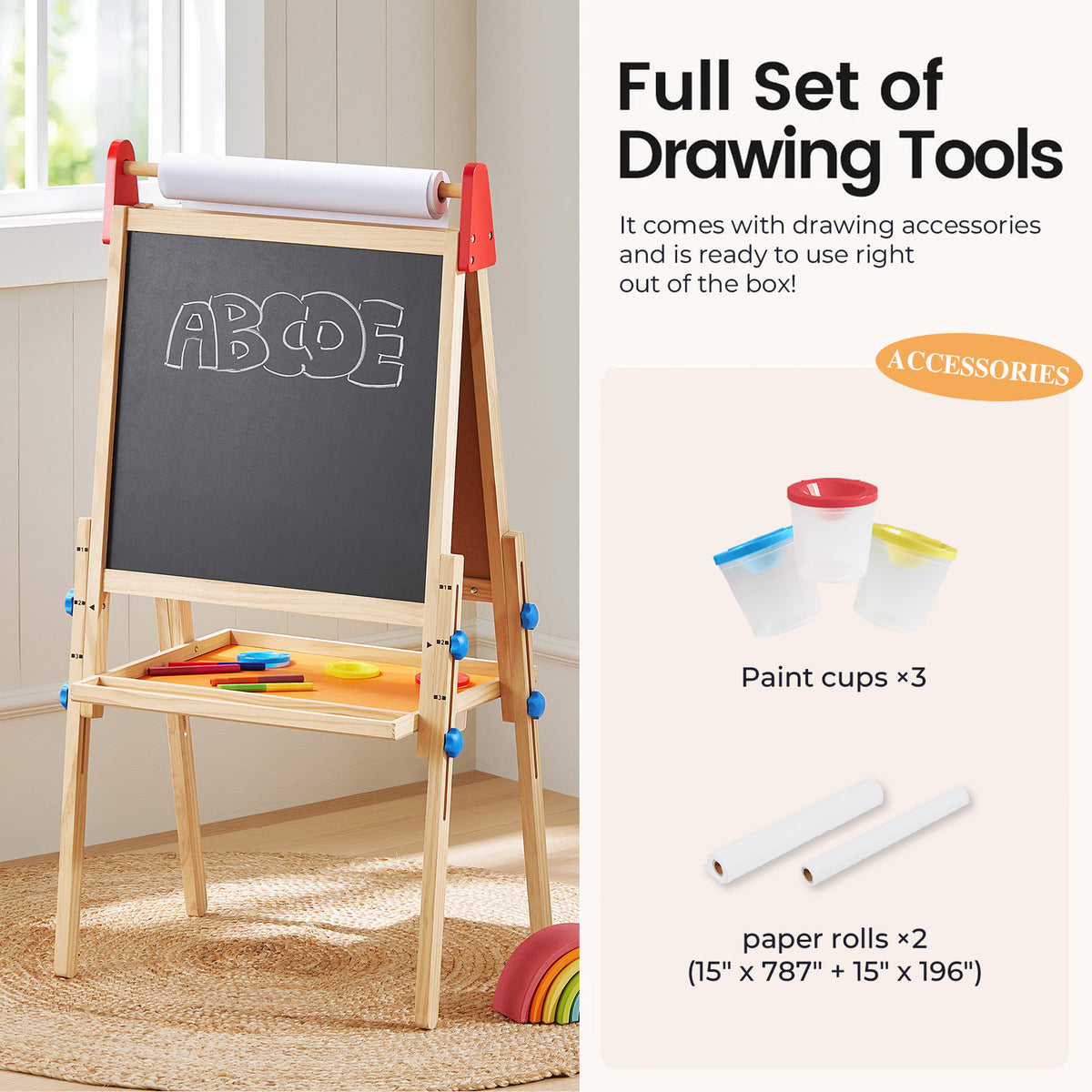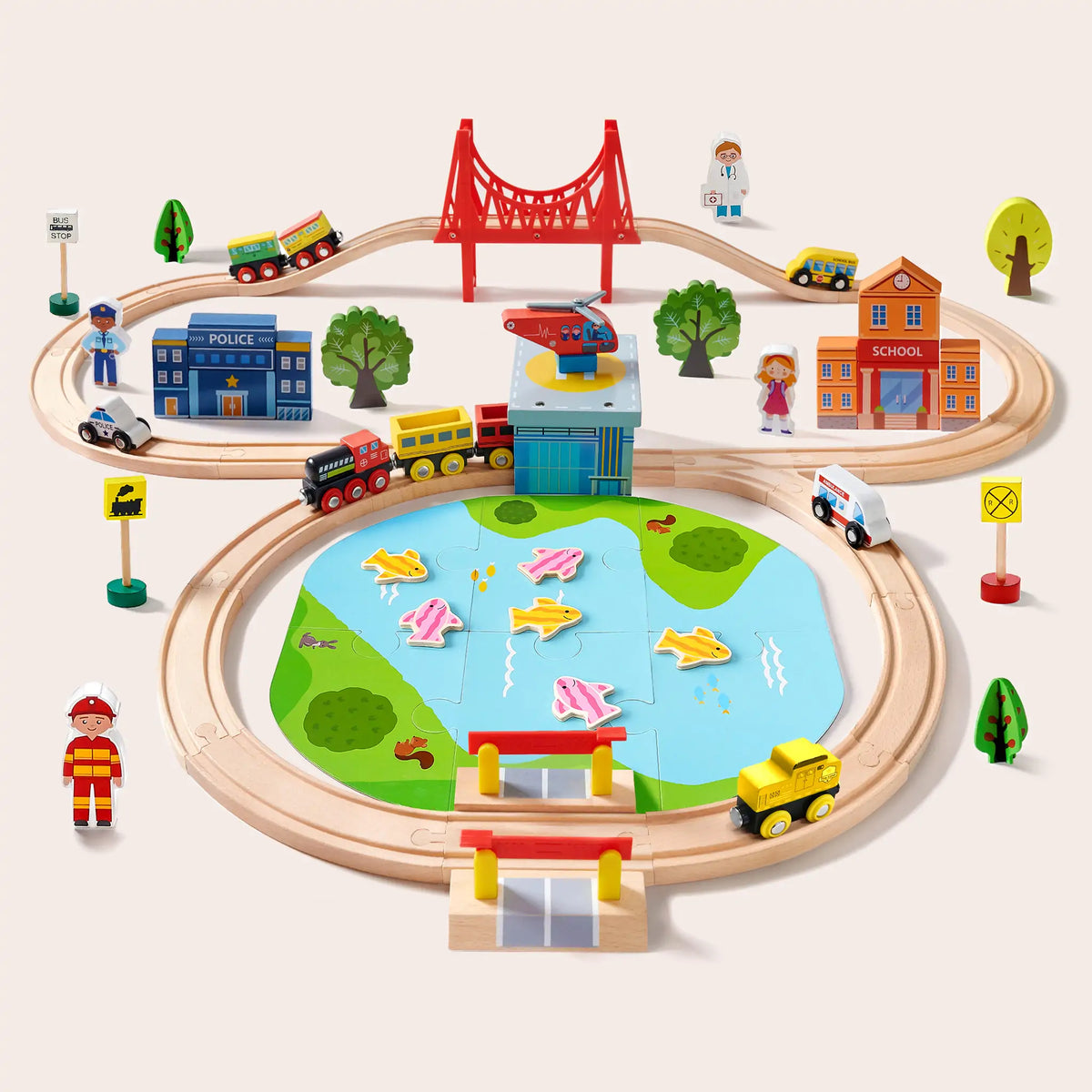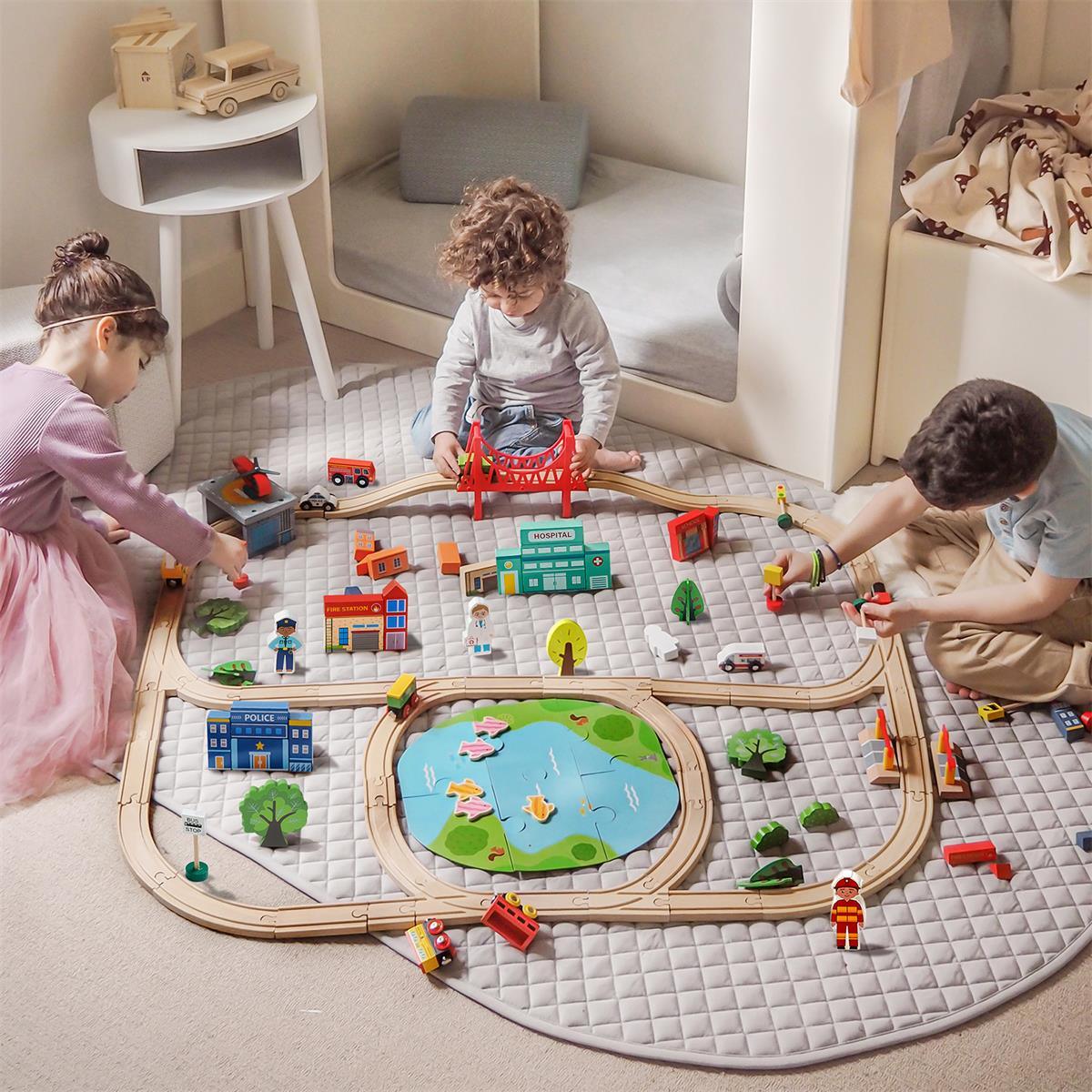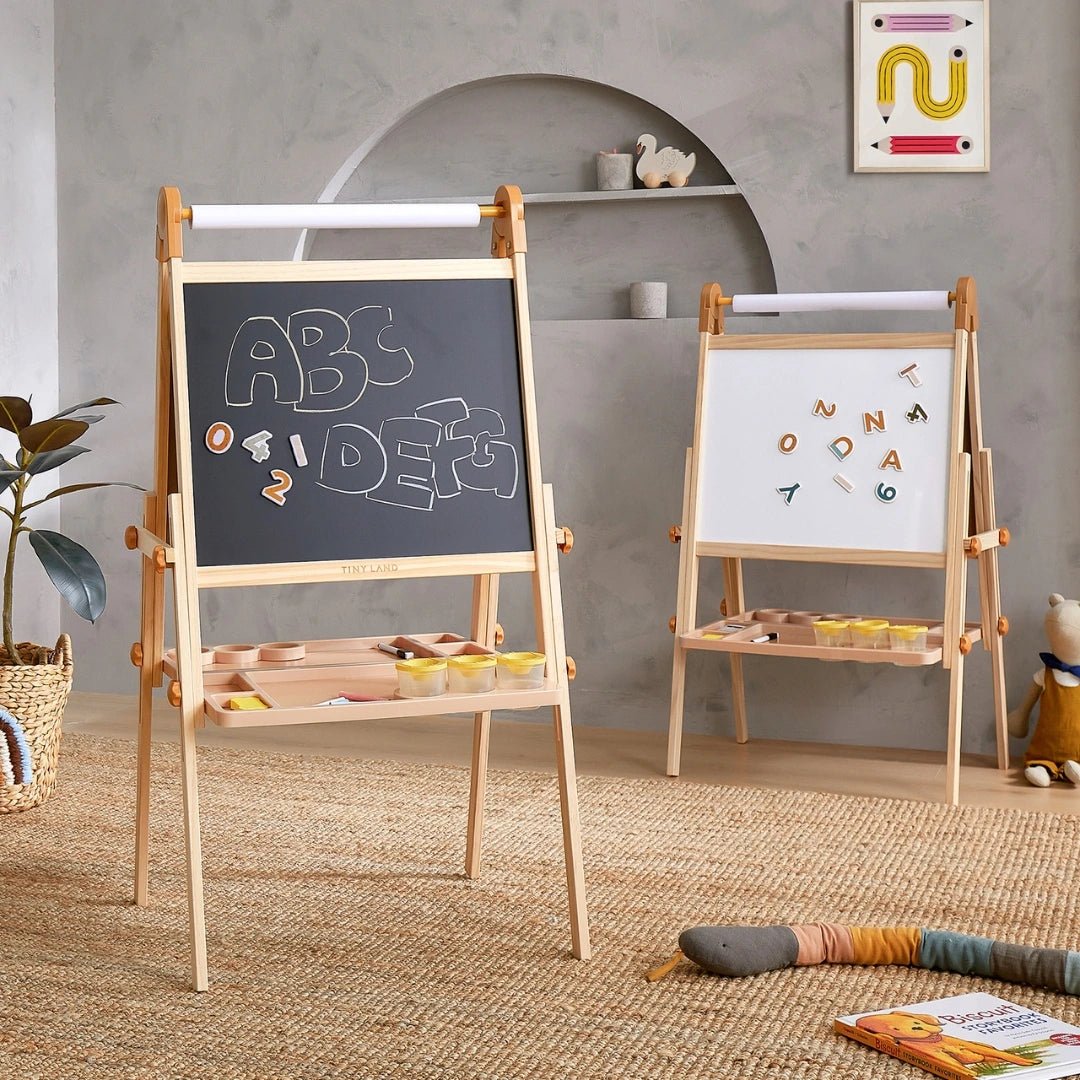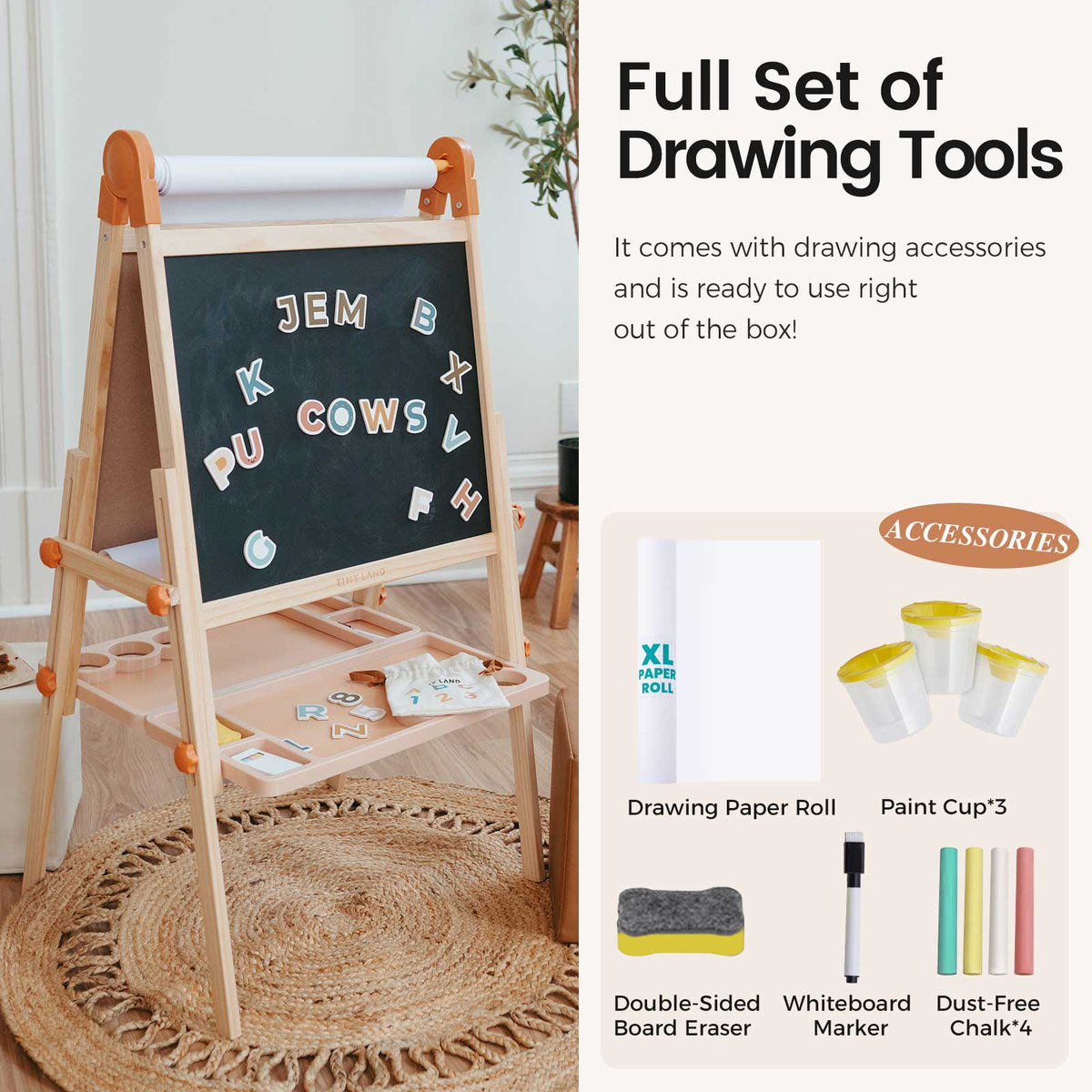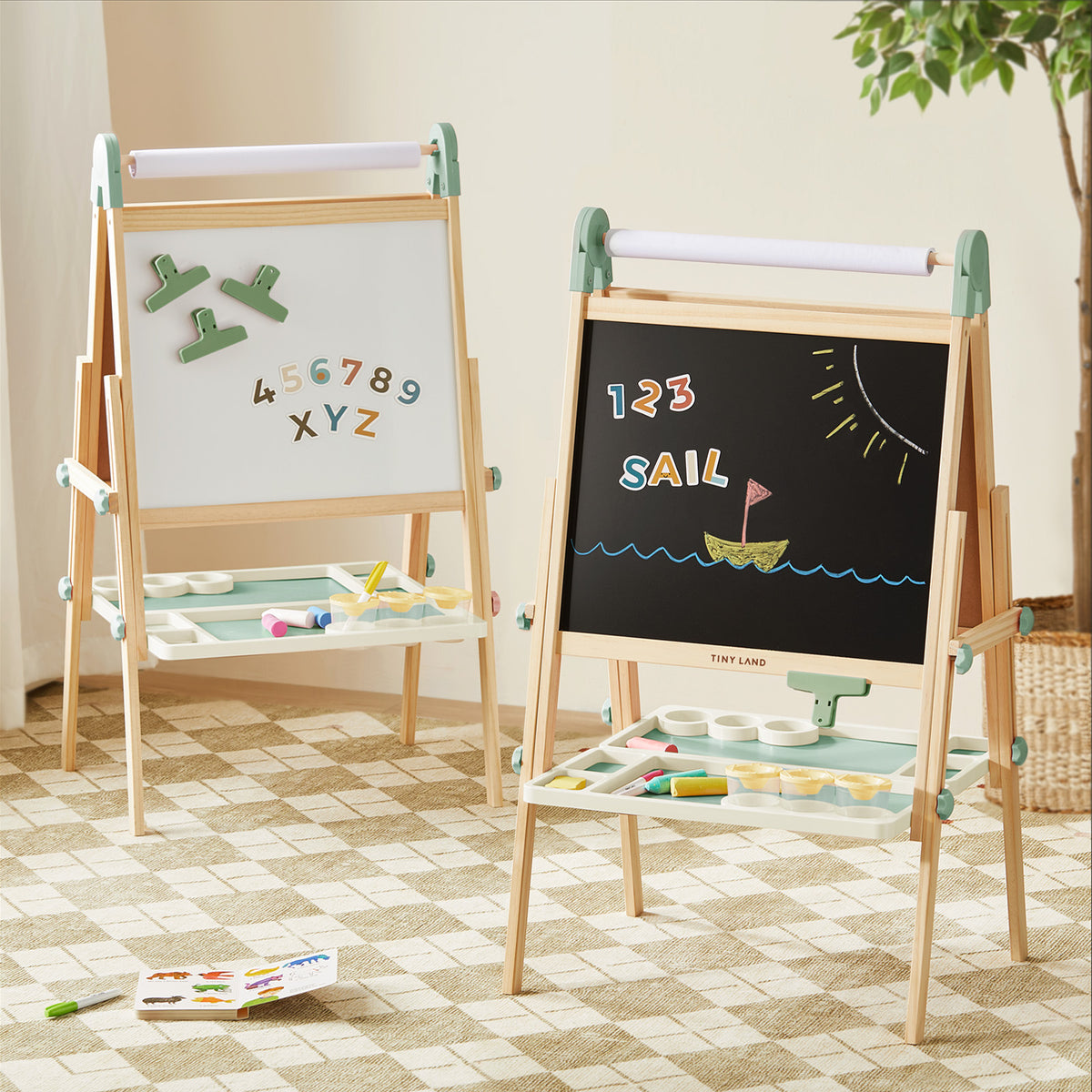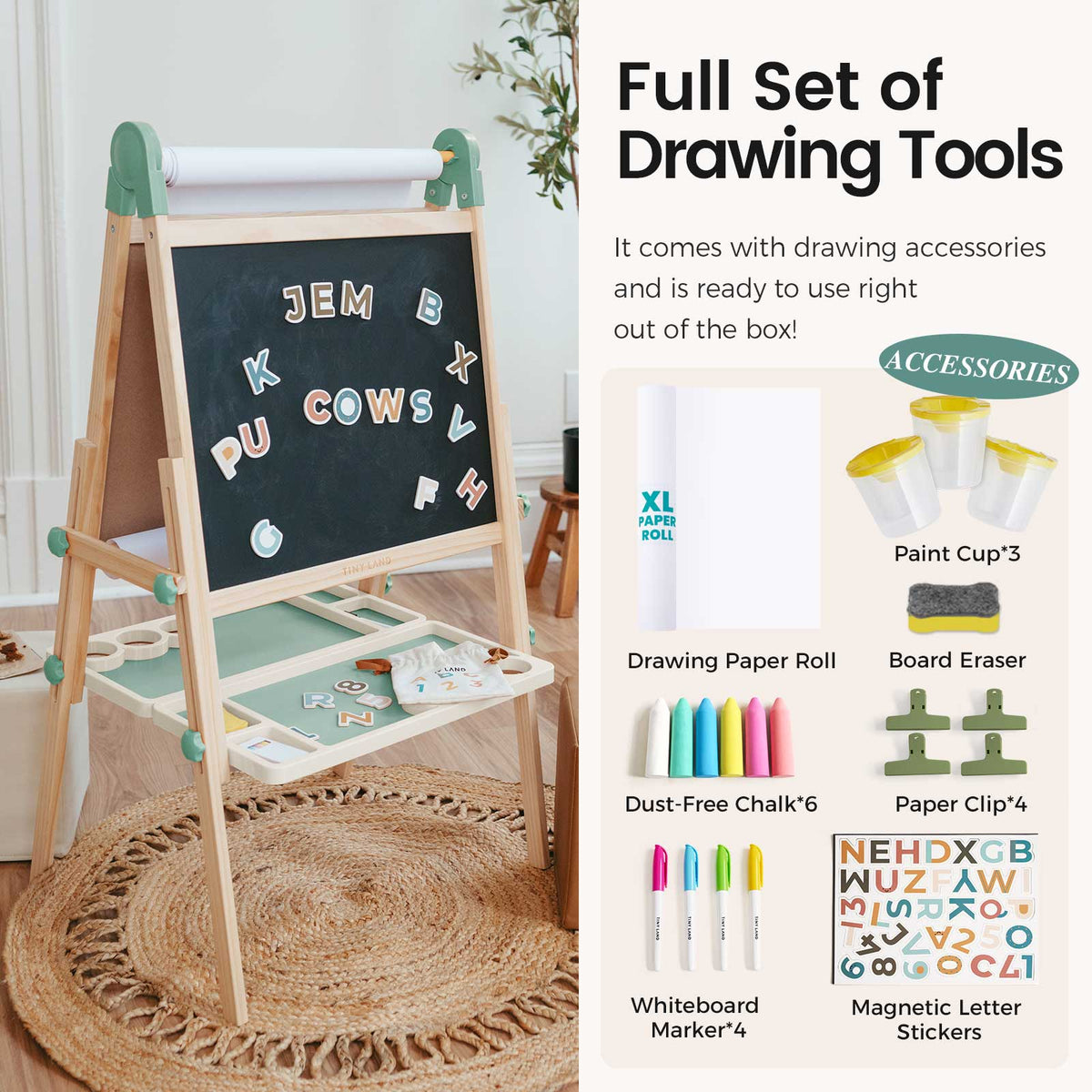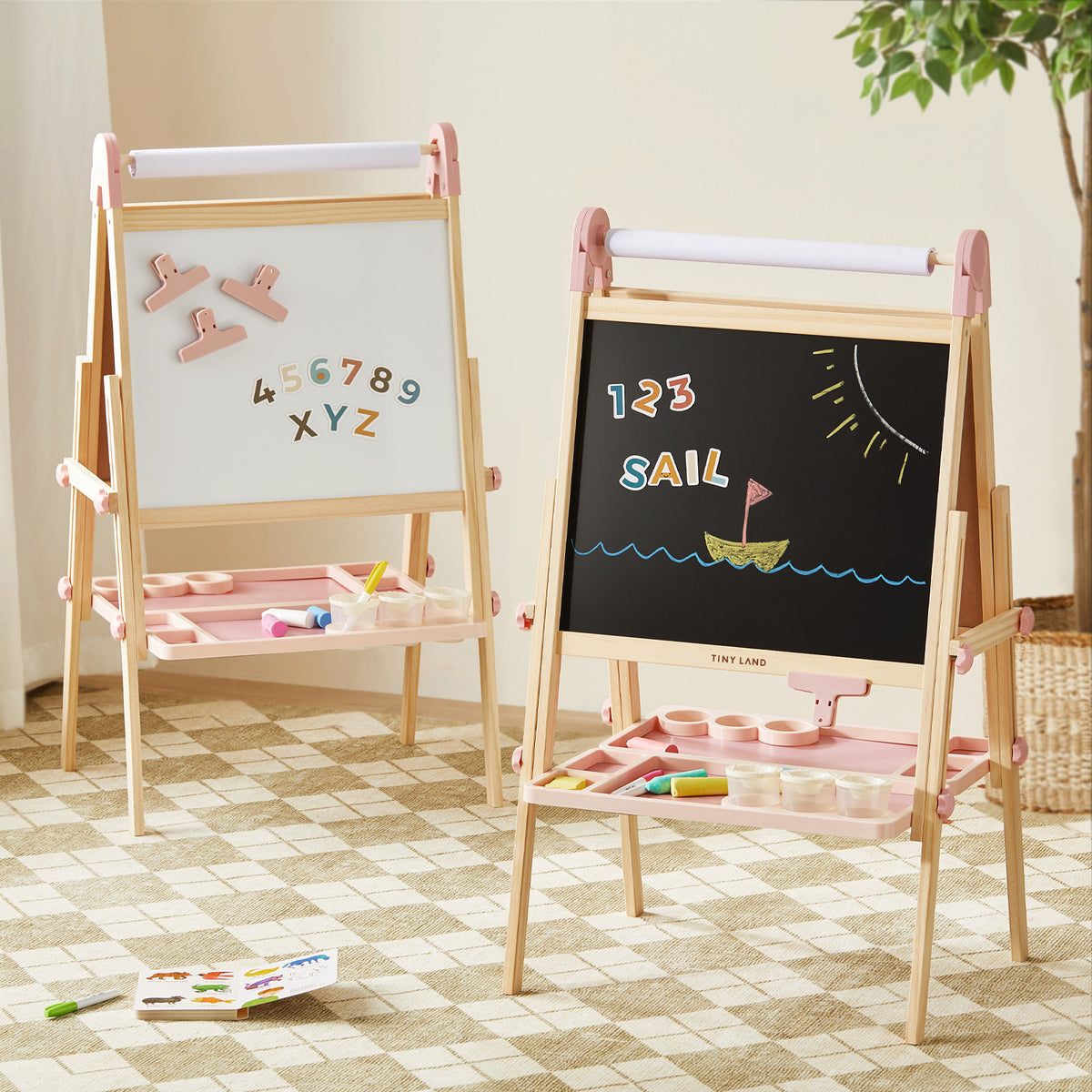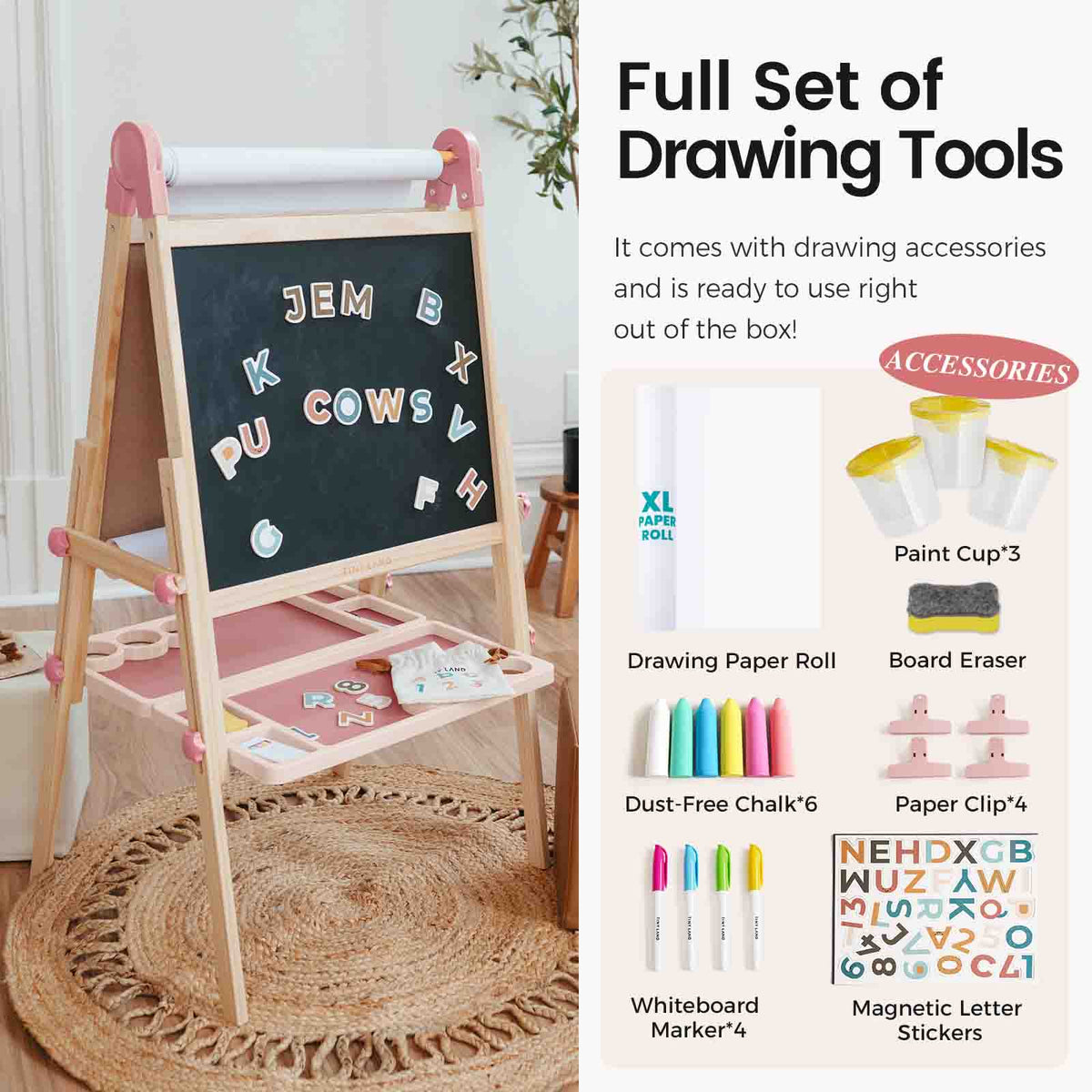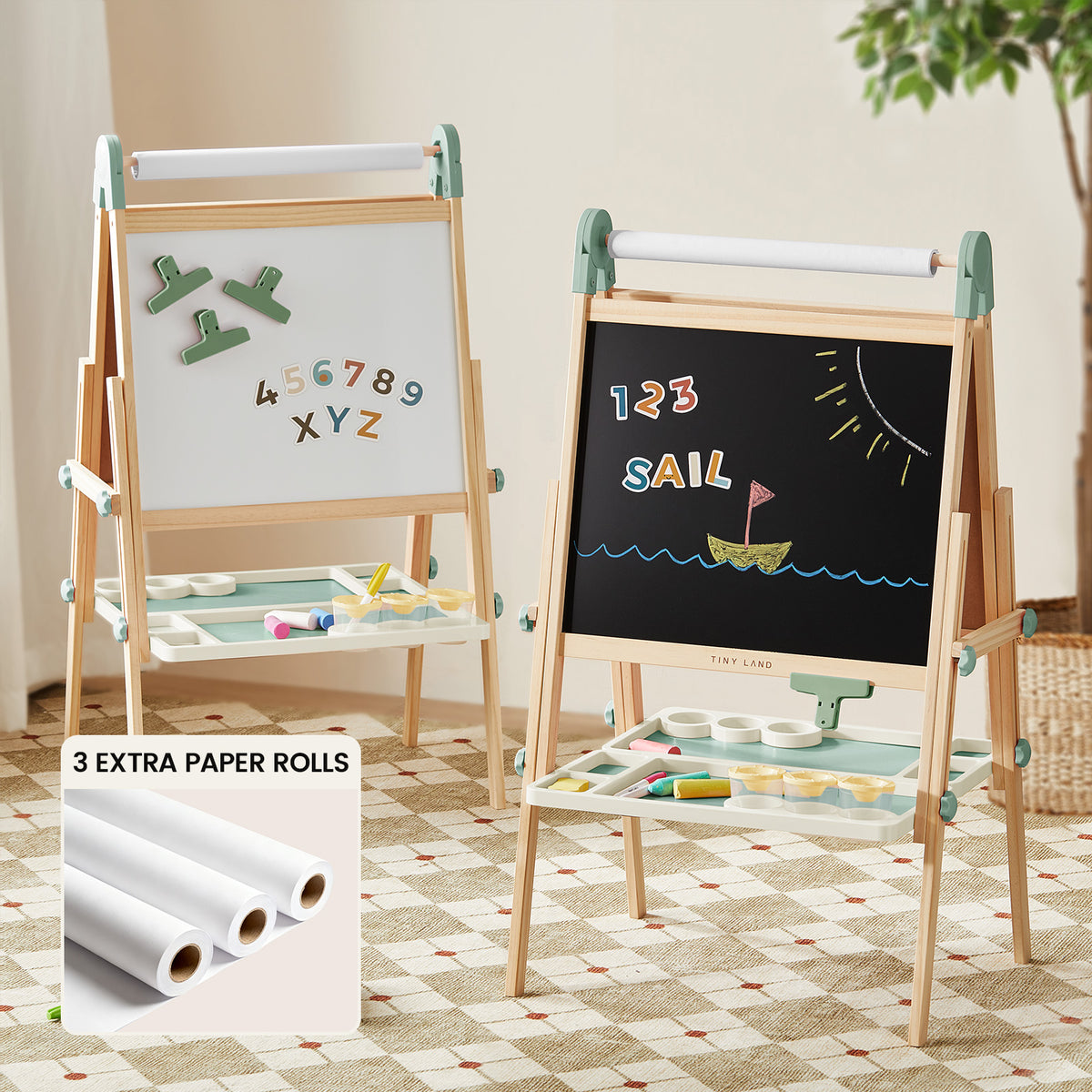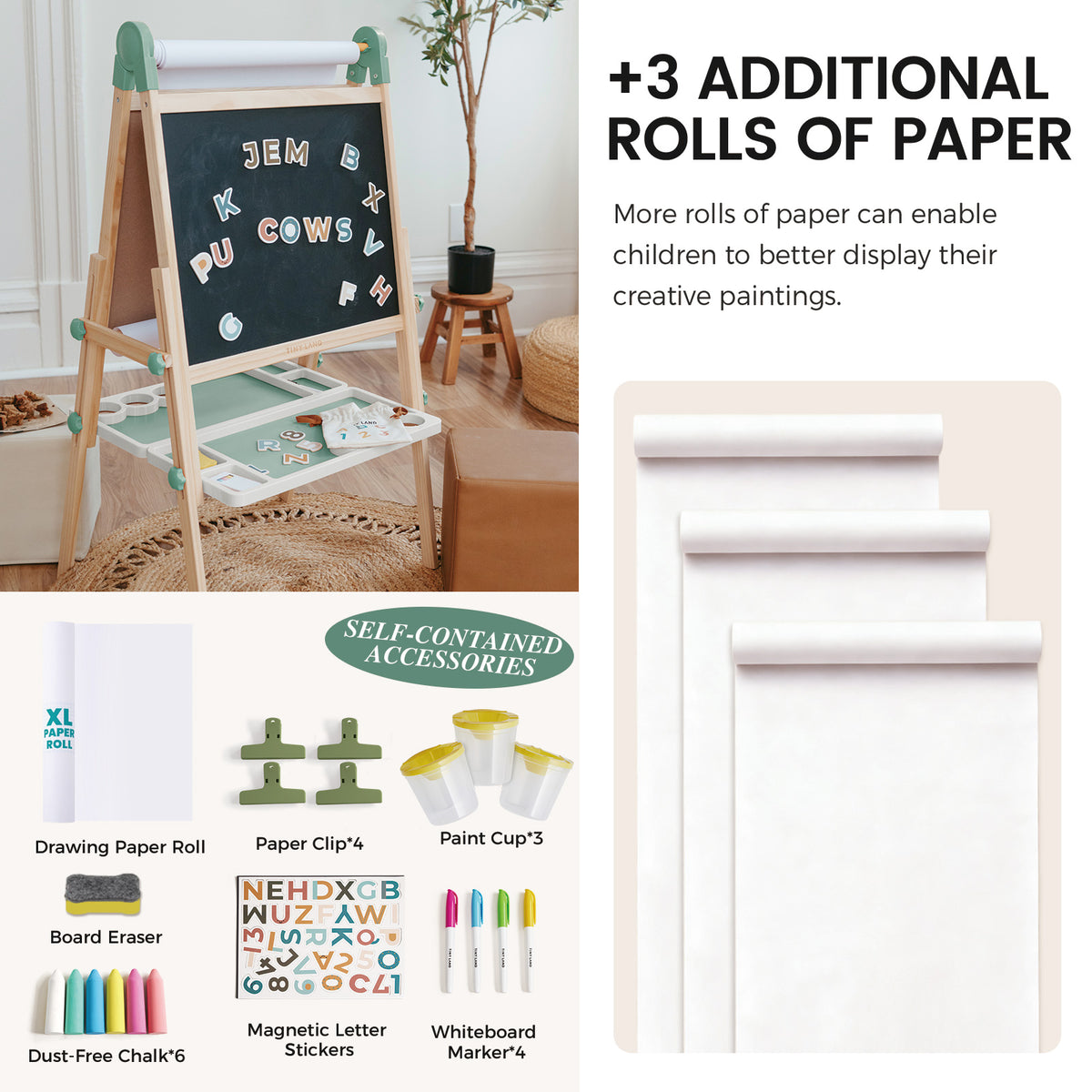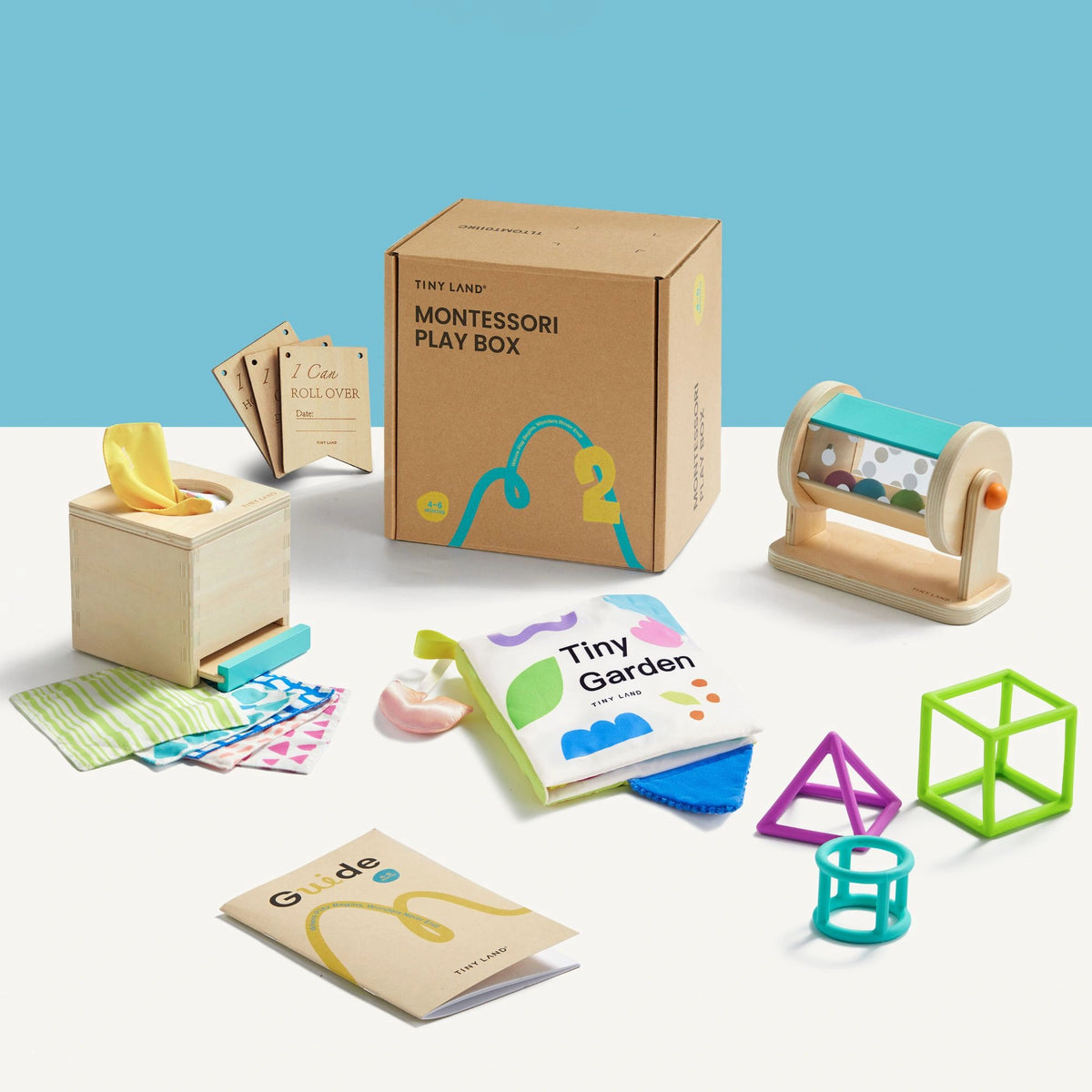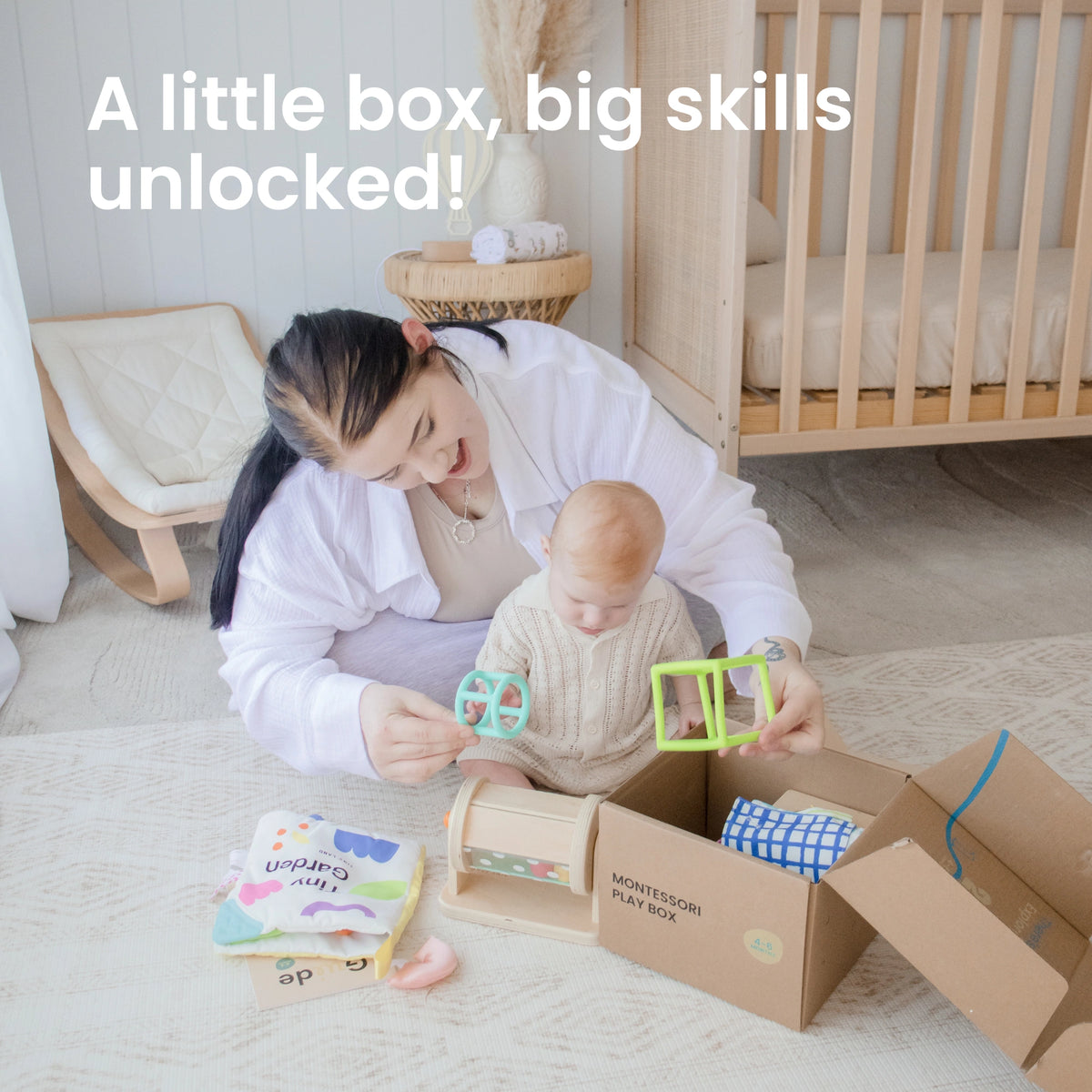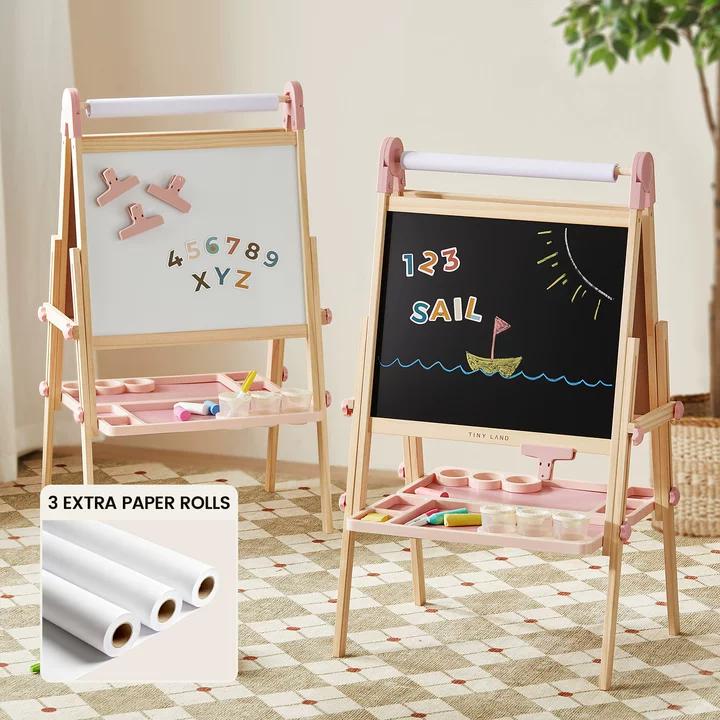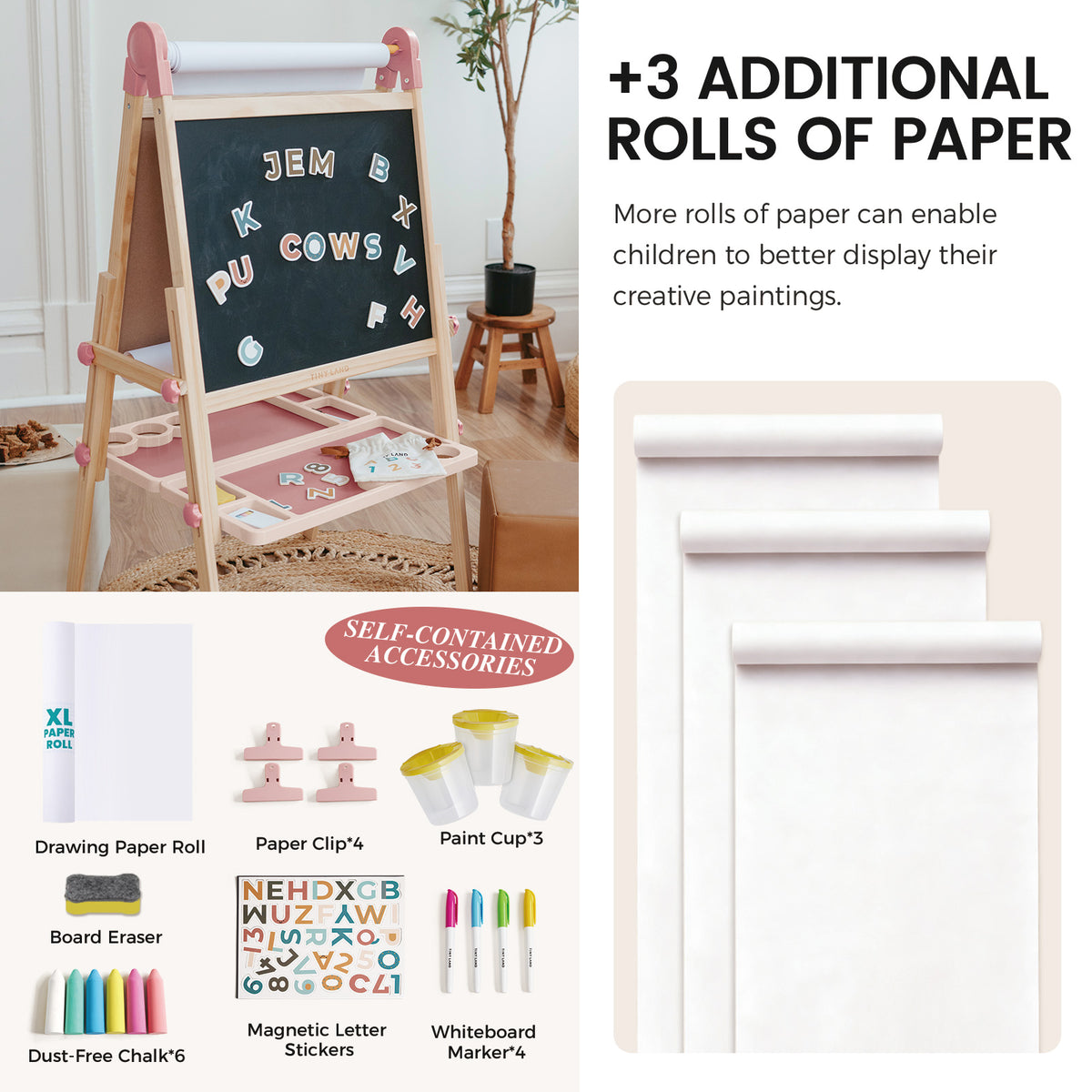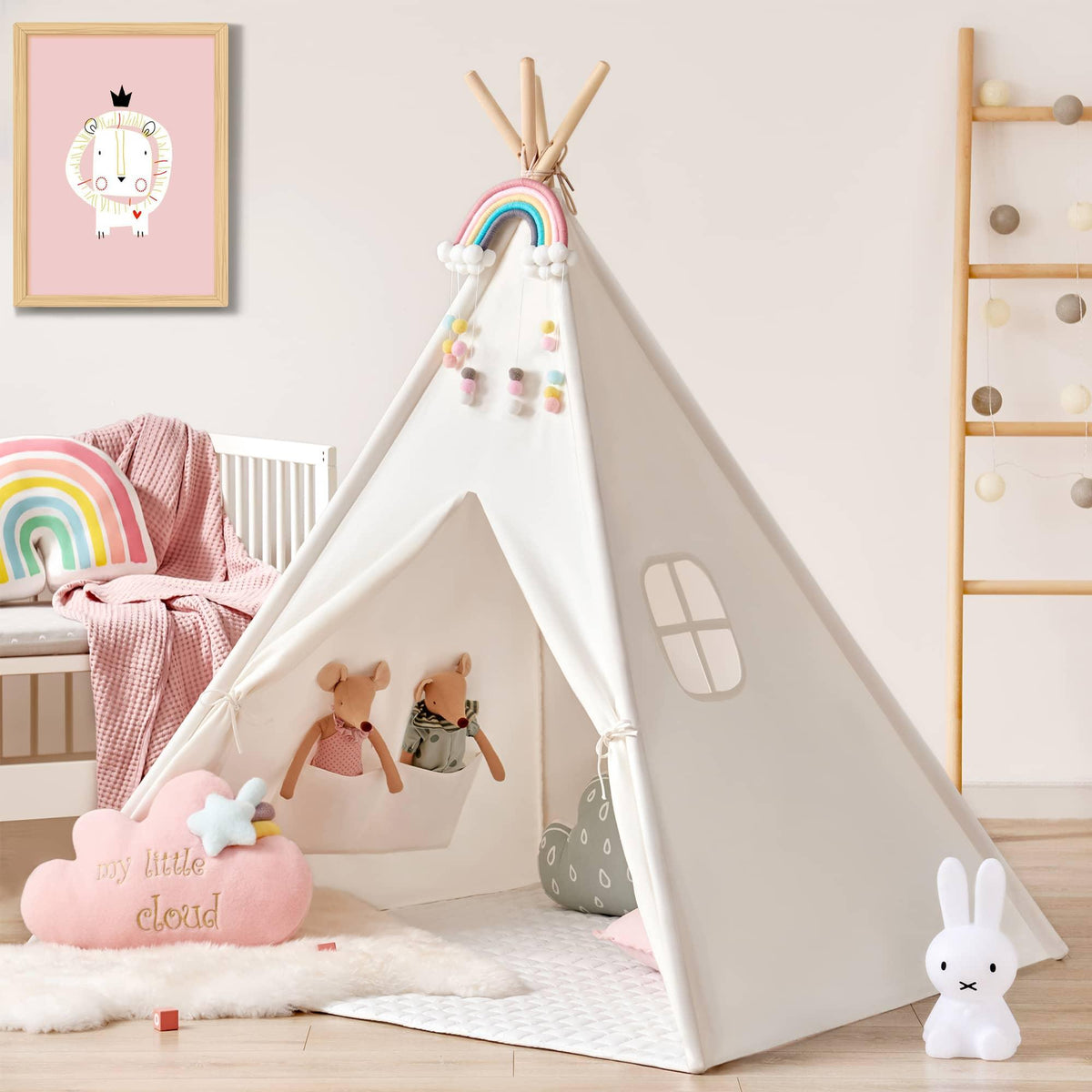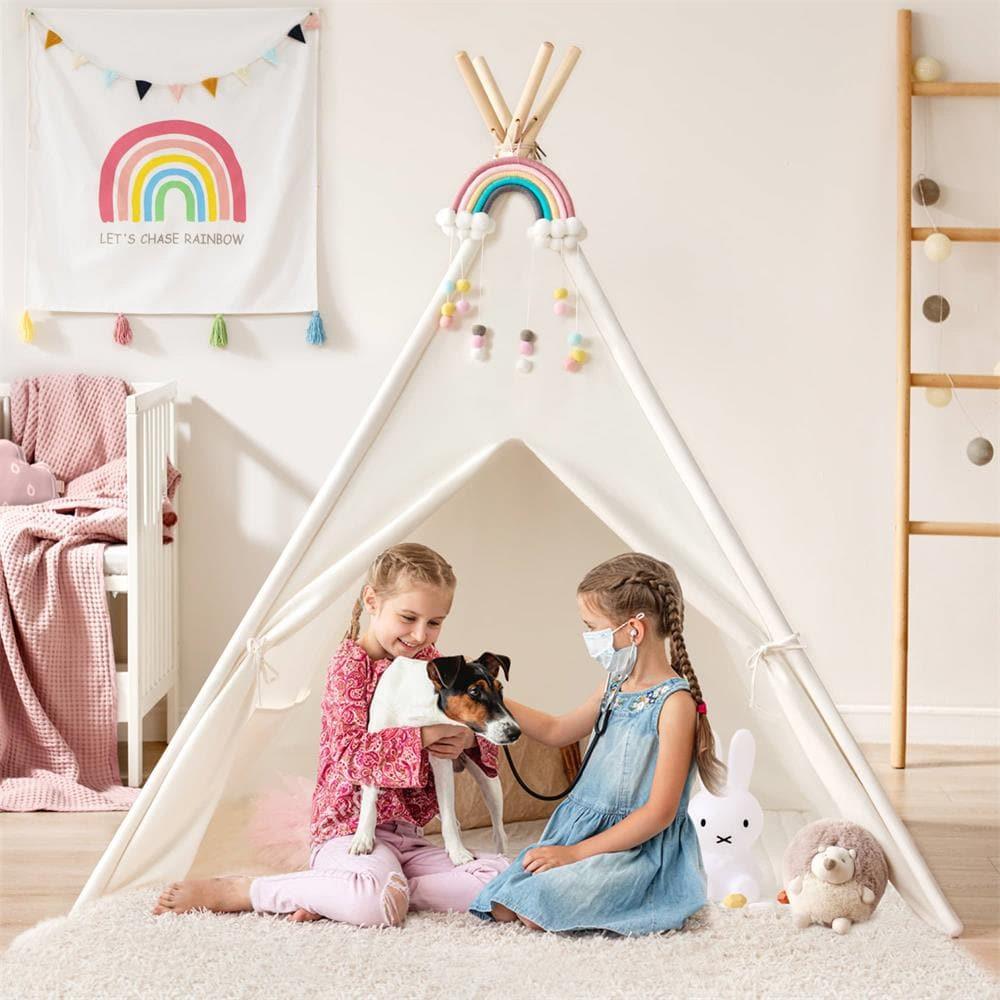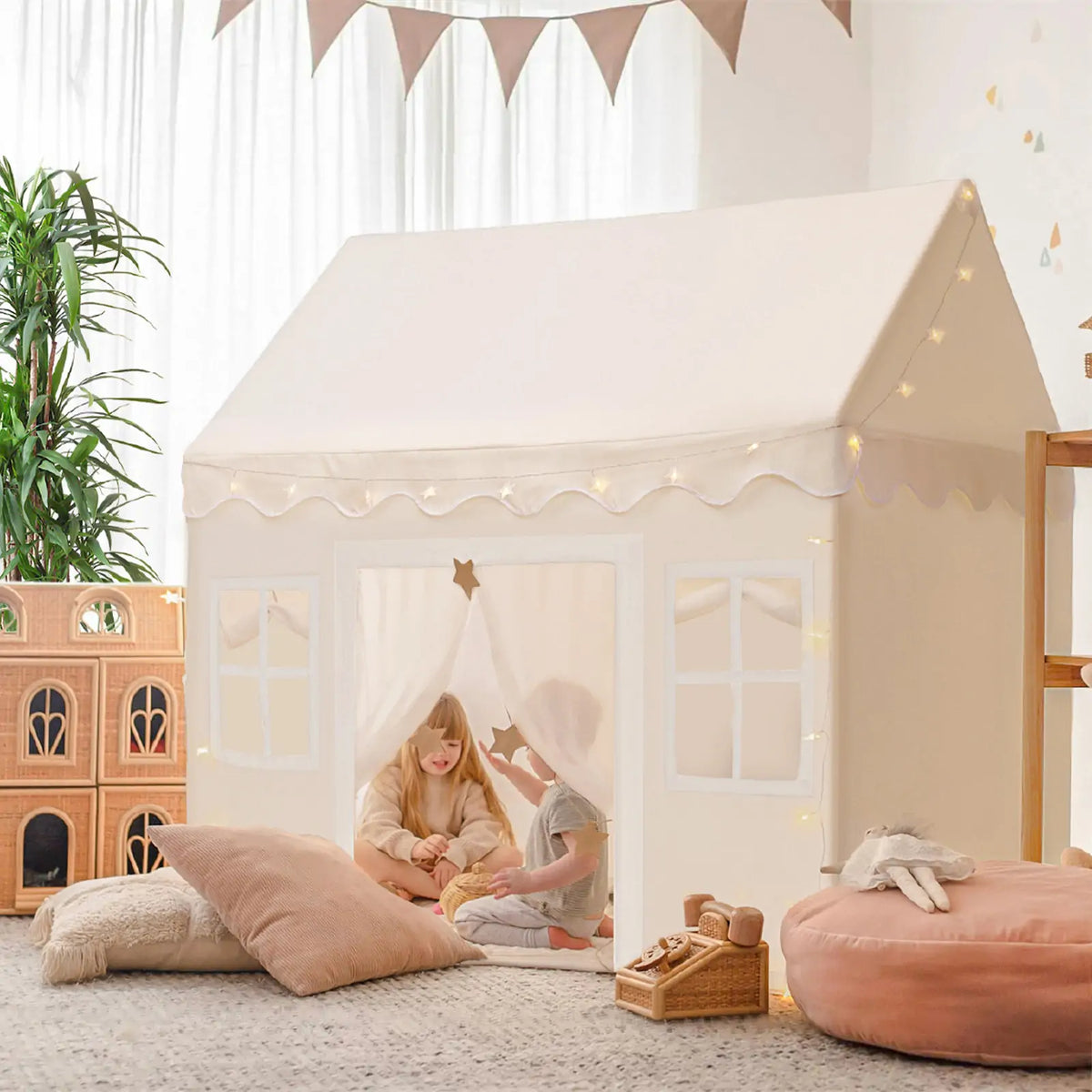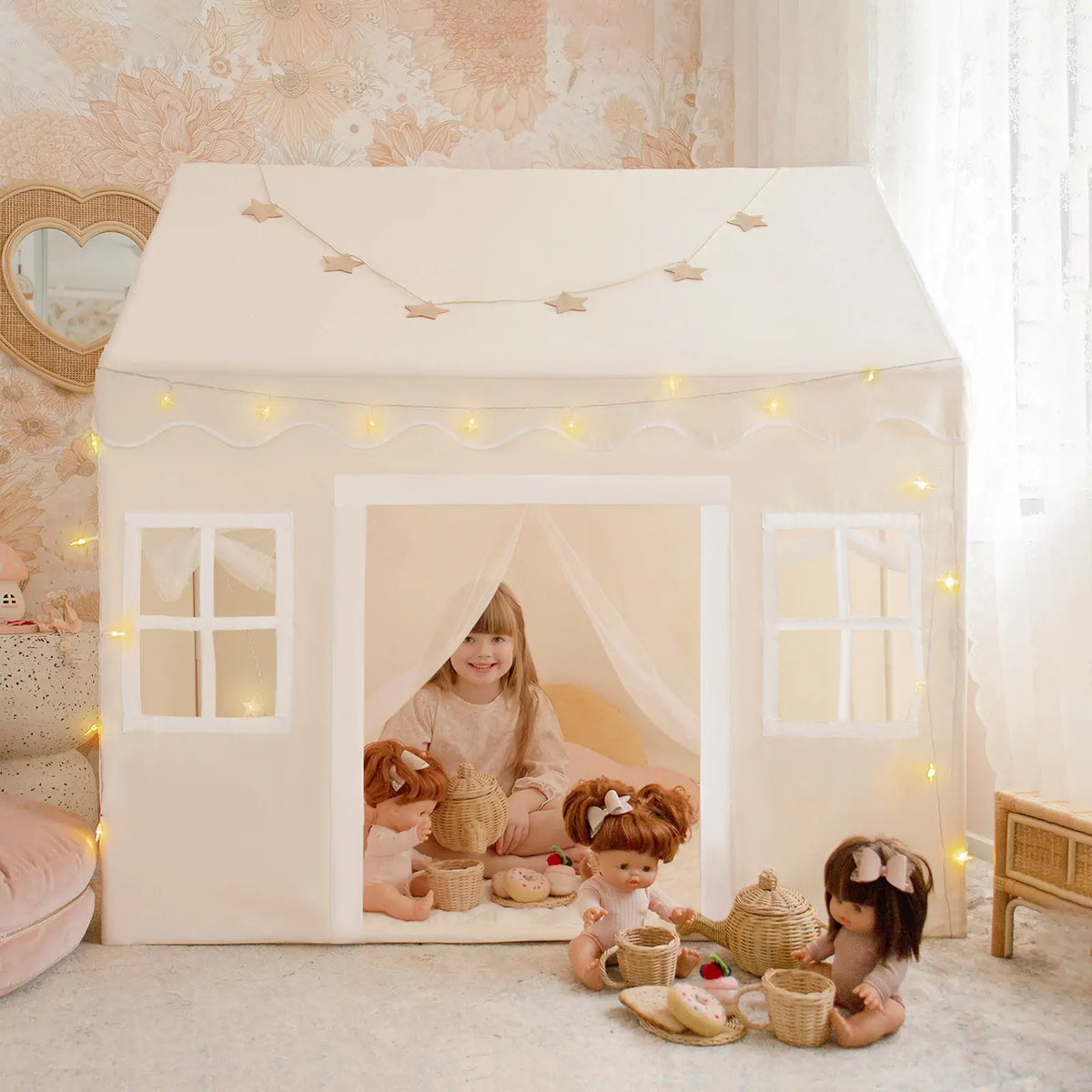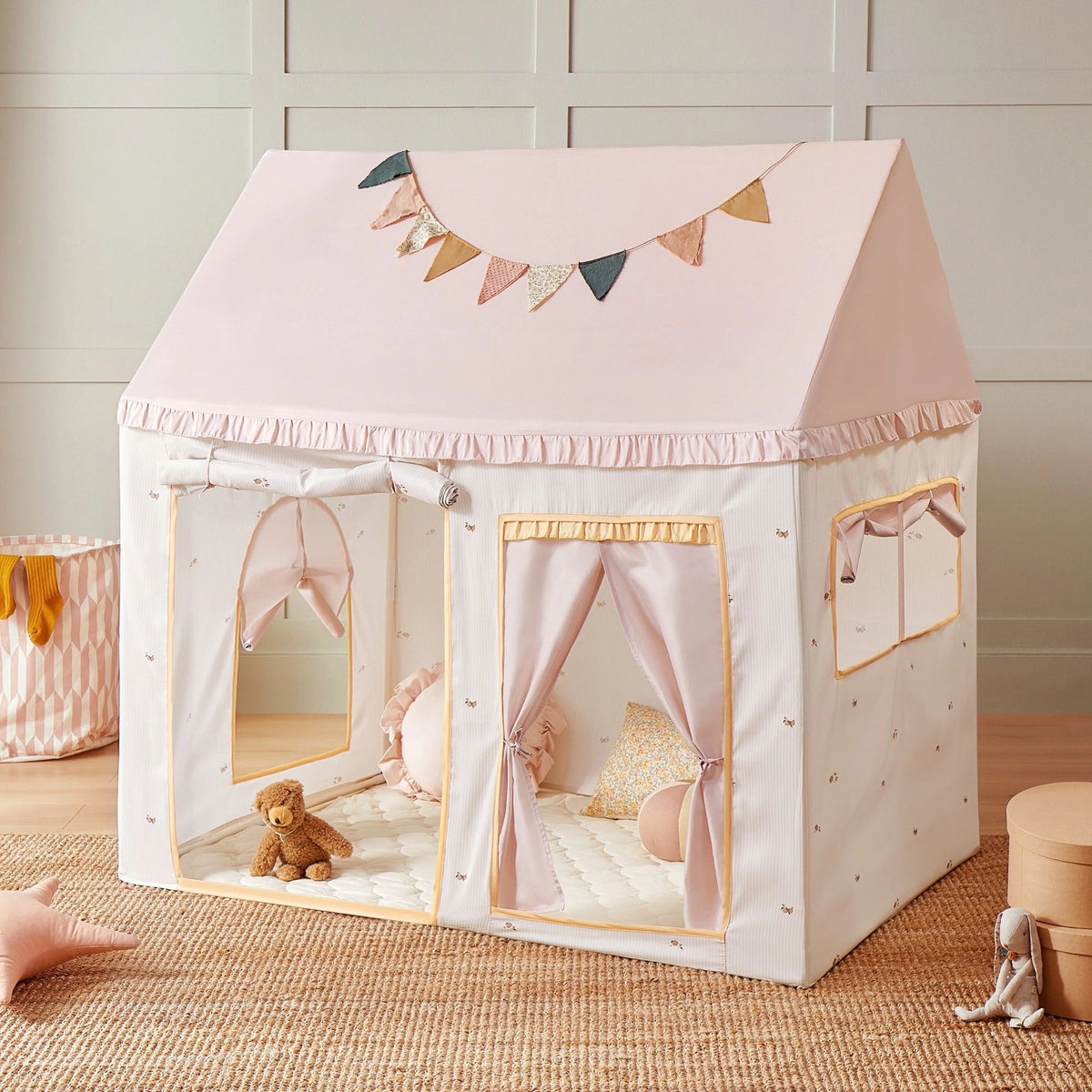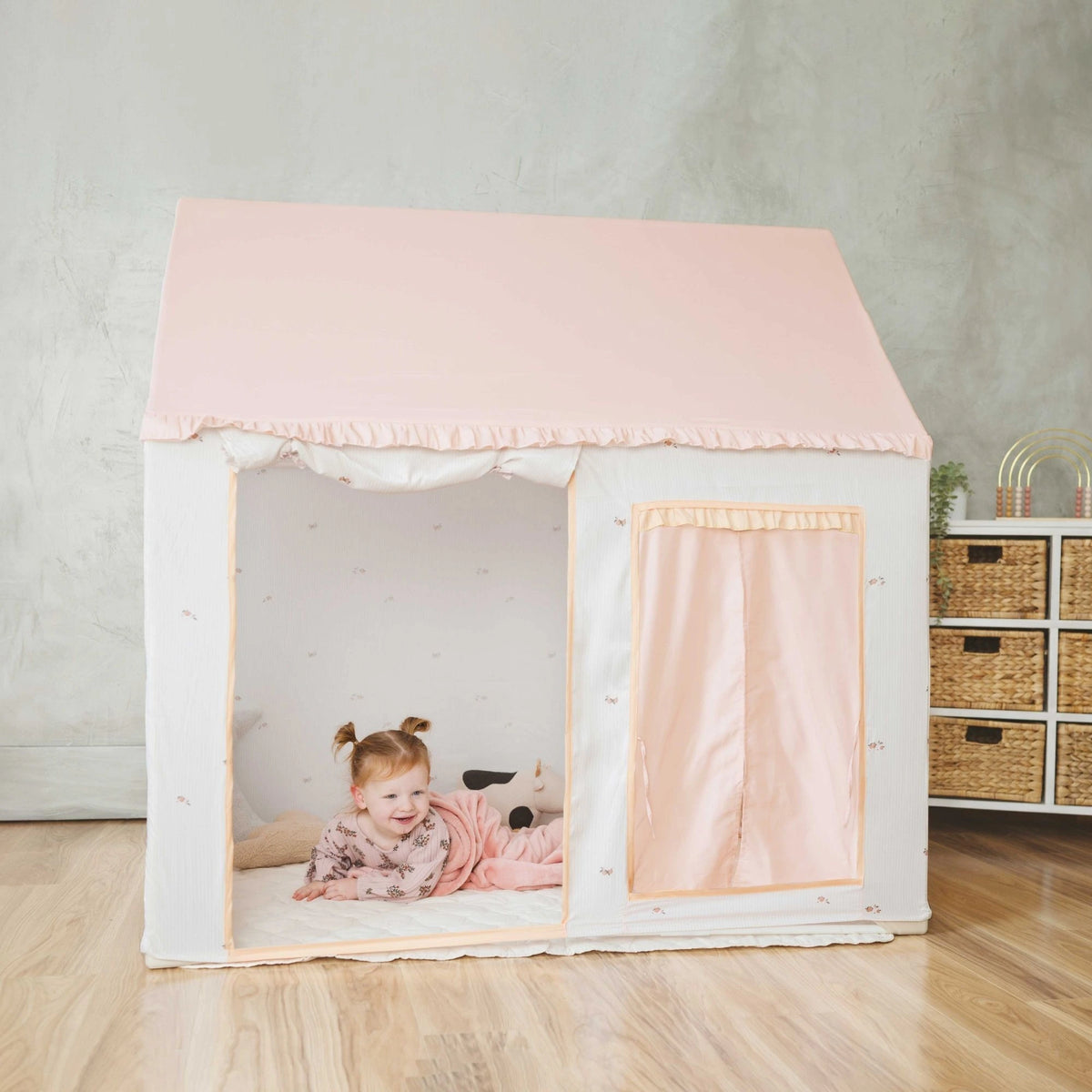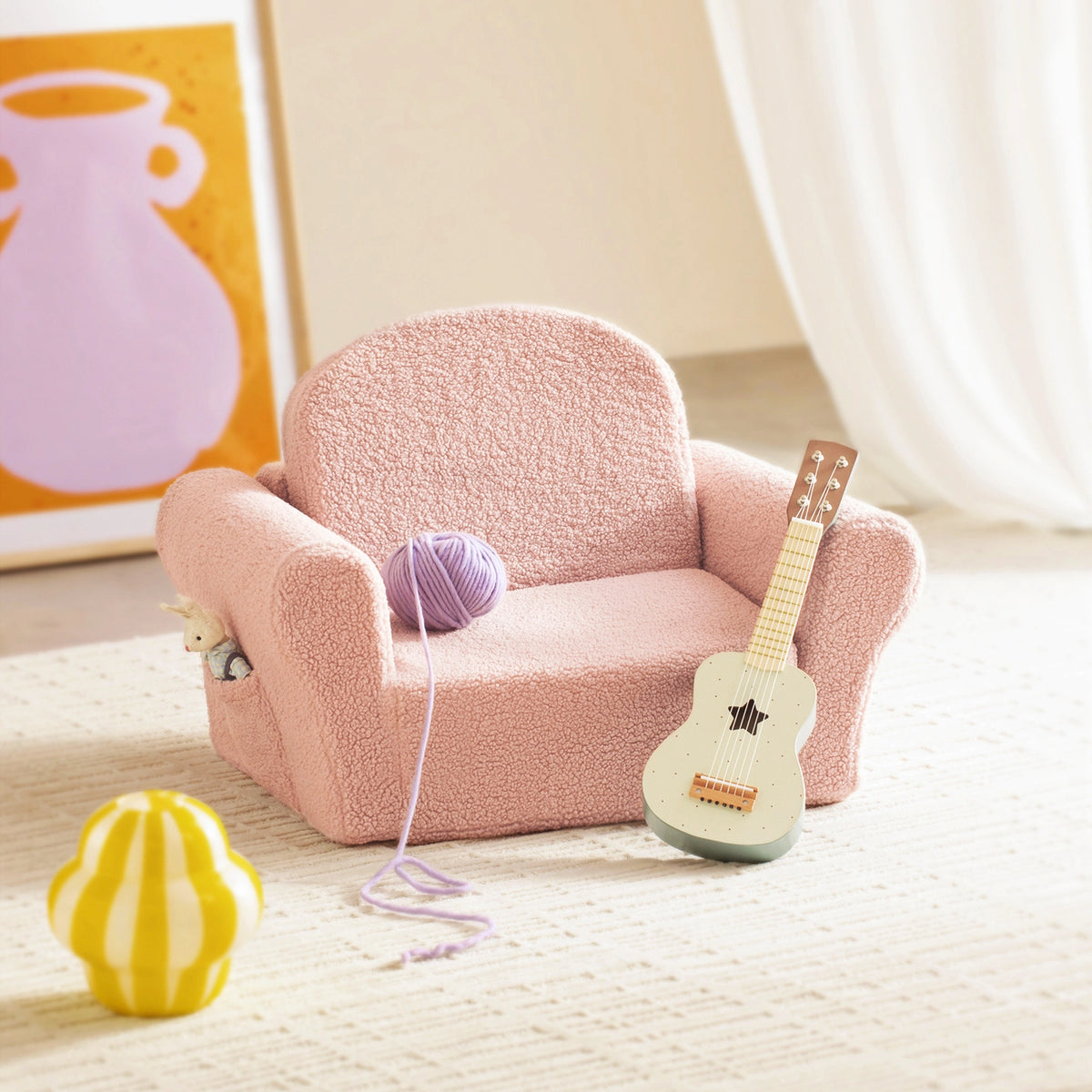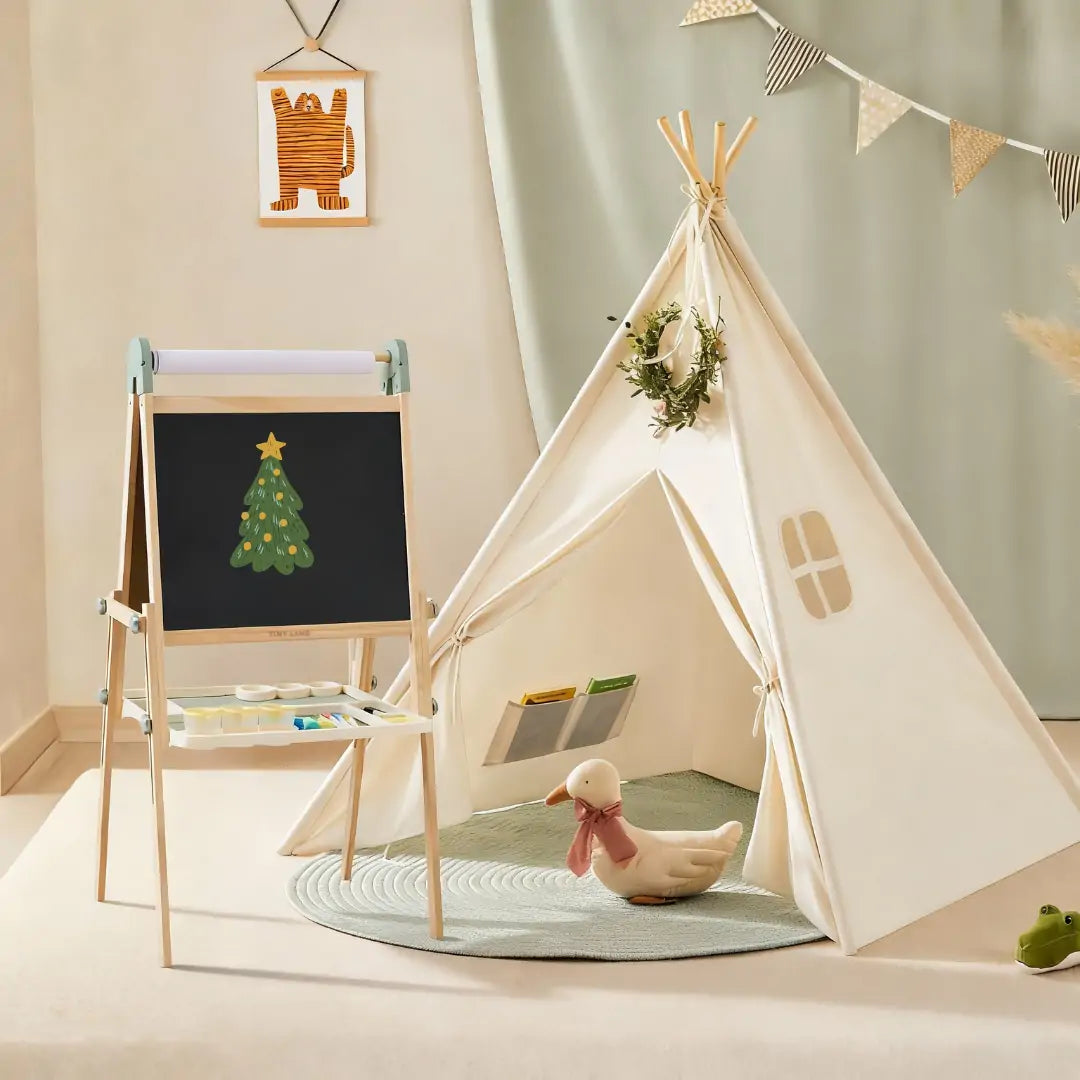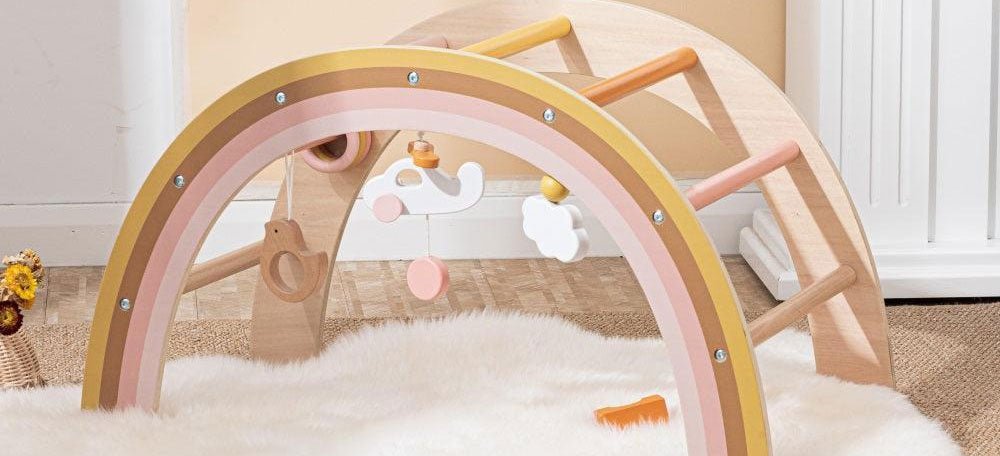In this guide, I'll walk you through the simple steps to create a fantastic pretend kitchen that will spark endless imaginative play for your little ones. Get ready to roll up your sleeves and embark on a fun DIY journey. First, gather materials like cardboard boxes, paint, and utensils. Next, cut and assemble the cardboard into a stove, oven, and shelves. Time for a splash of color – paint the pieces in vibrant shades. Attach knobs and hooks for a realistic touch. Don't forget to add a curtain for the oven window! Assemble all the parts, and voila – your homemade play kitchen set is ready to delight and entertain!
Play kitchen set: What is it?
A wooden play kitchen set is a delightful toy designed for children to mimic cooking activities. It's like a mini kitchen for kids! This set usually includes miniature versions of kitchen appliances like stoves, ovens, and sinks. It's fantastic for imaginative play and developing social skills. Children can pretend to cook, bake, and wash dishes, fostering creativity and role-playing.
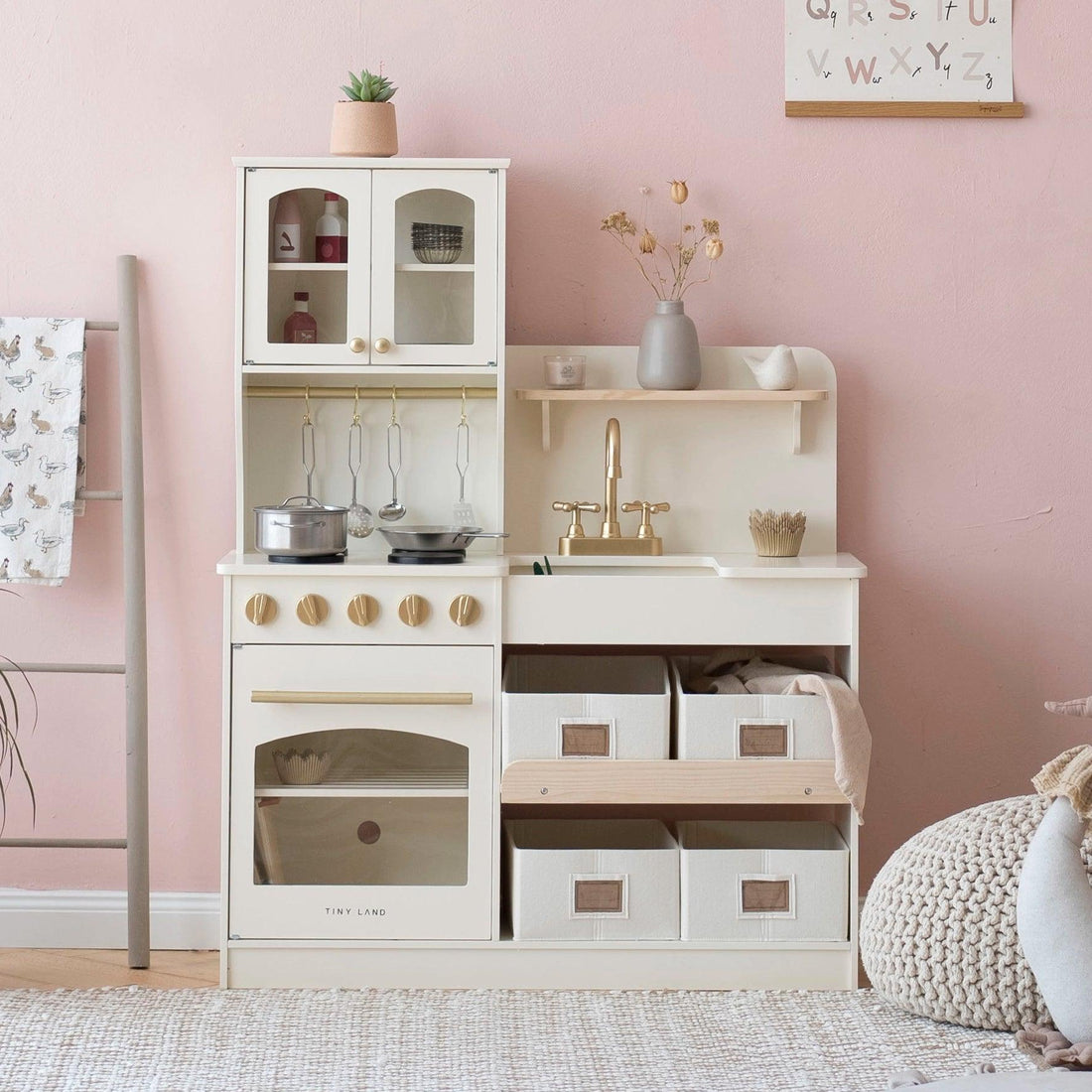
Why play kitchen set are important?
Play kitchen sets hold significant importance in a child's development for several reasons:
Imaginative Play:
Play kitchen sets provide an open canvas for children's imagination. As they pretend to cook and serve meals, they create their scenarios, stories, and characters. This creative play allows them to experiment with different roles, settings, and outcomes, fostering their imaginative thinking.
Life Skills:
Through playing kitchen sets, kids gain familiarity with basic cooking concepts like chopping, stirring, and mixing. While simulating these activities, they establish the groundwork for actual cooking skills. Children can mimic actions they see adults perform, preparing them for future experiences in the kitchen.
Social Interaction:
Play kitchen often becomes a collaborative space. Kids work together to prepare meals, assign roles, and serve each other. This cooperative play nurtures social skills such as sharing, taking turns, and communicating effectively with peers. They learn the value of teamwork and compromise.
Problem-Solving:
When engaging in pretend cooking, children naturally encounter problems to solve. They might need to figure out how to follow a "recipe," organize tasks efficiently, and troubleshoot any challenges that arise during their culinary adventures. This process enhances their critical thinking and problem-solving abilities.
Fine Motor Skills:
Handling small utensils, arranging play food on plates, and maneuvering buttons on appliances require precise hand movements. These activities promote the development of fine motor skills, which are crucial for tasks like writing, drawing, and other intricate tasks.
Vocabulary Growth:
Play kitchens introduce children to a variety of new words related to cooking, food items, and kitchen tools. As they engage in cooking play, they naturally pick up vocabulary that expands their language skills and enriches their vocabulary.
Empathy Building:
Pretend cooking involves collaboration and shared responsibilities. Kids learn to consider others' perspectives, understand their peers' feelings, and negotiate roles to ensure everyone's enjoyment. This promotes empathy, emotional intelligence, and the ability to work harmoniously with others.
Cognitive Development:
Following simple "recipes," counting ingredients, and determining cooking times involve cognitive processes. Kids exercise their memory, attention to detail, and basic math skills. This cognitive engagement contributes to their overall intellectual growth.
Gender-Neutral Fun:
Play kitchens break away from traditional gender roles, allowing all children to engage in cooking play regardless of their gender. This promotes inclusivity and lets kids explore their interests without limitations.
Cultural Exposure:
Play kitchen sets often include play food from different cuisines. Exploring and "cooking" these diverse dishes exposes children to various cultures and helps them develop an appreciation for global diversity.
Parent-Child Bonding:
Parents can join in the play, participating as "customers," "chefs," or even fellow "cooks." This shared activity strengthens the parent-child bond as they engage in imaginative role-play together.
Confidence Boost:
Successfully "cooking" a play meal, even in a pretend setting, boosts children's self-esteem. Accomplishing tasks and creating something, even if it's imaginary, contributes to their sense of achievement.
Safe Exploration:
Play kitchens allow kids to mimic grown-up behaviors like using utensils and appliances. This safe exploration helps them become familiar with these items, promoting a sense of comfort and confidence when they encounter real kitchen tools later on.
Language Skills:
As kids describe their cooking actions, explain their "recipes," and engage in pretend conversations during play, they enhance their language development. This verbal interaction supports their ability to express themselves and communicate effectively.
Time Management:
Simulating cooking times and routines in play encourages children to understand the concept of time passing. This rudimentary sense of time management can be valuable as they grow older and face more structured schedules.
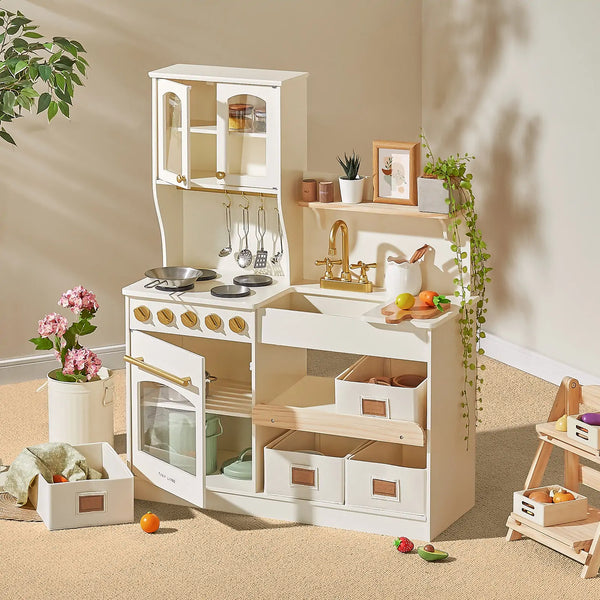
How to make play kitchen set?
If you have the pet materials you can do morandi sticky tab. and also creating a play kitchen set can be a fun and rewarding DIY project. Here's how:
Choose a Space: Pick a corner or area in your home for the play kitchen setup.
Materials Gathering: Collect cardboard boxes, wooden planks, and old furniture pieces as the base.
Imaginative Design: Decide on the layout and appearance. You can mimic a real kitchen or get creative.
Building the Structure: Assemble the cardboard boxes or wooden planks to create the main structure.
Paint and Decorate: Paint the structure with child-safe paint and add stickers or faux tiles for a playful look.
Countertop and Sink: Attach a piece of wood or cardboard for the countertop and create a "sink" area.
Appliance Cutouts: Draw and cut out shapes for stove burners, oven doors, and microwave windows.
Attach "Appliances": Use smaller boxes to make stovetop and oven compartments. Attach these to the structure.
Knobs and Handles: Attach buttons, bottle caps, or beads as knobs and handles for appliances.
Utensils and Cookware: Gather toy pots, pans, and utensils, or craft them from cardboard and aluminum foil.
Play Food: Create play food using felt, fabric, or foam, shaping them like fruits, vegetables, and dishes.
Shelving and Storage: Add shelves or hooks to store play food, utensils, and pots neatly.
Curtains or Valance: Attach fabric curtains or a valance to make the play kitchen feel cozy.
Personal Touches: Add a chalkboard for a menu, hooks for aprons, and a clock for extra realism.
Child-Sized Accessories: Place child-sized plates, cups, and utensils for a more immersive experience.
Lighting: Hang battery-operated lights above or around the play kitchen for added charm.
Flooring: Use foam tiles or a colorful rug to define the kitchen area.
Child's Input: Involve your child in the process, allowing them to make decisions and decorate.
Safety Check: Ensure you smooth all edges, round corners, and eliminate any sharp parts.
Unveil and Play: Once complete, unveil the play kitchen set and let your child's creativity flourish.
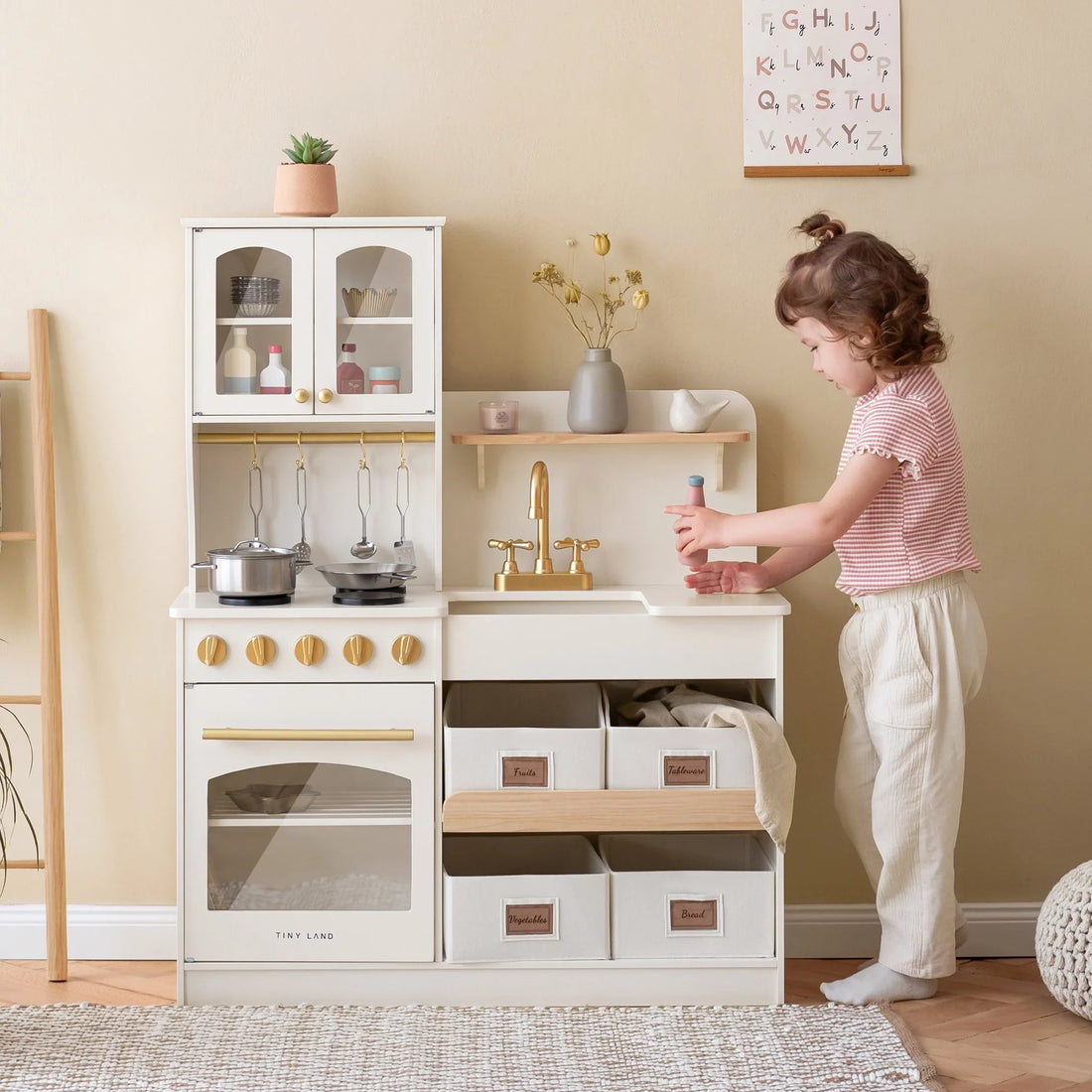
FAQs
What age is suitable for a play kitchen set?
Play kitchen sets are ideal for toddlers and preschoolers, usually ages 2 to 6.
How do play kitchens benefit my child's development?
Play kitchens foster imagination, social skills, motor development, and basic culinary understanding.
Can I make my own play kitchen set?
Yes! You can create one using cardboard, wood, paint, and playful accessories.
What safety considerations should I keep in mind?
Ensure rounded edges, non-toxic paint, and child-friendly materials to ensure safety during play.
How can I encourage diverse play with the kitchen set?
Offer a variety of play food from different cultures, helping children explore and learn diversity.


